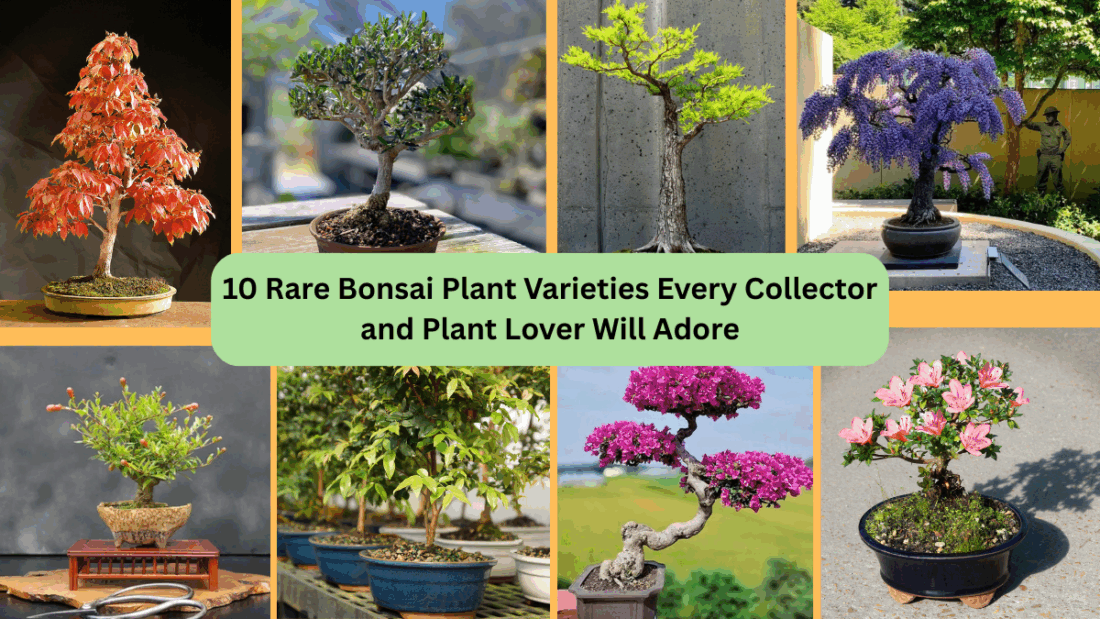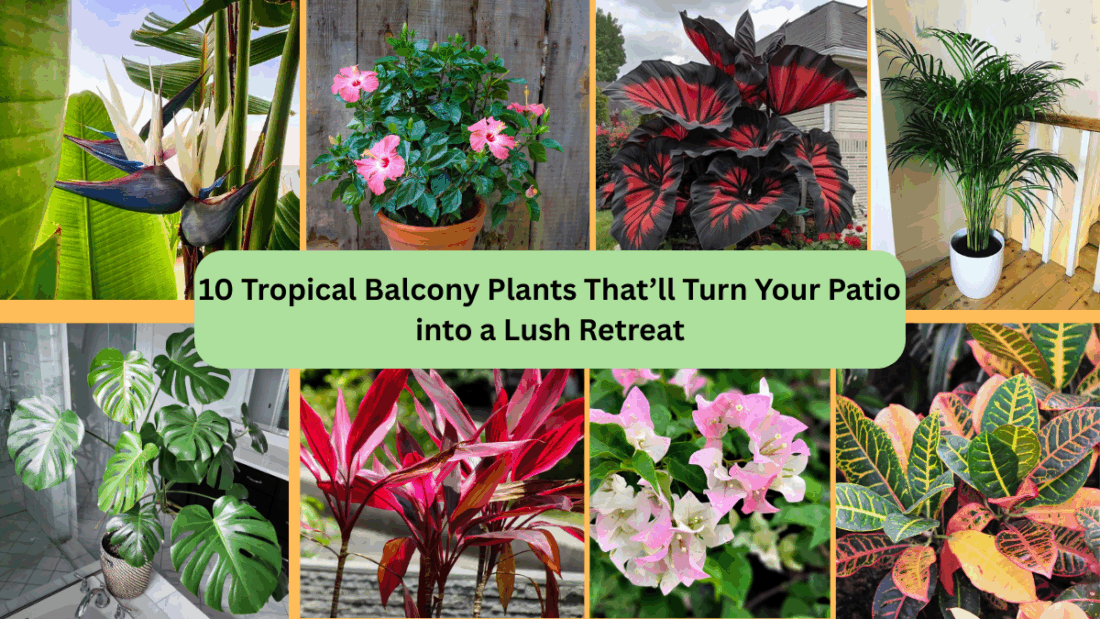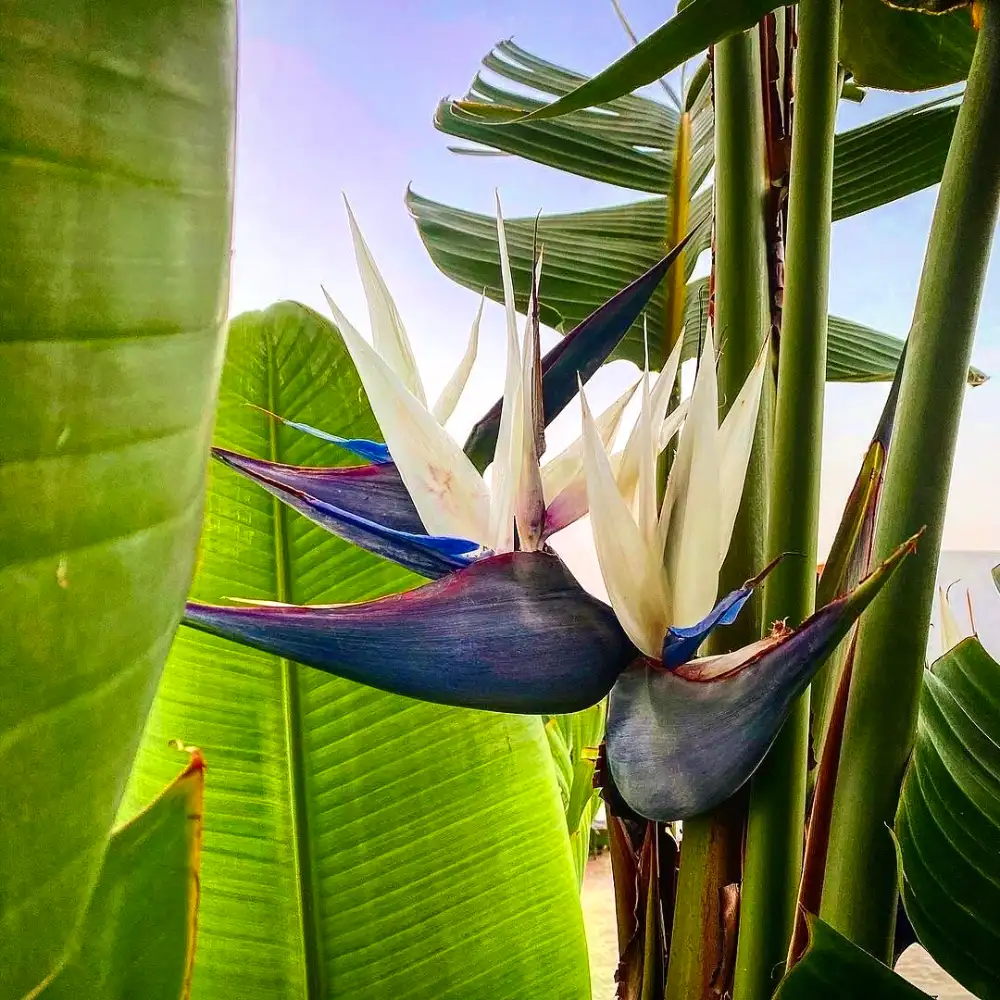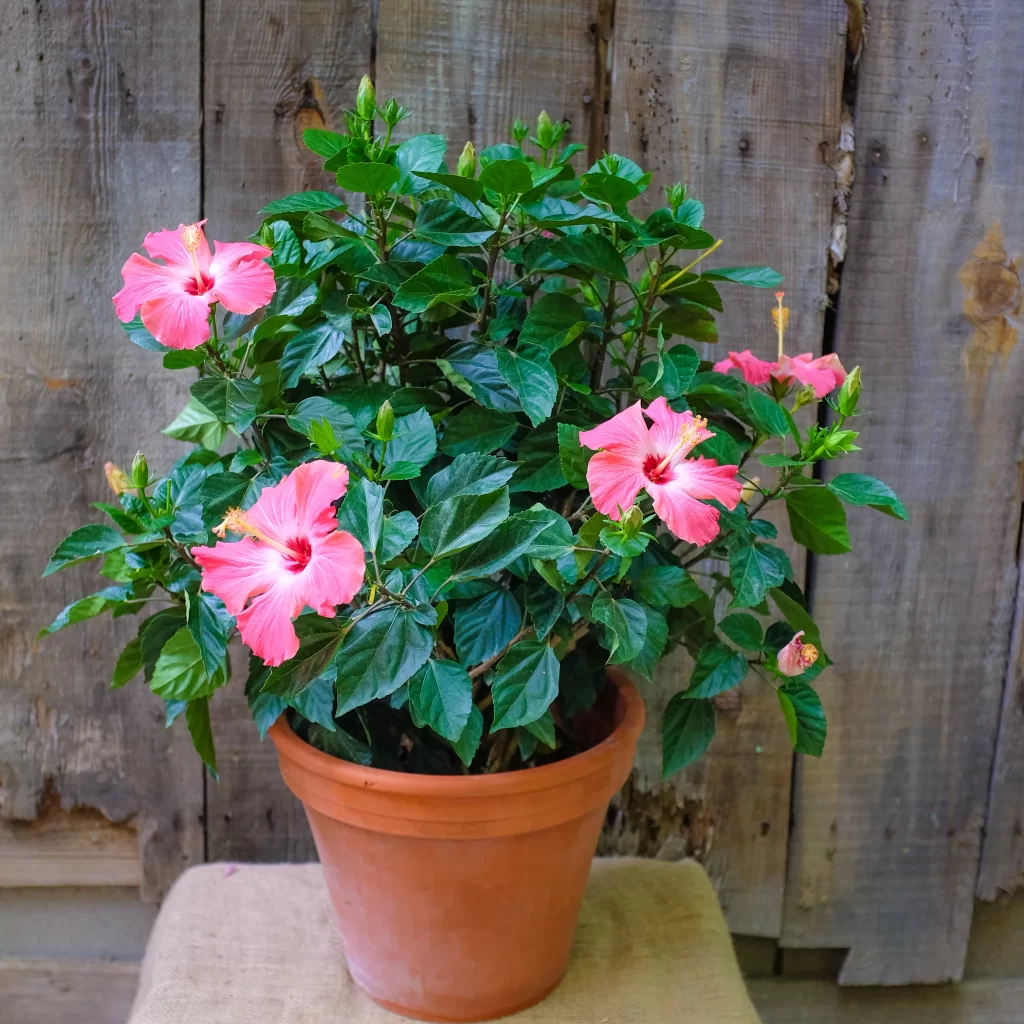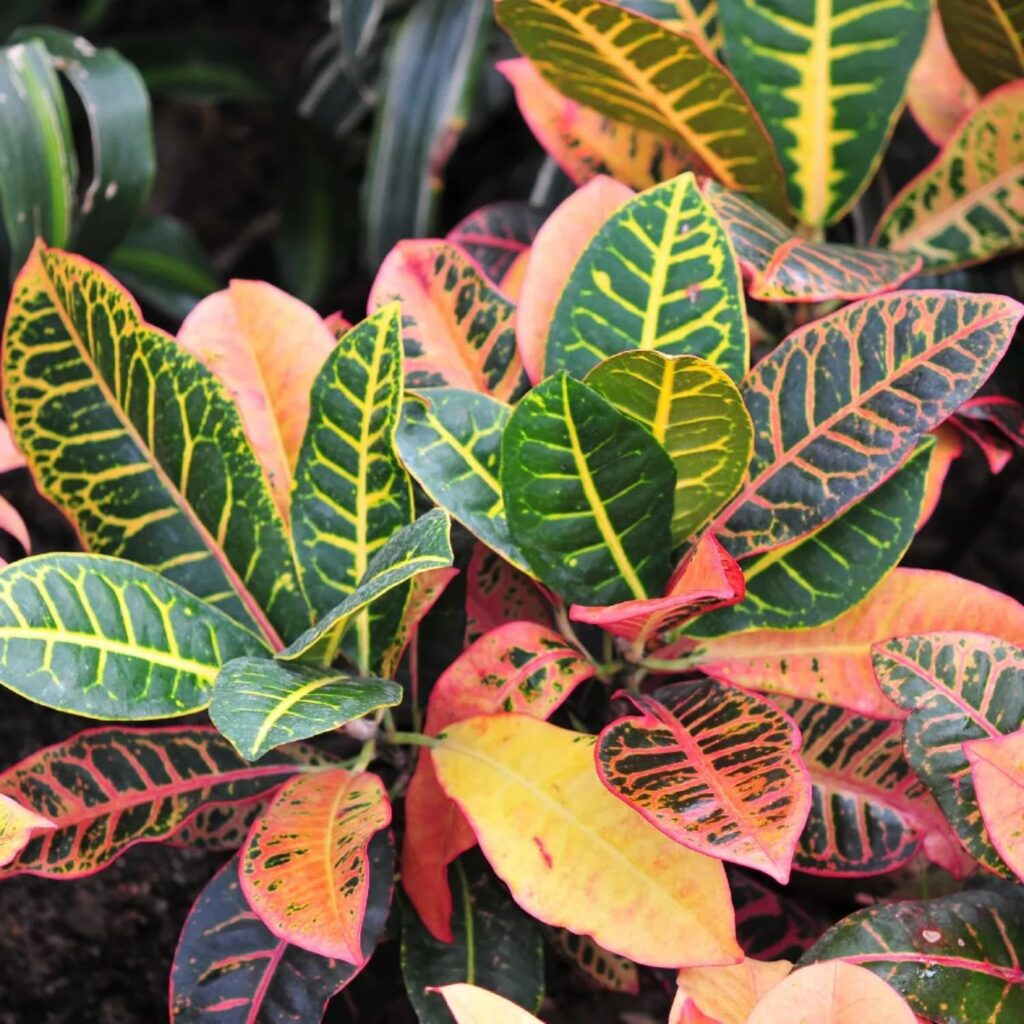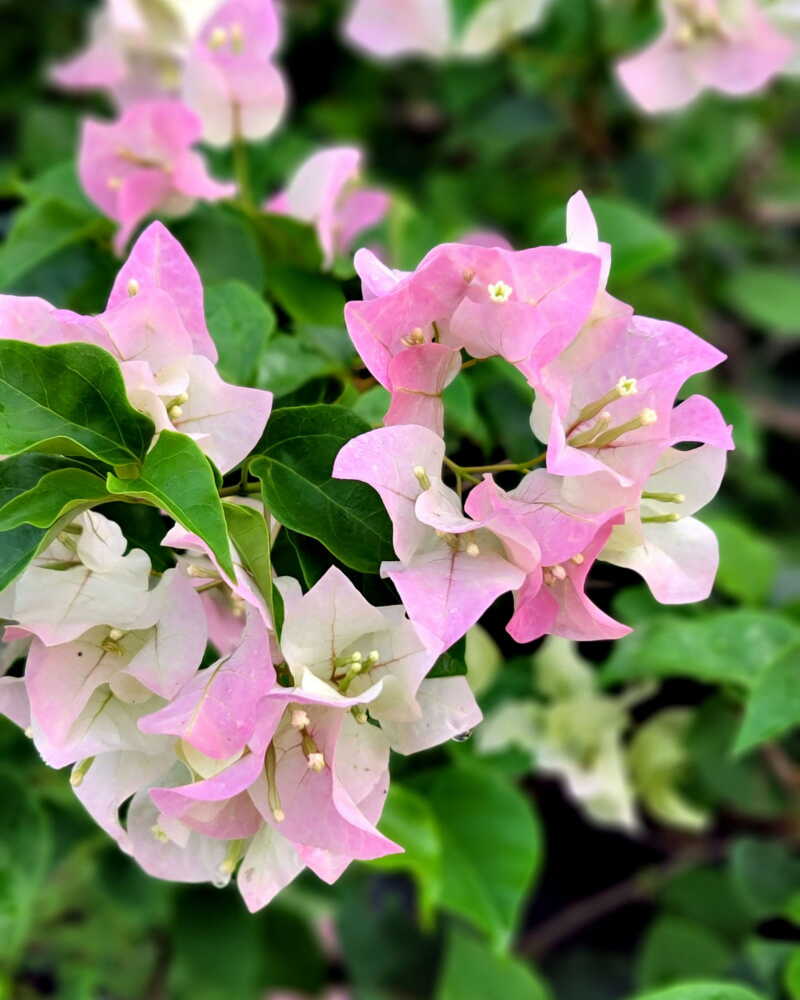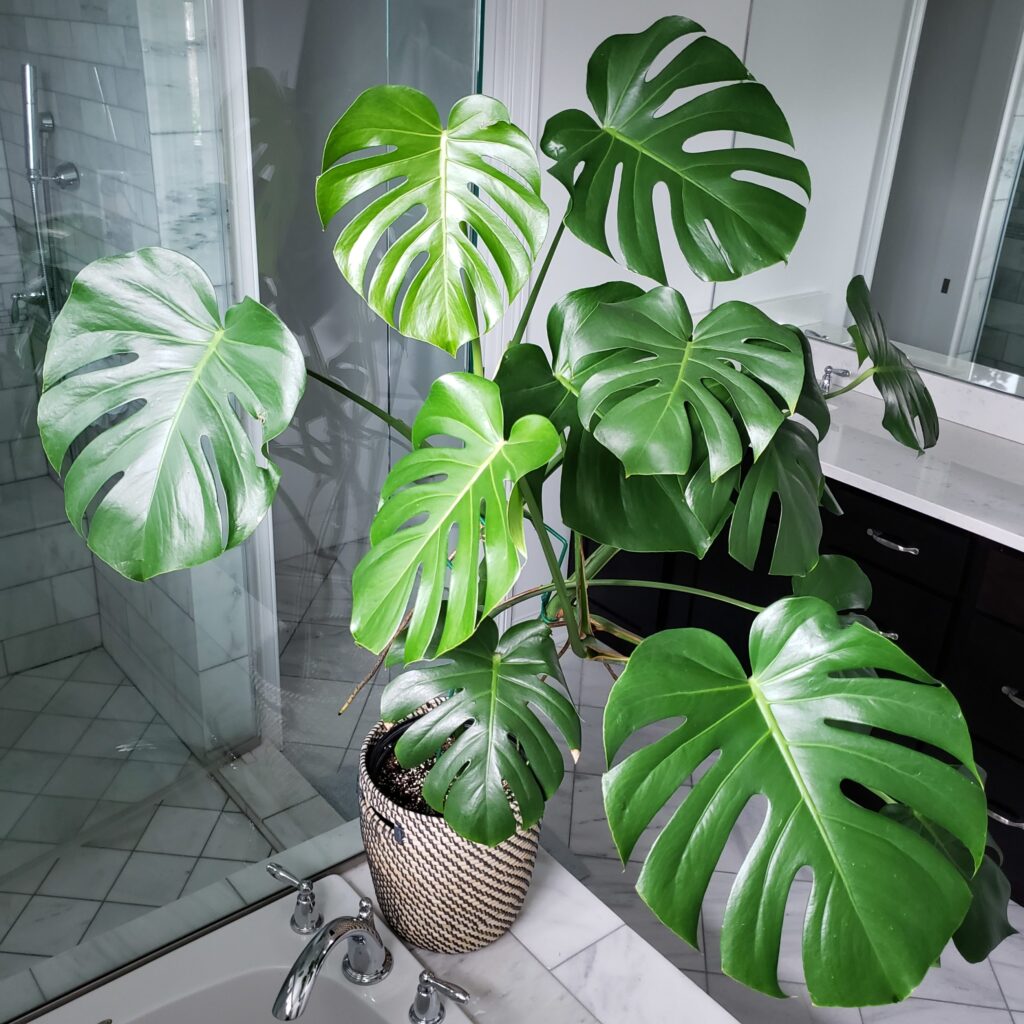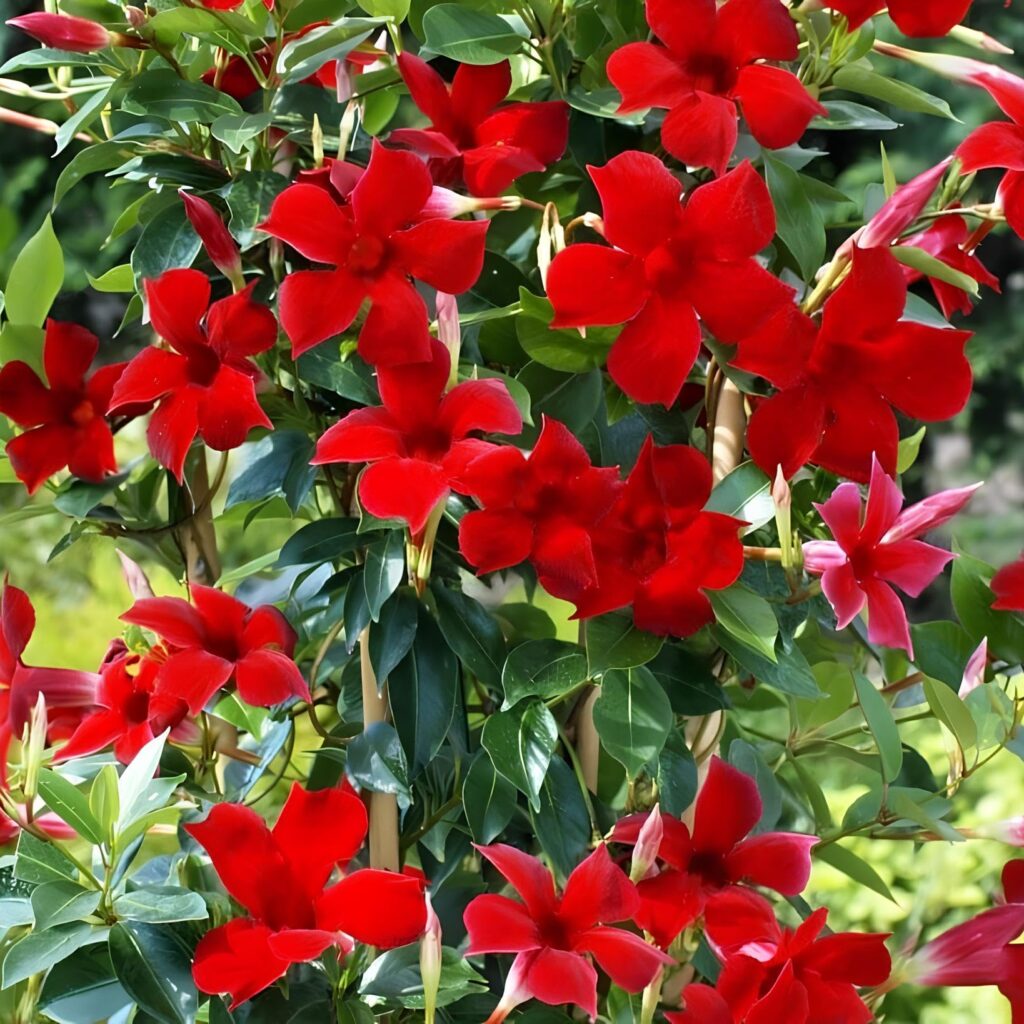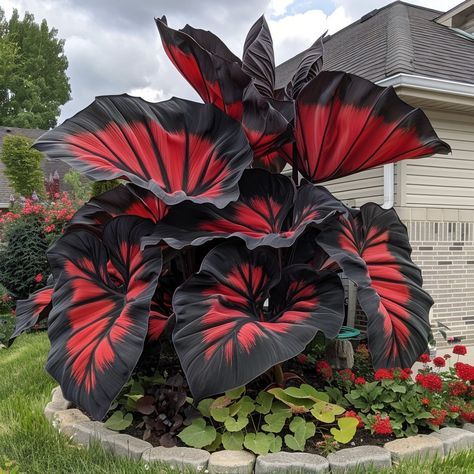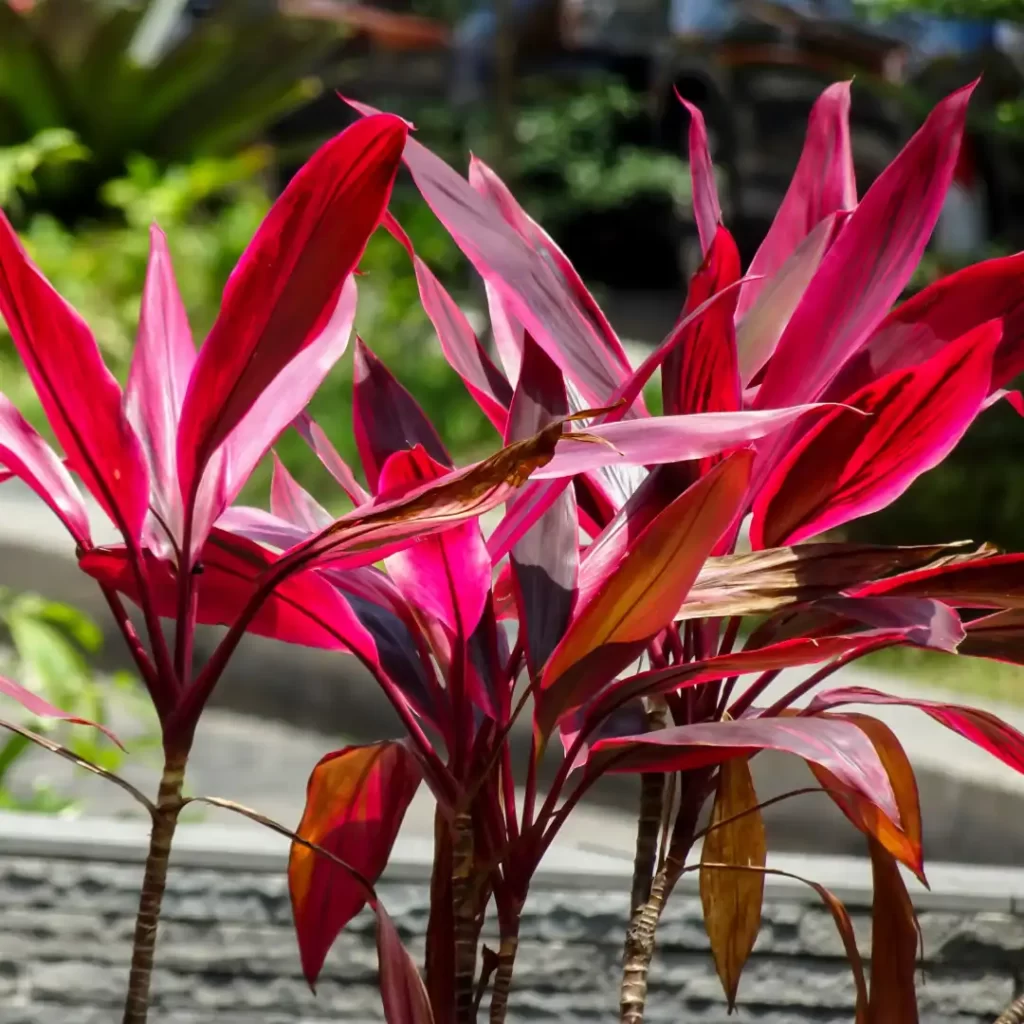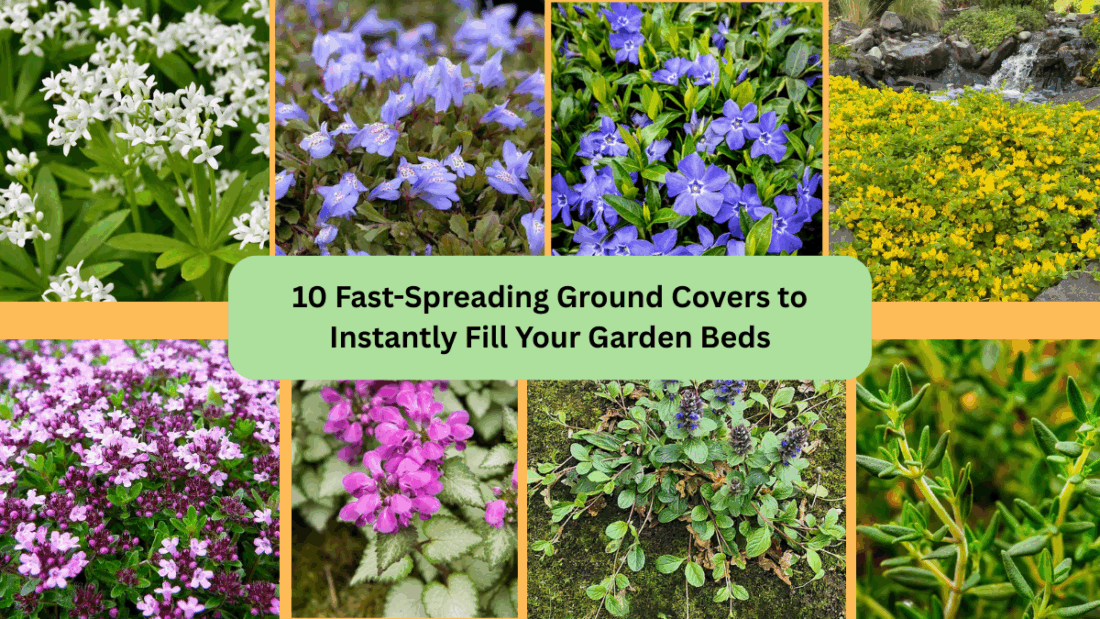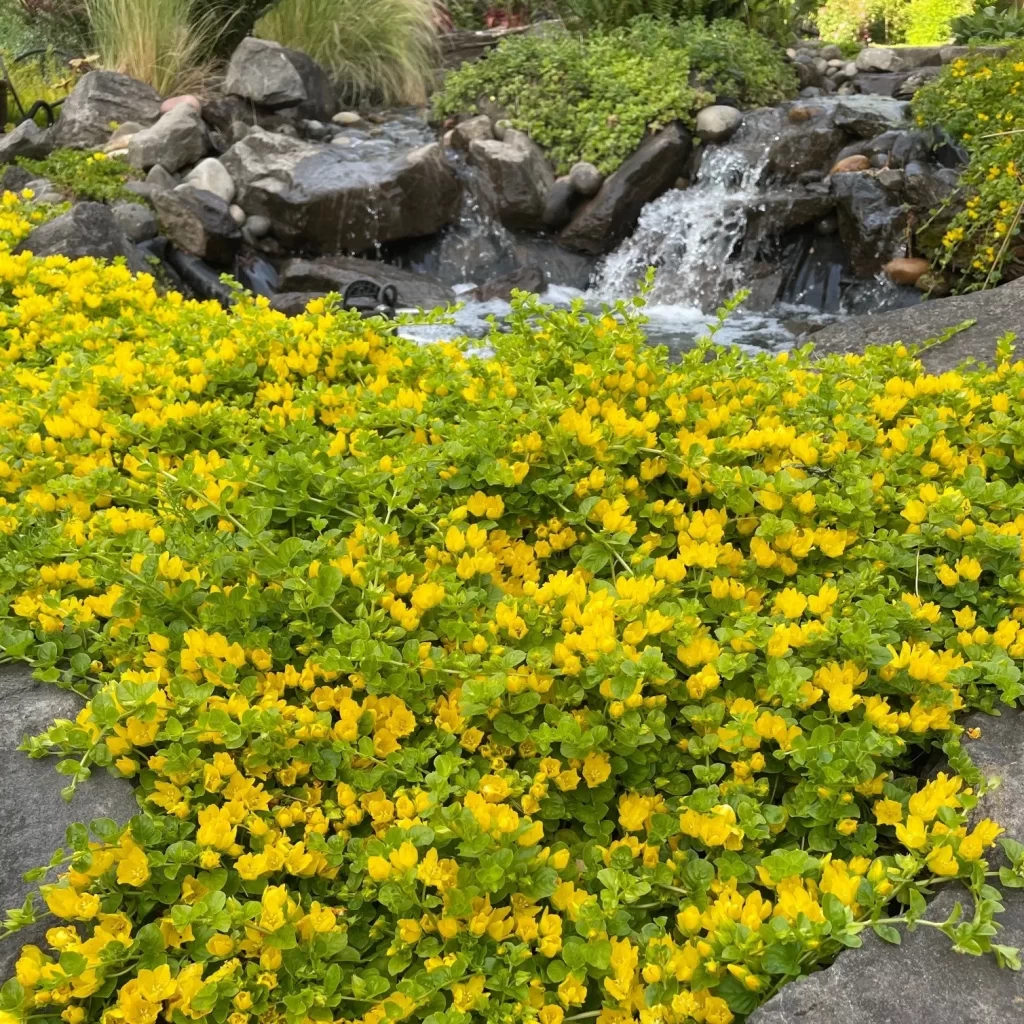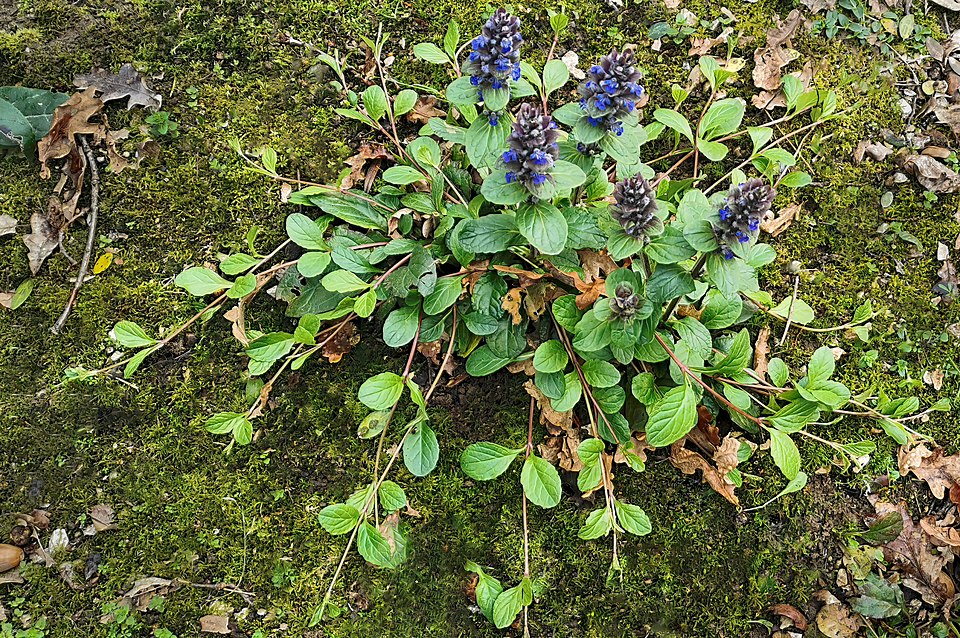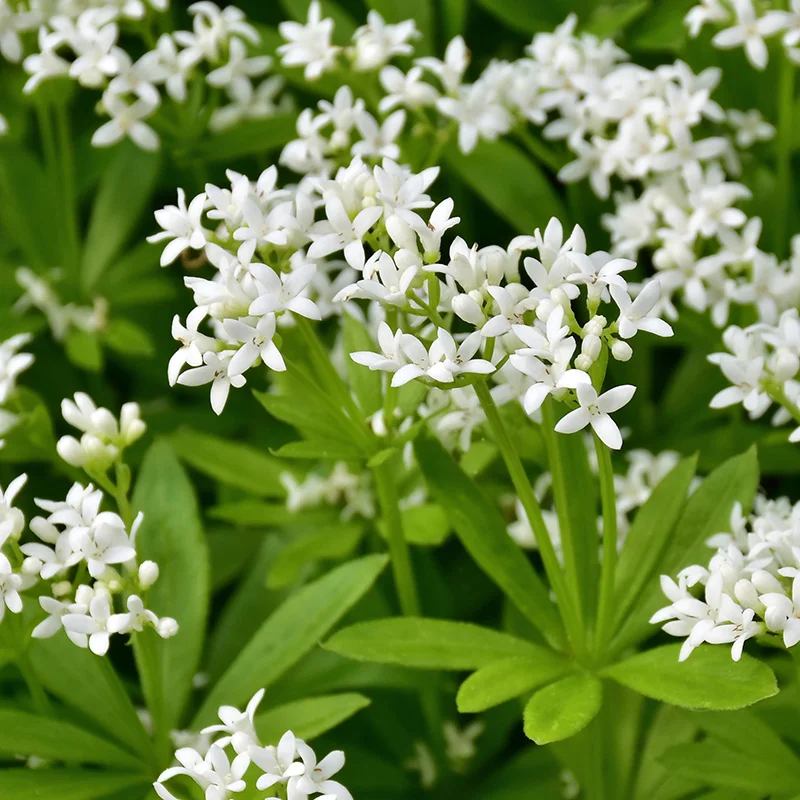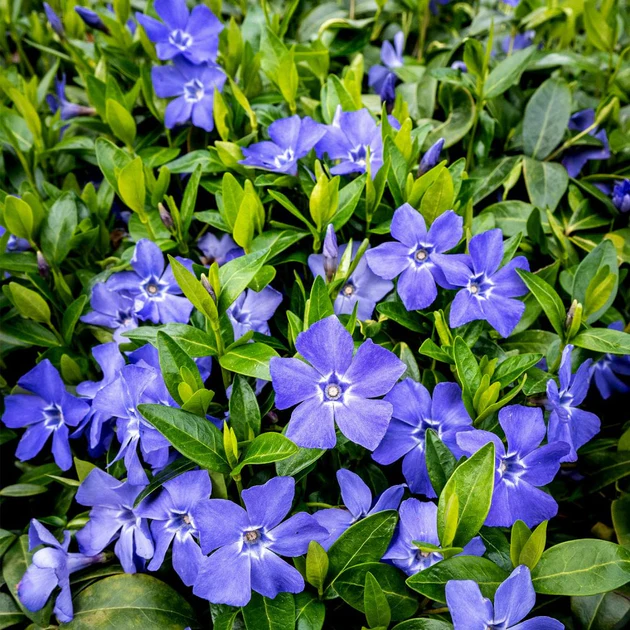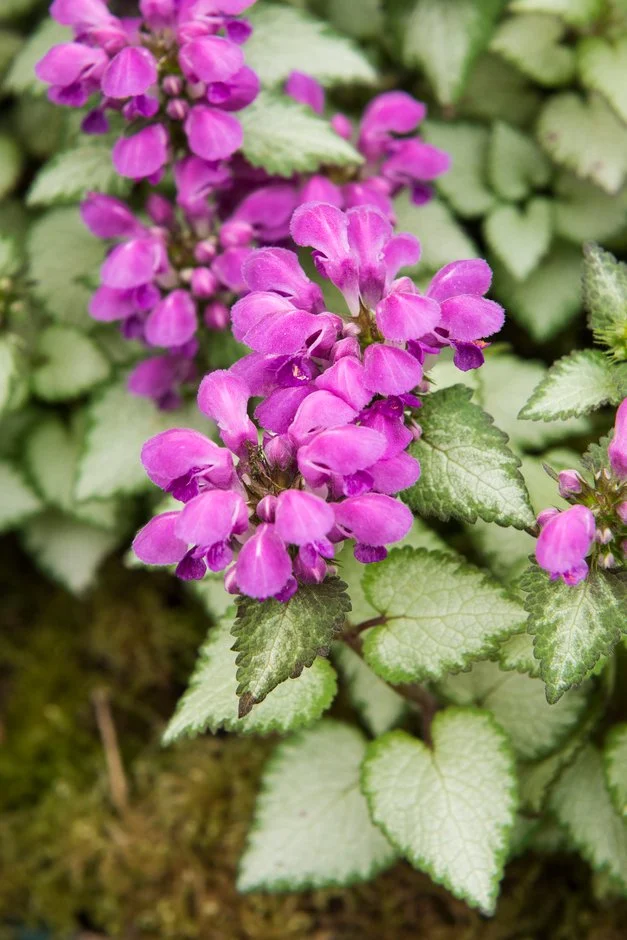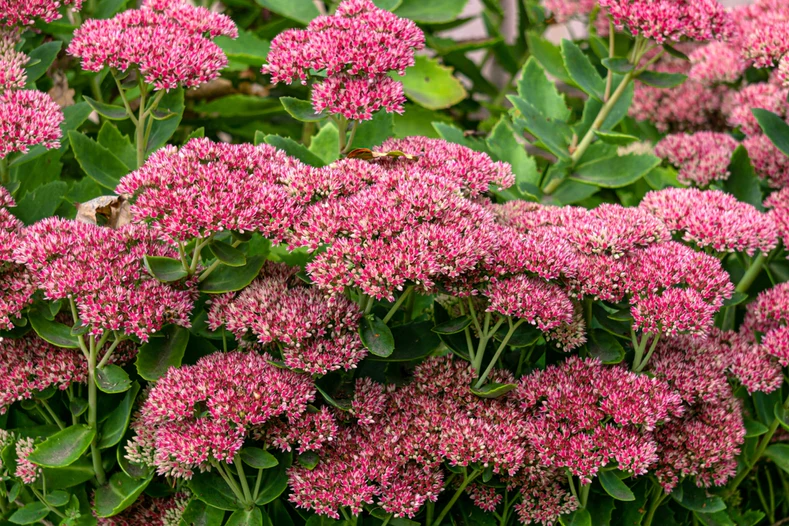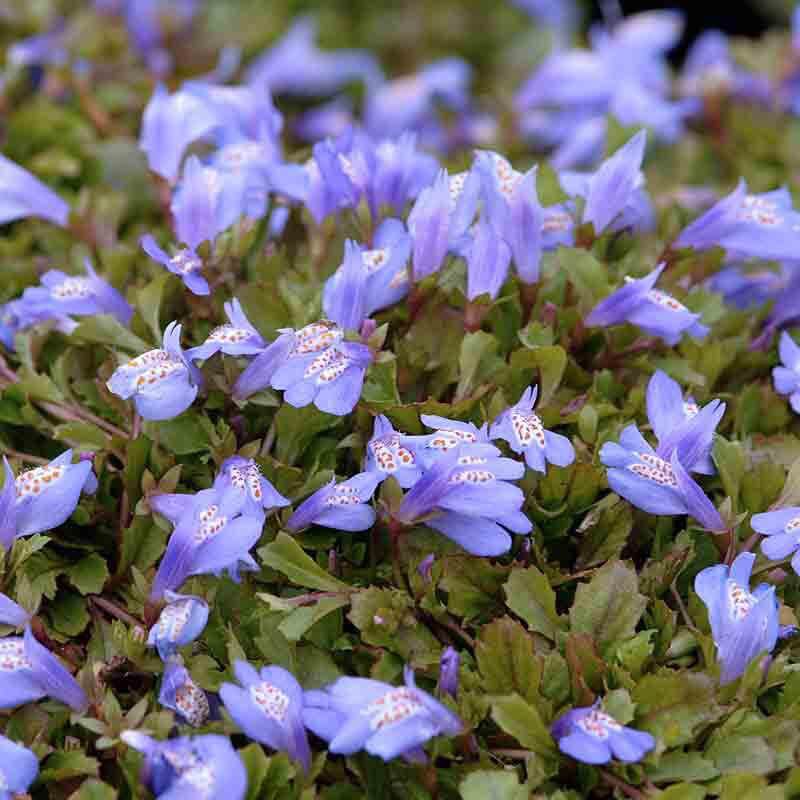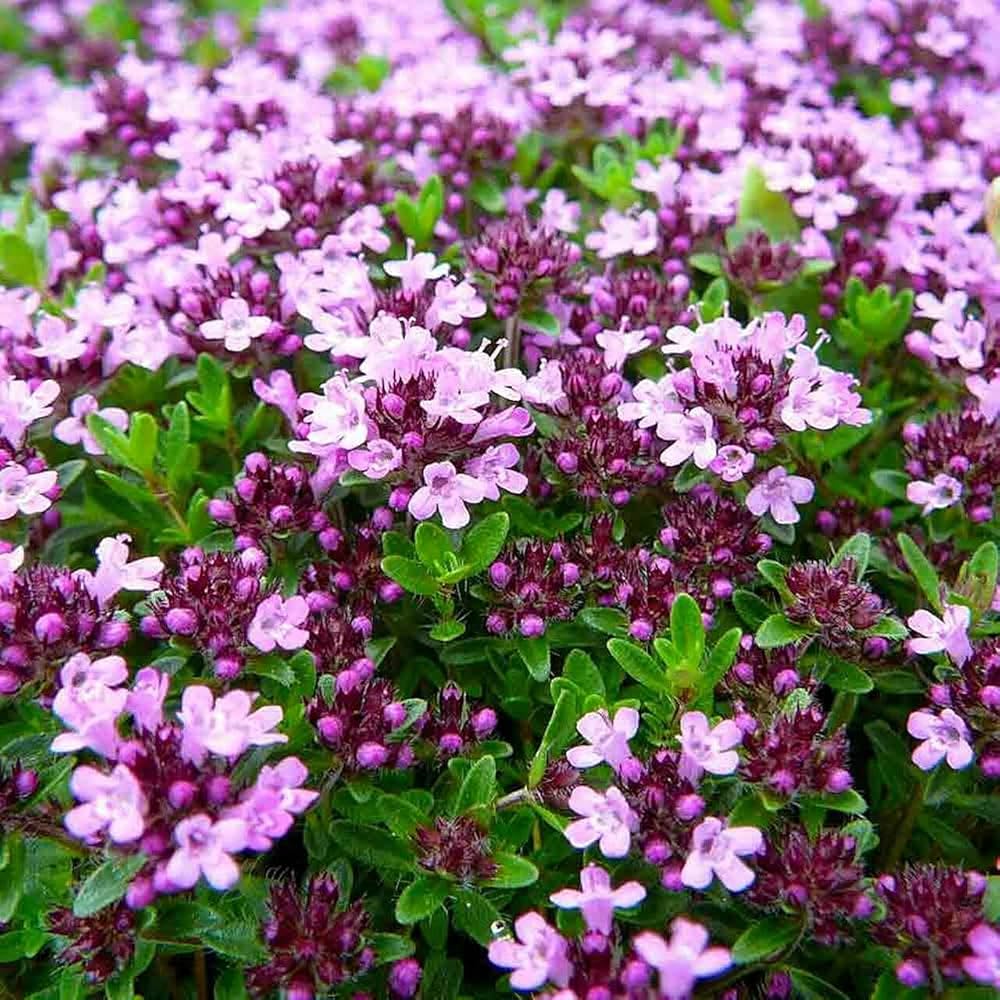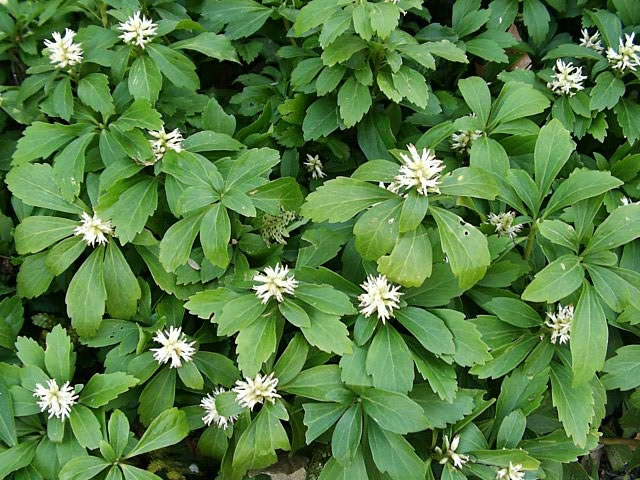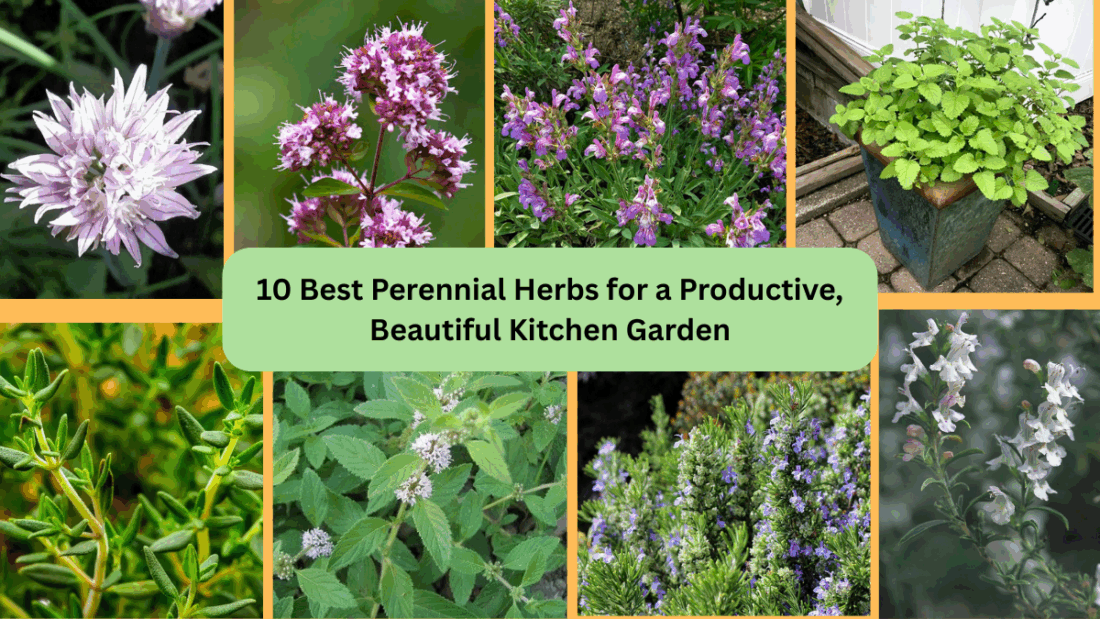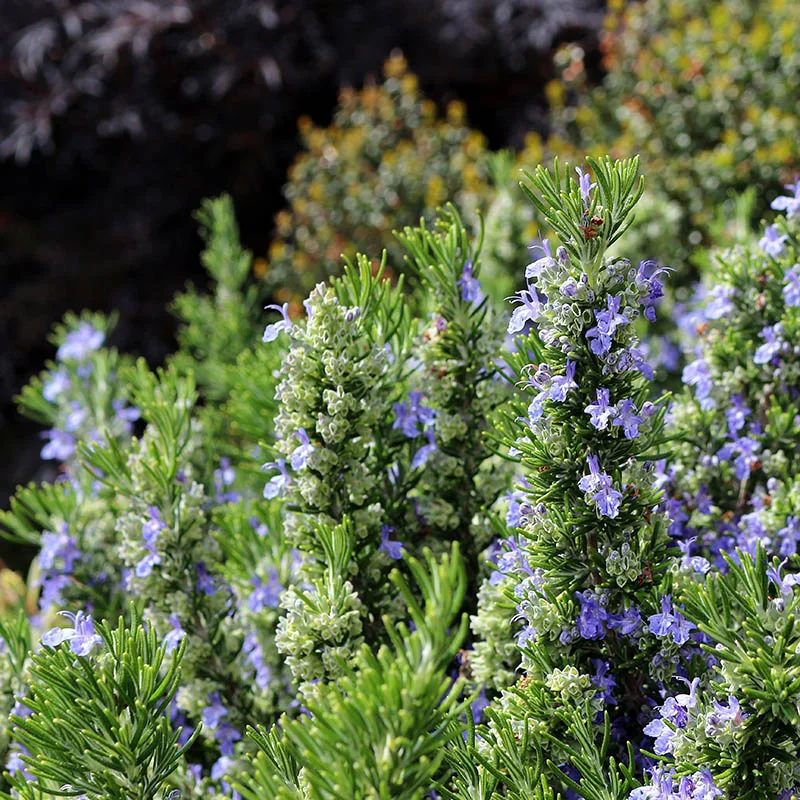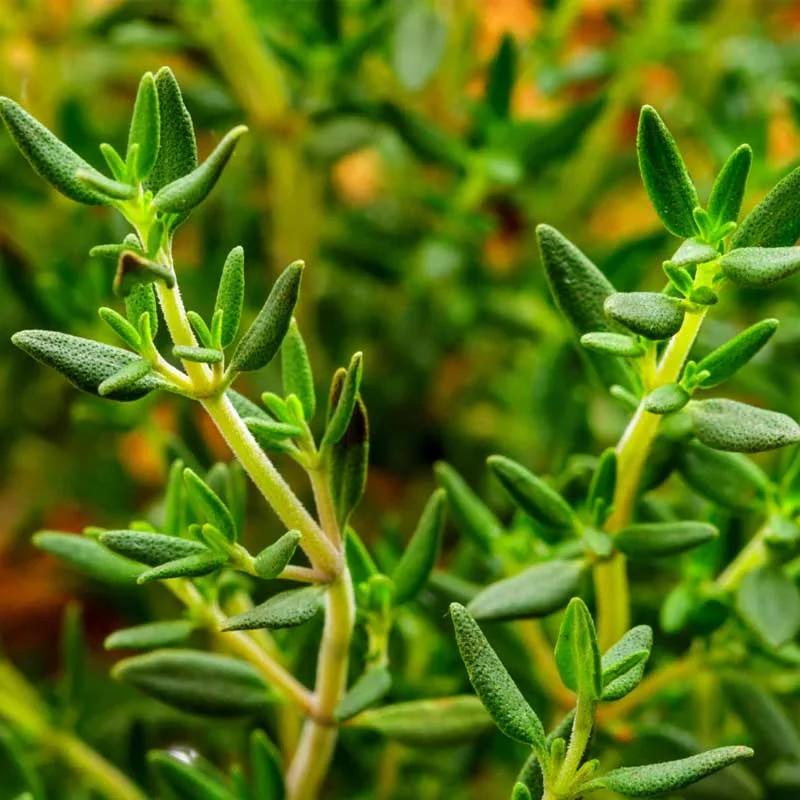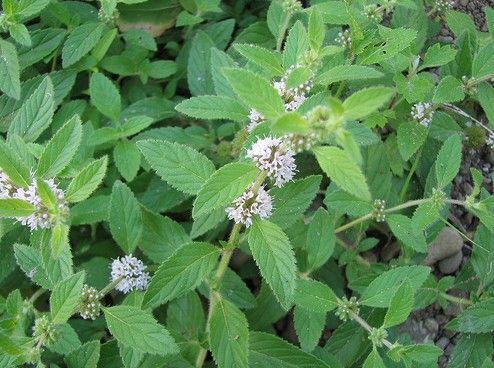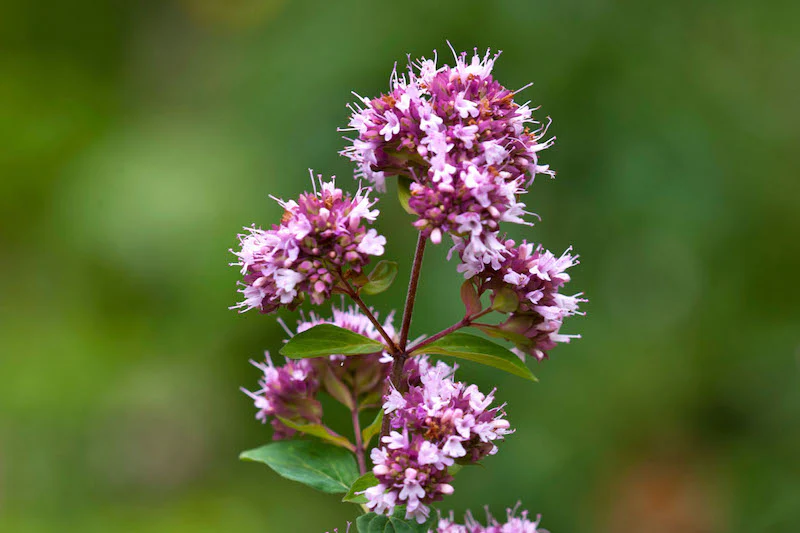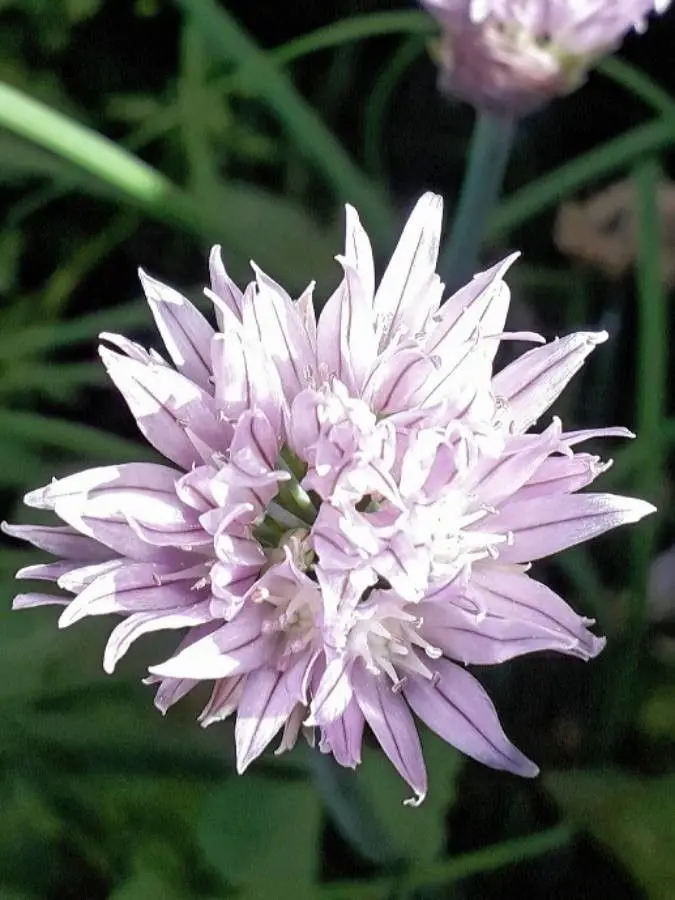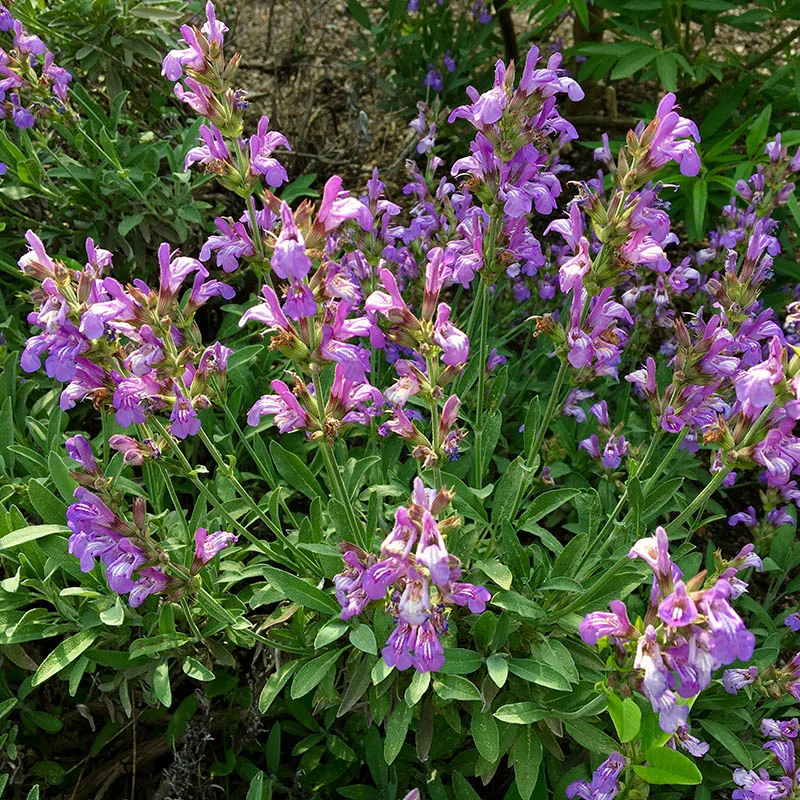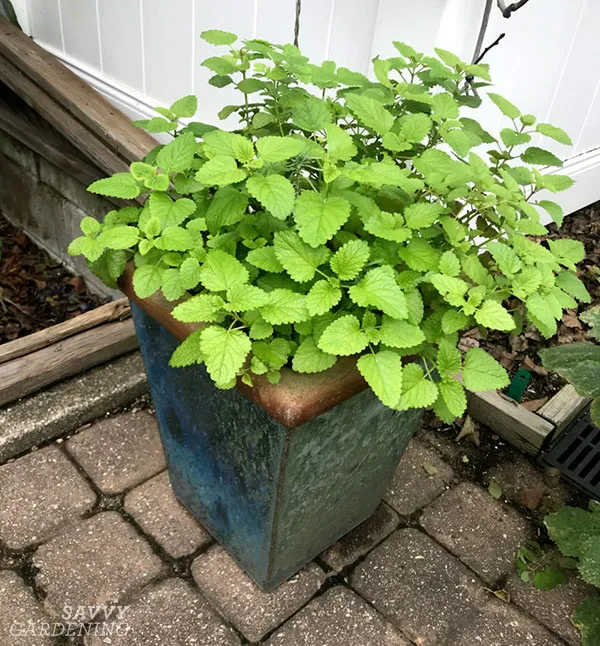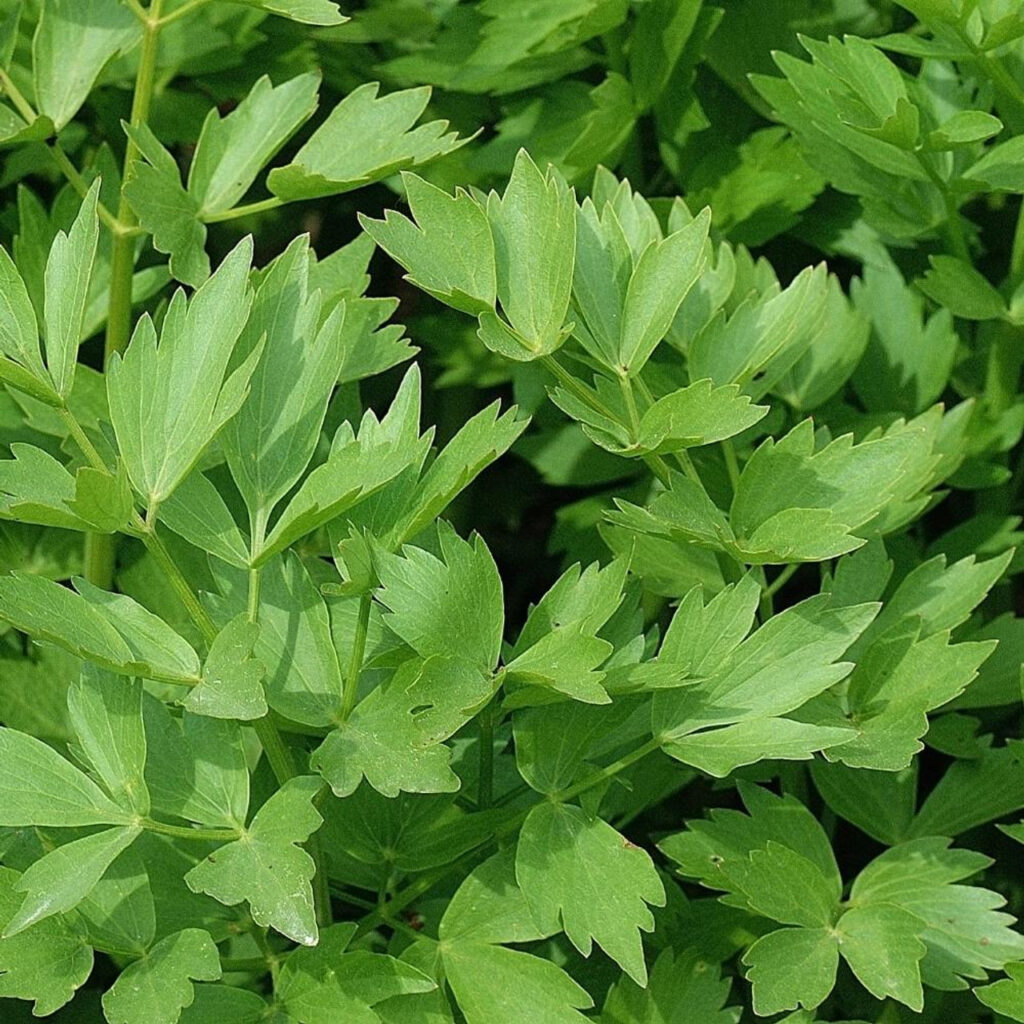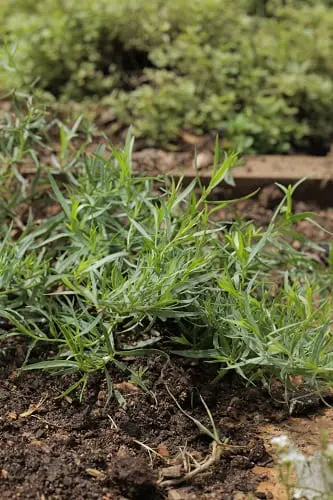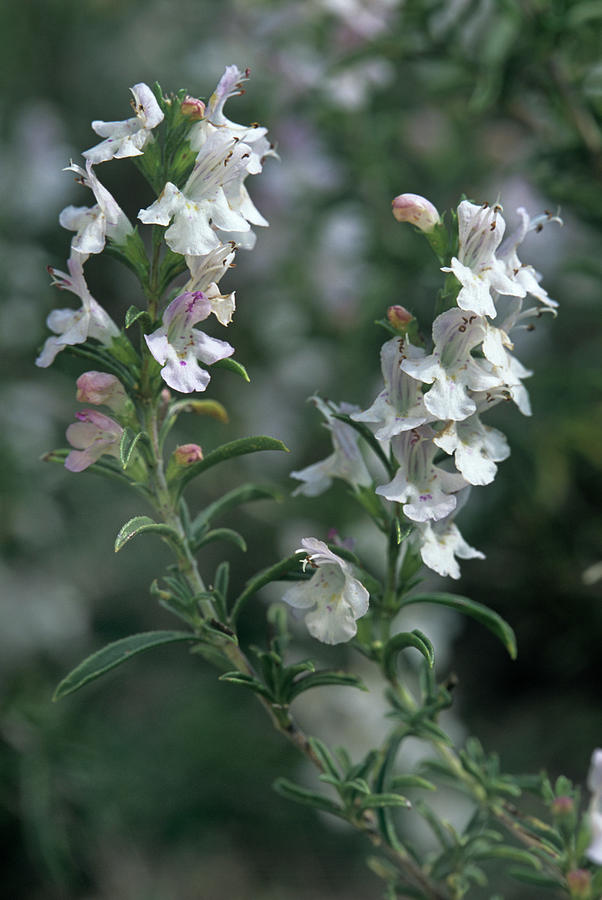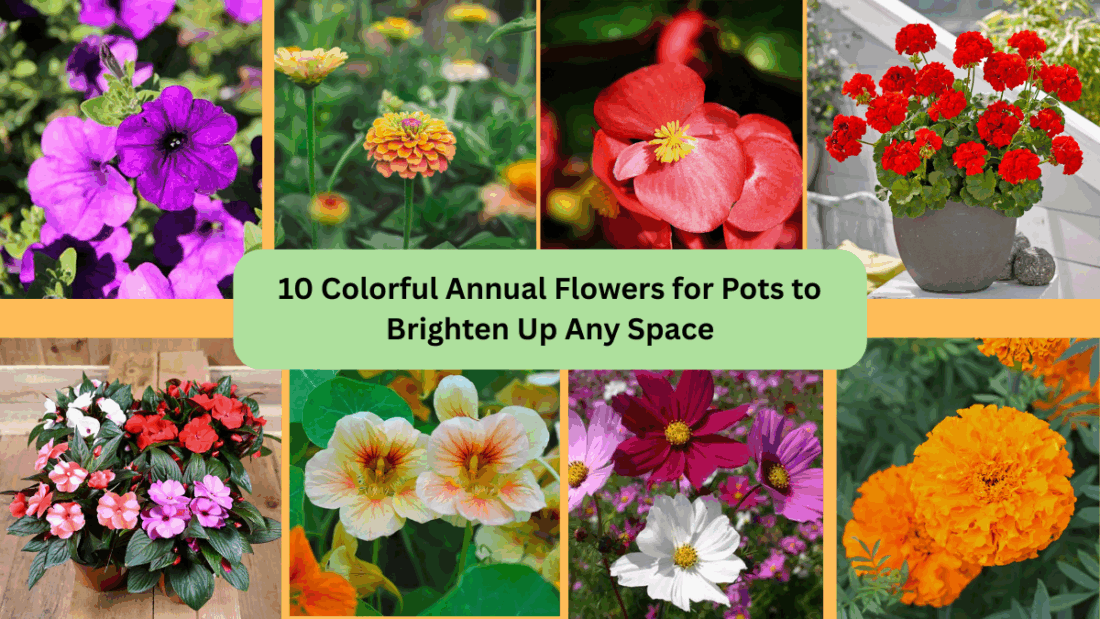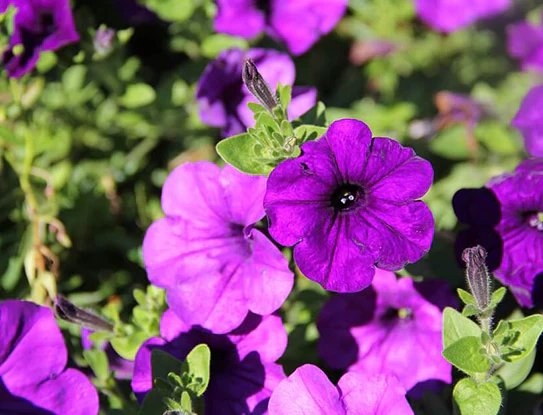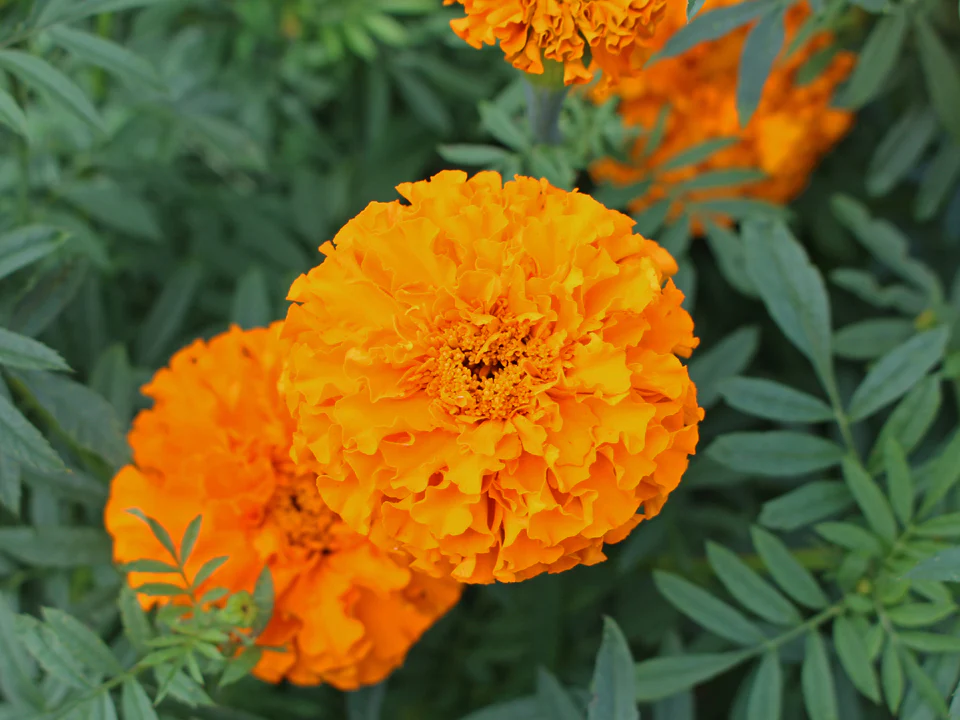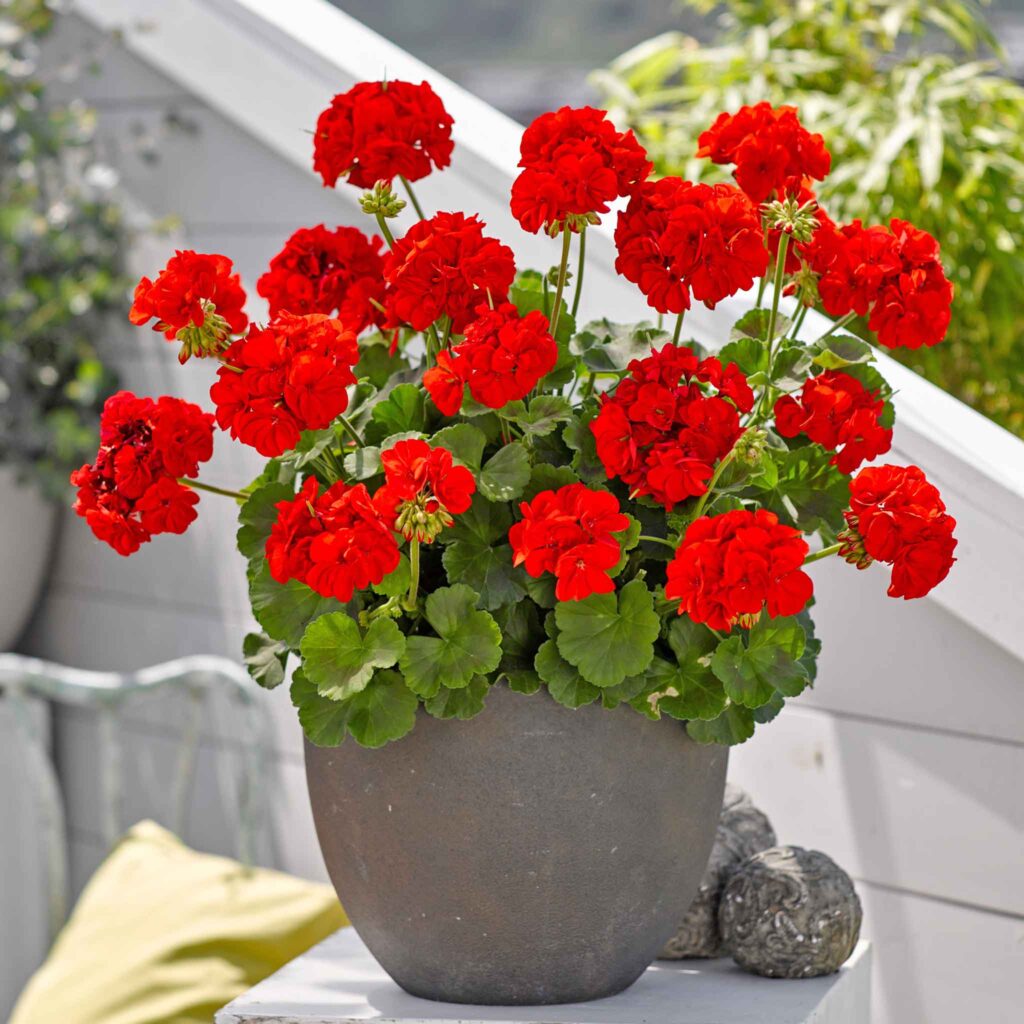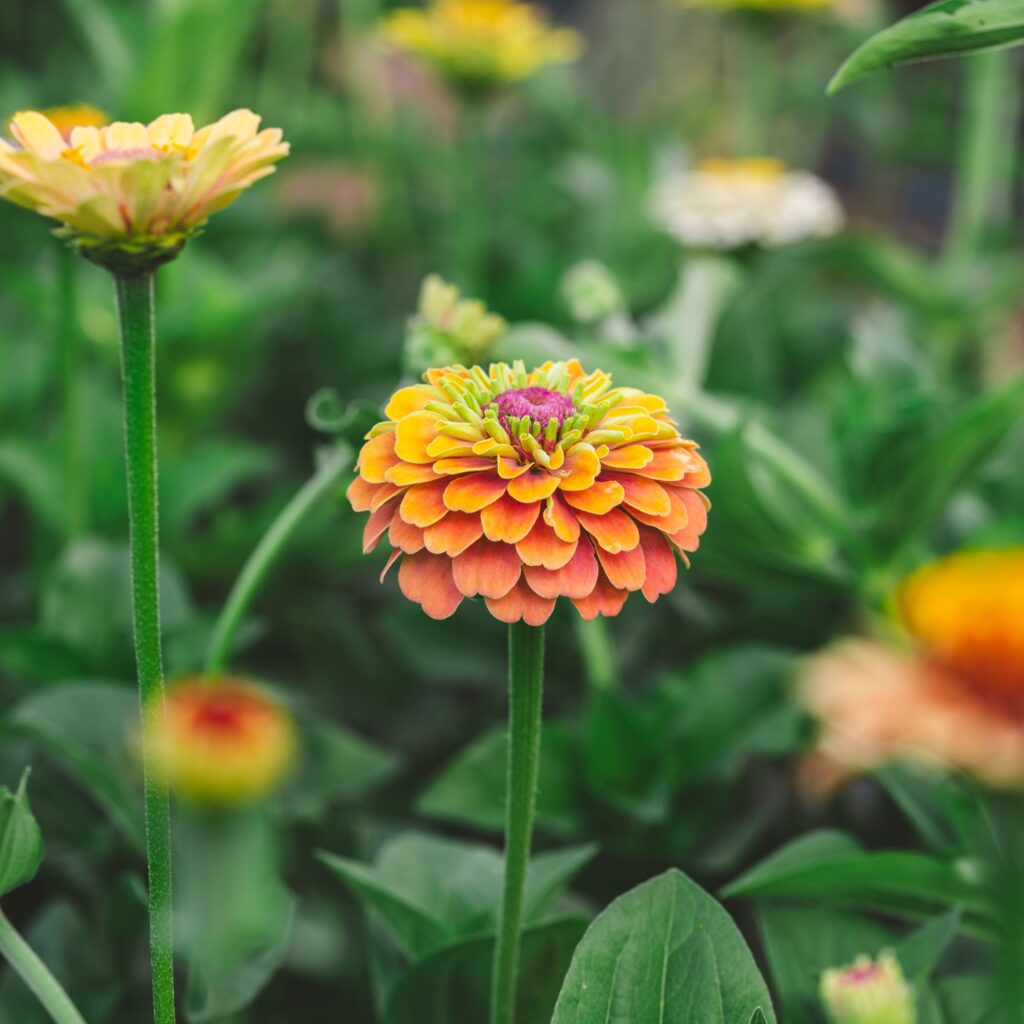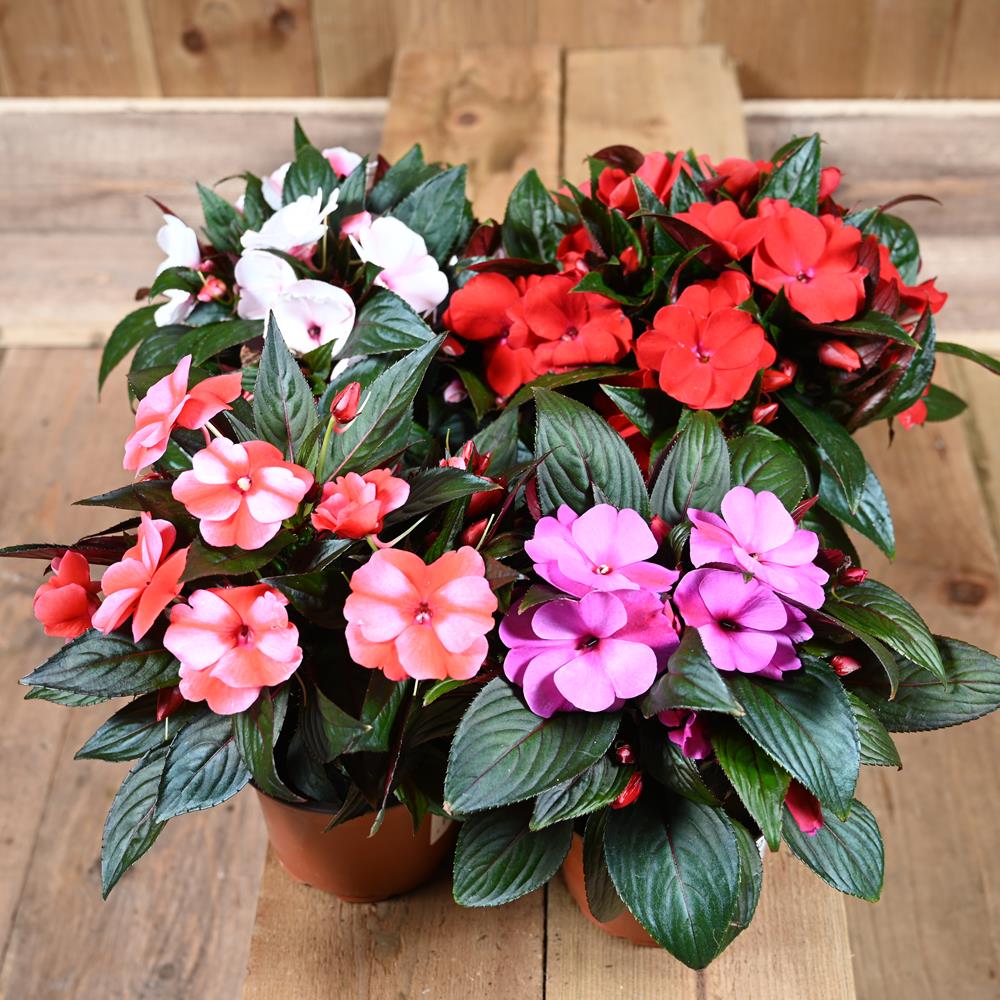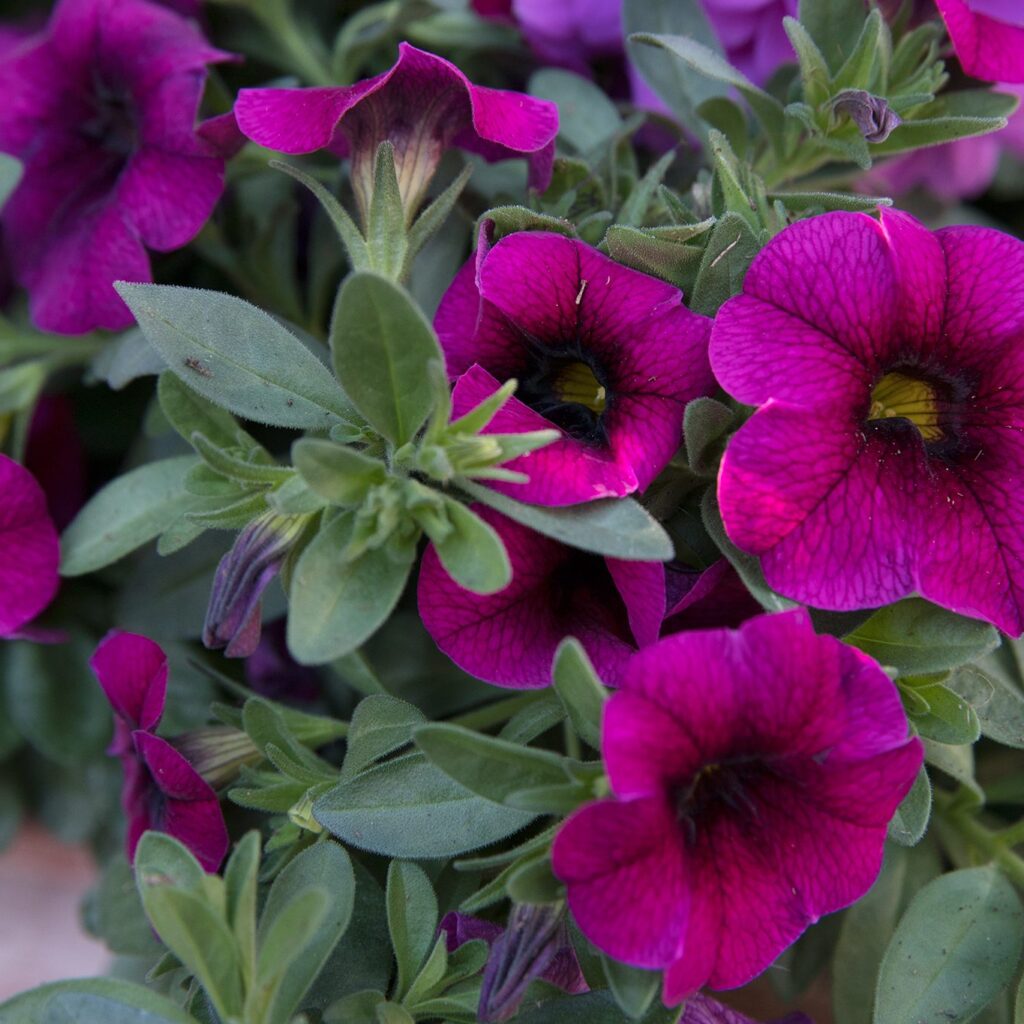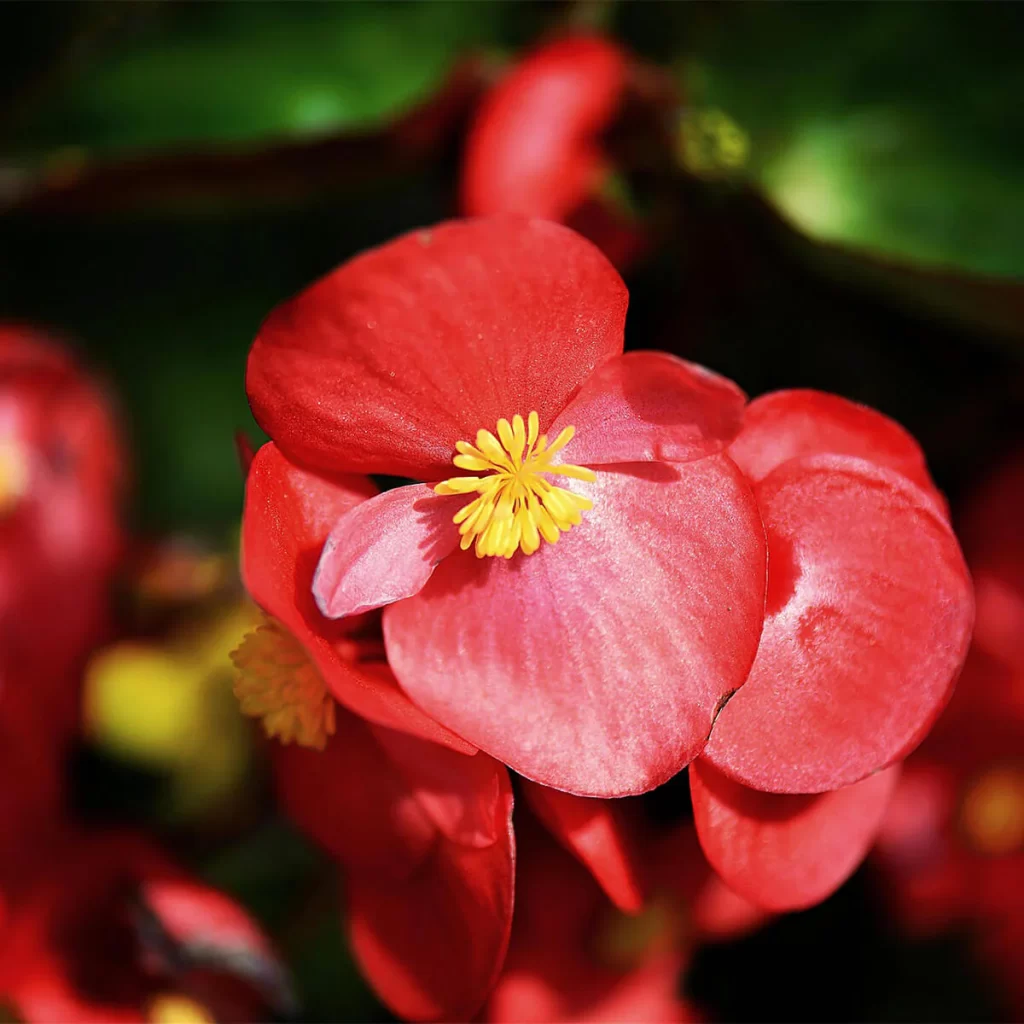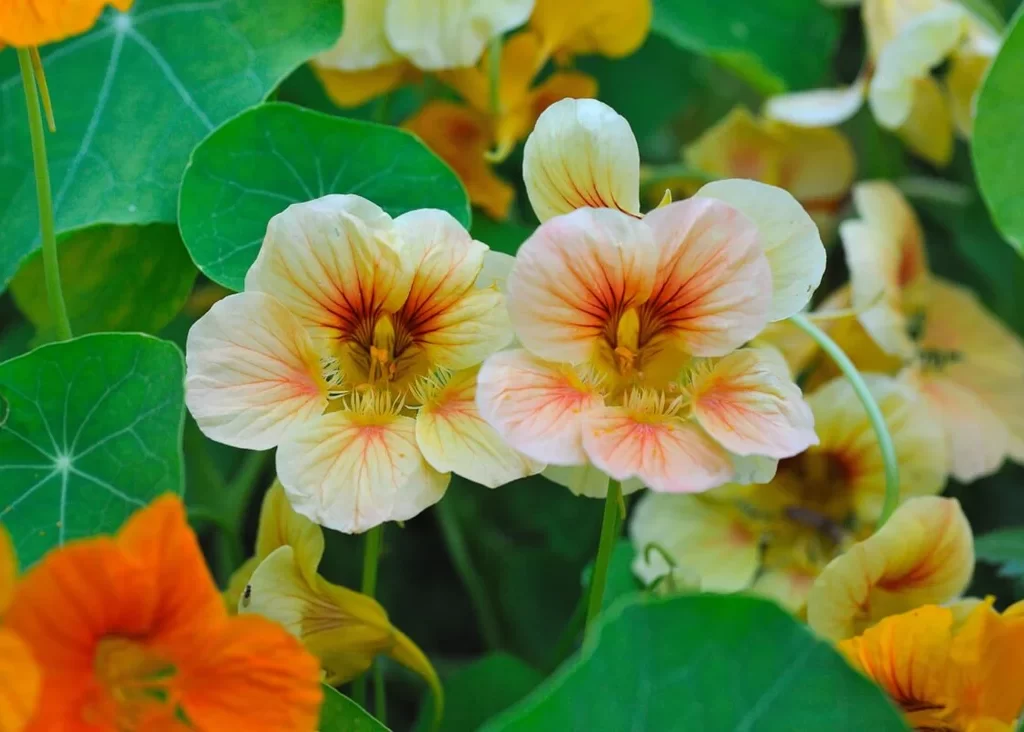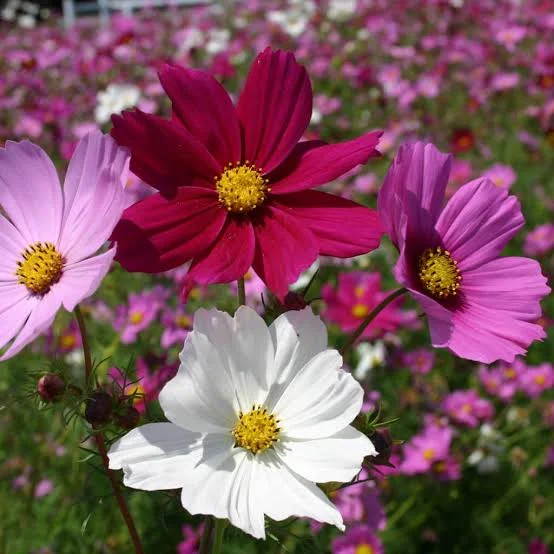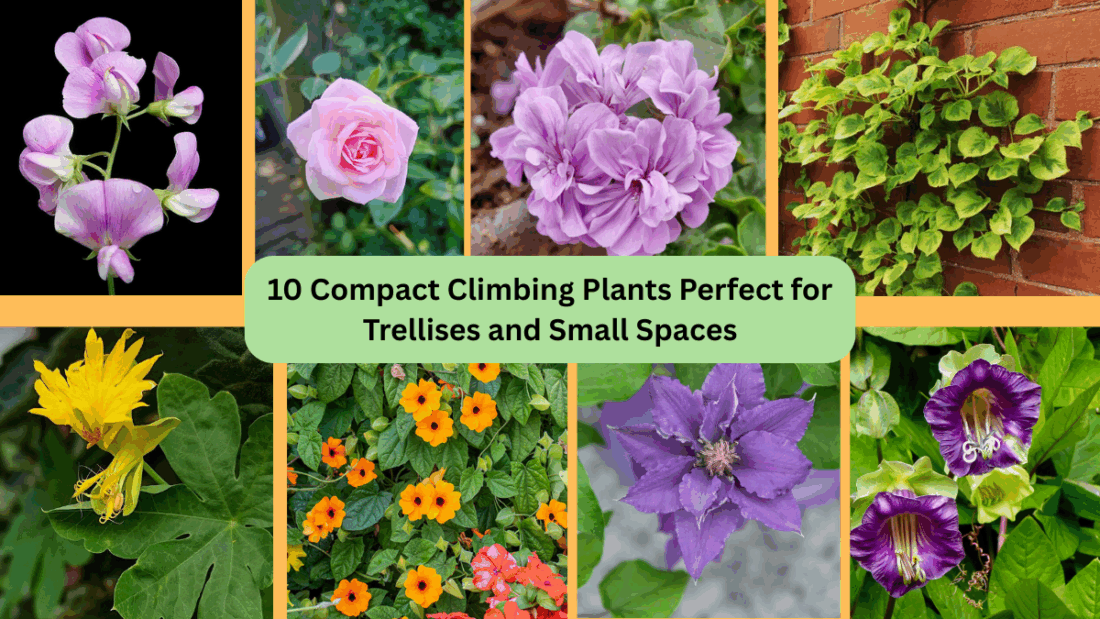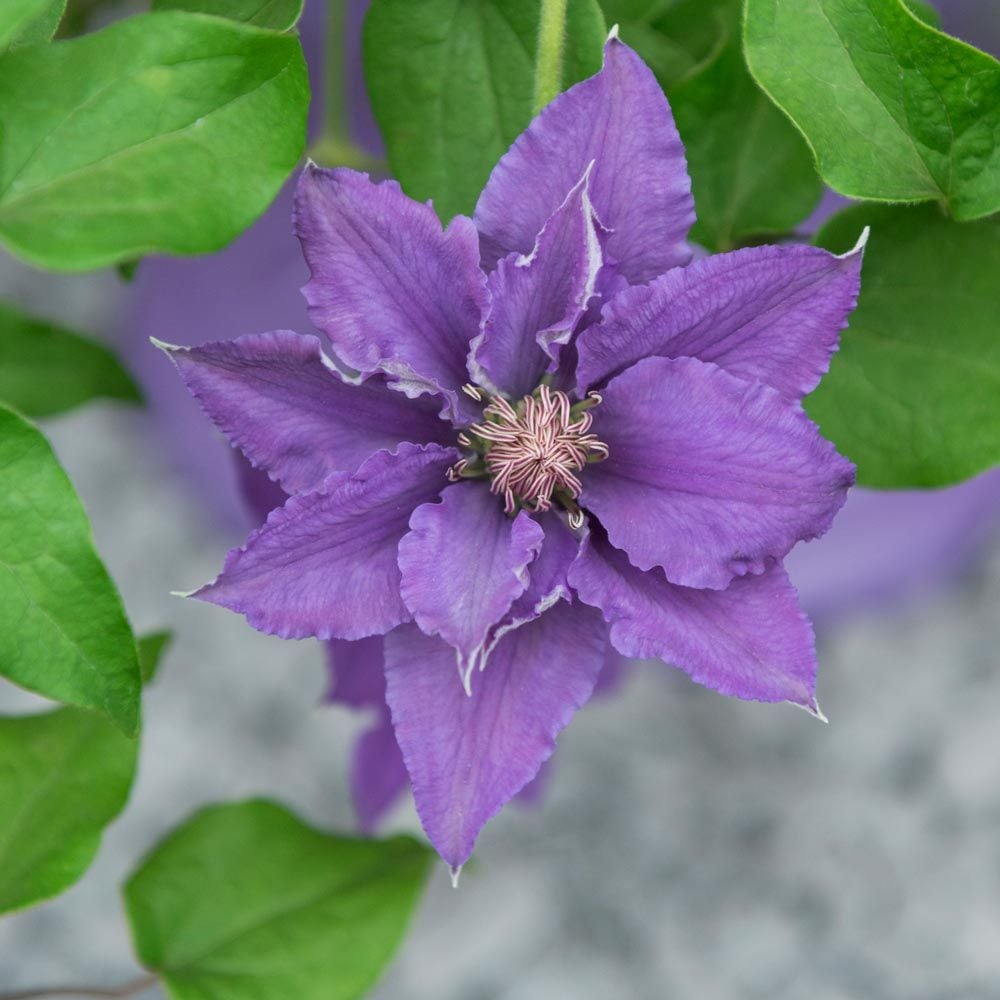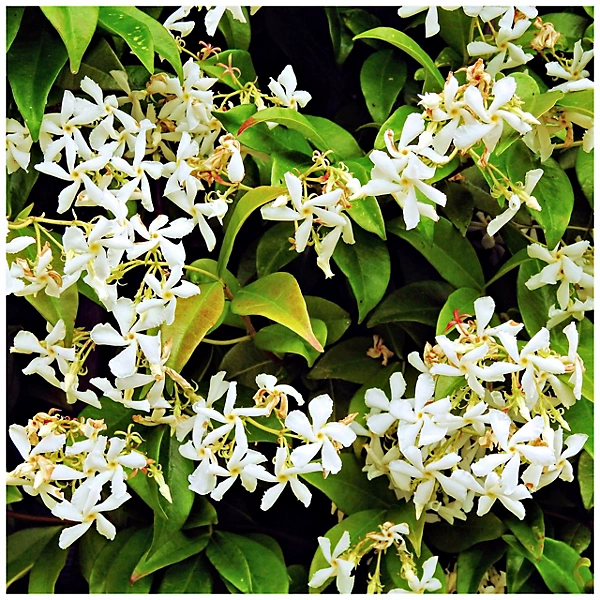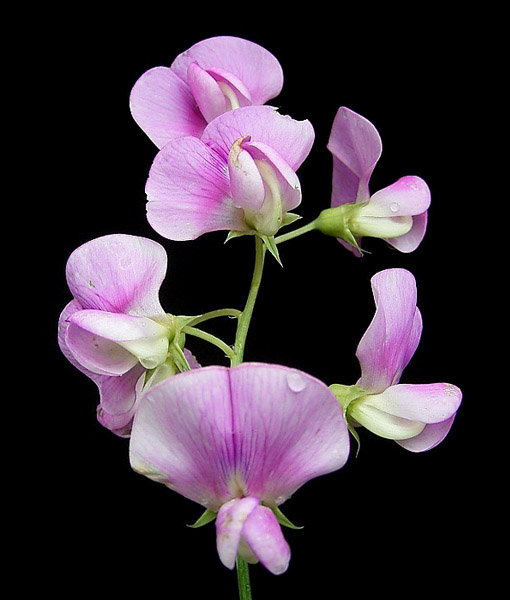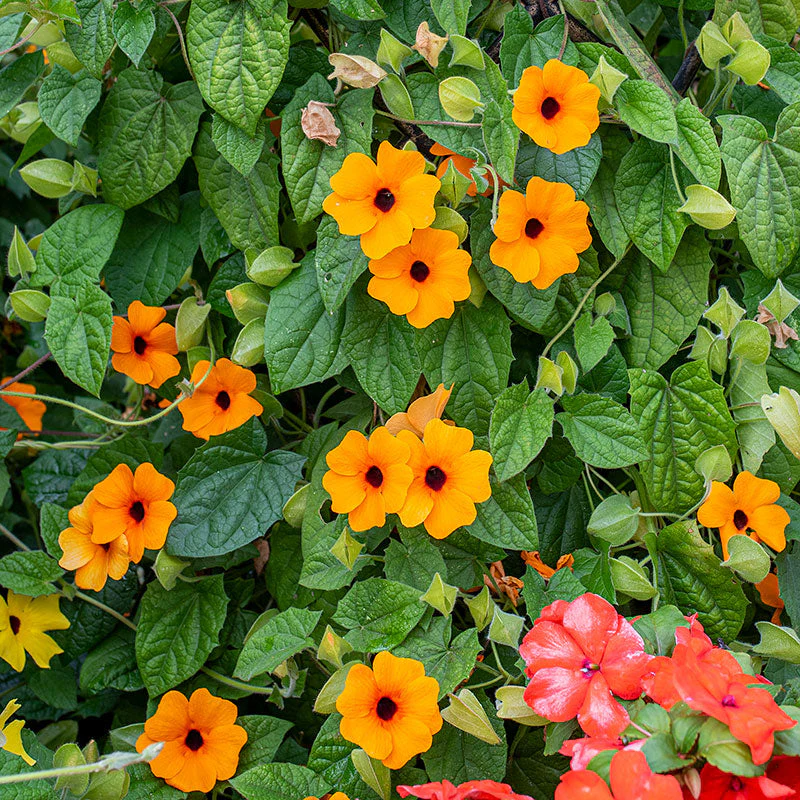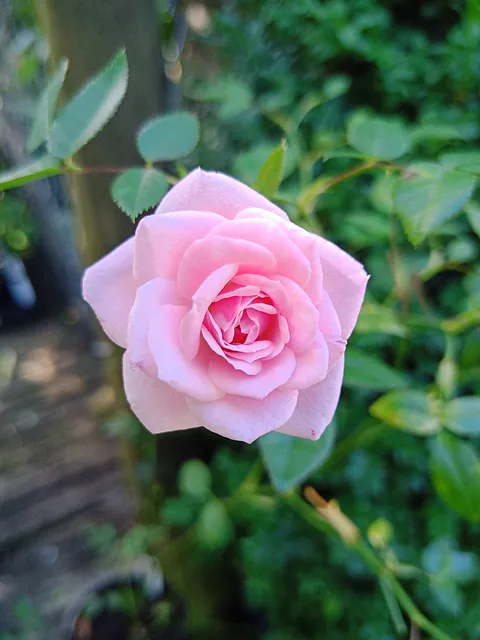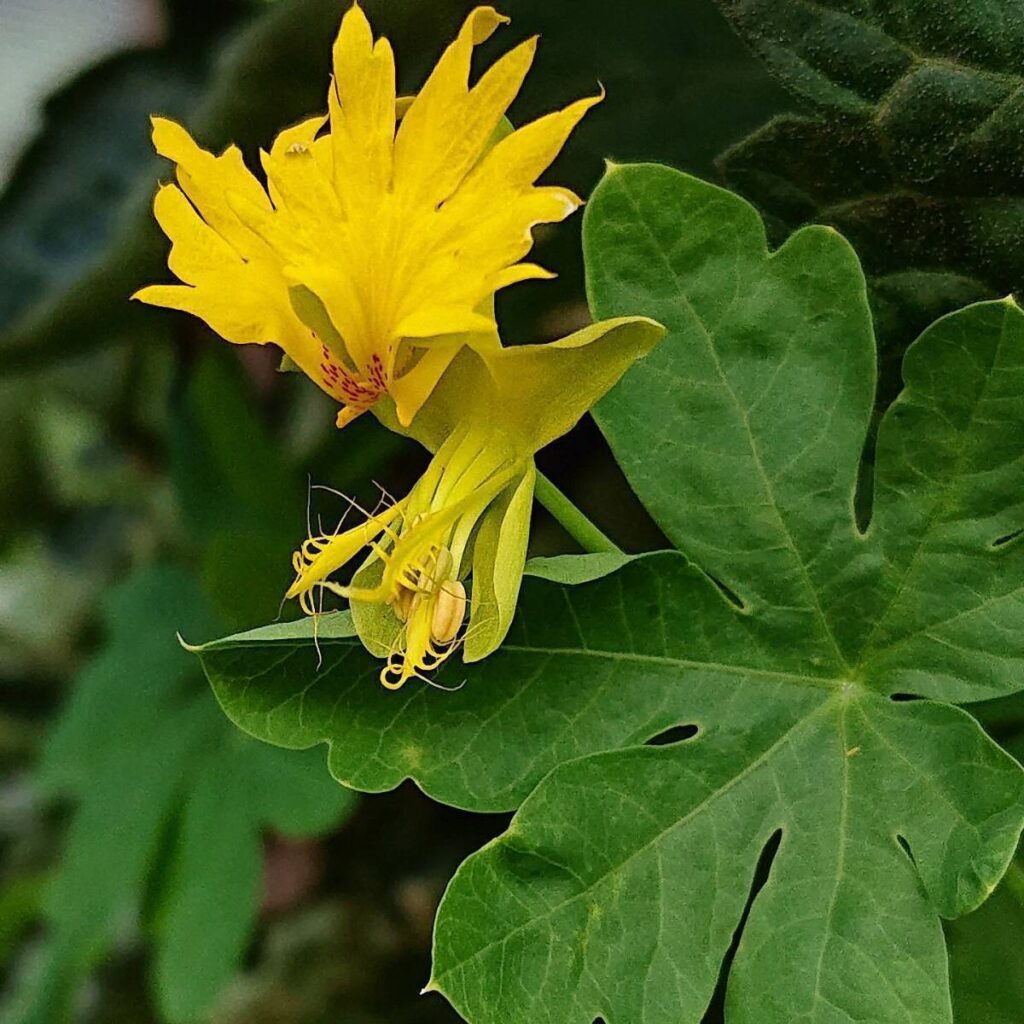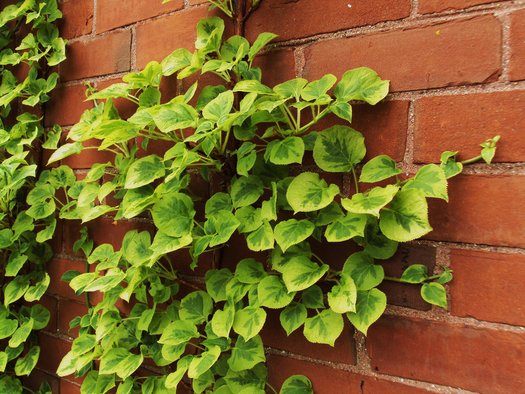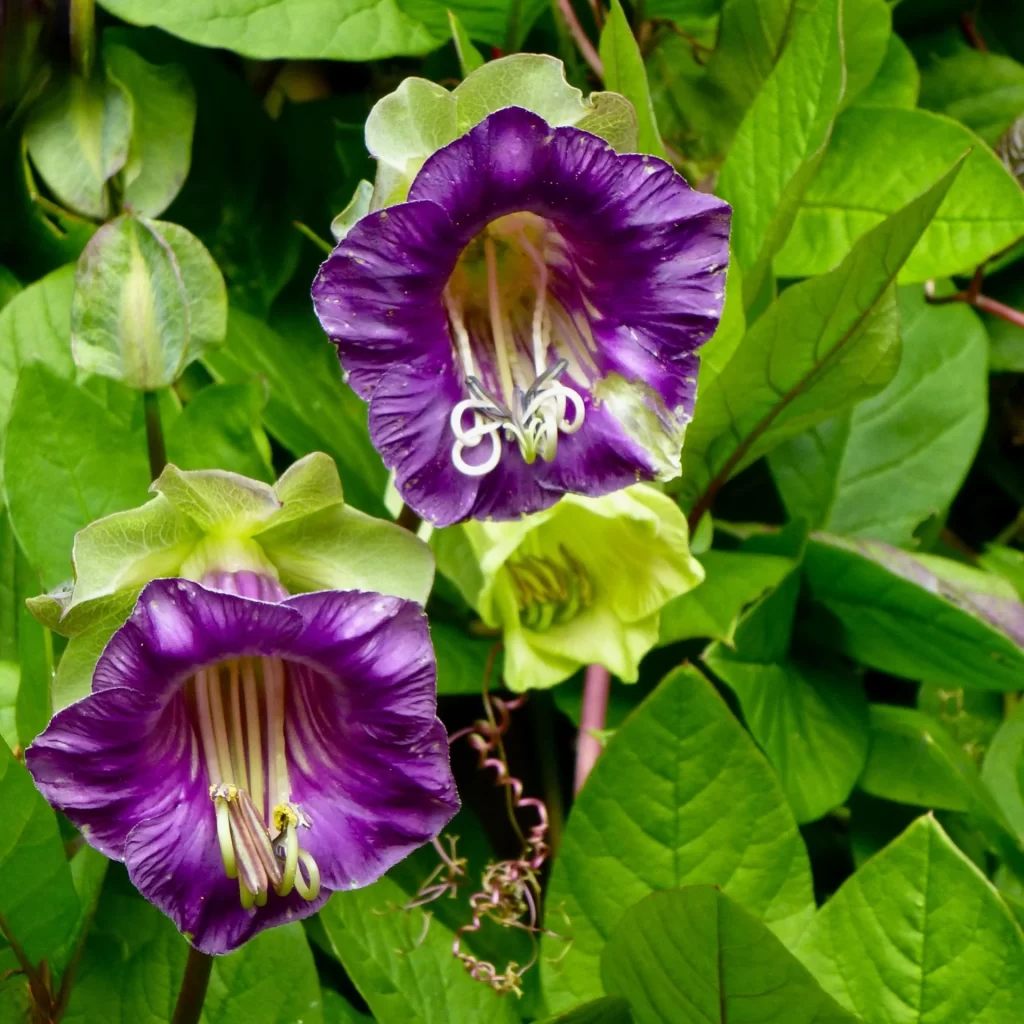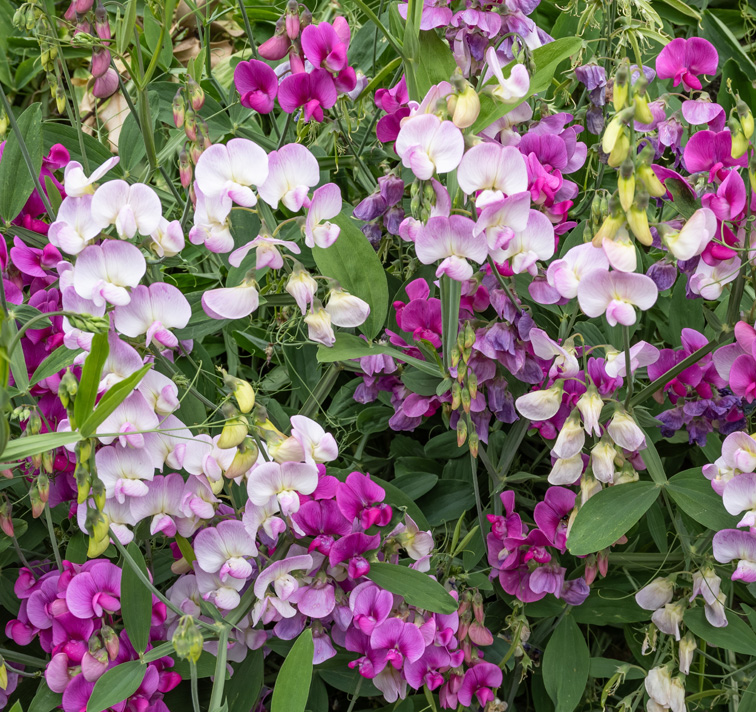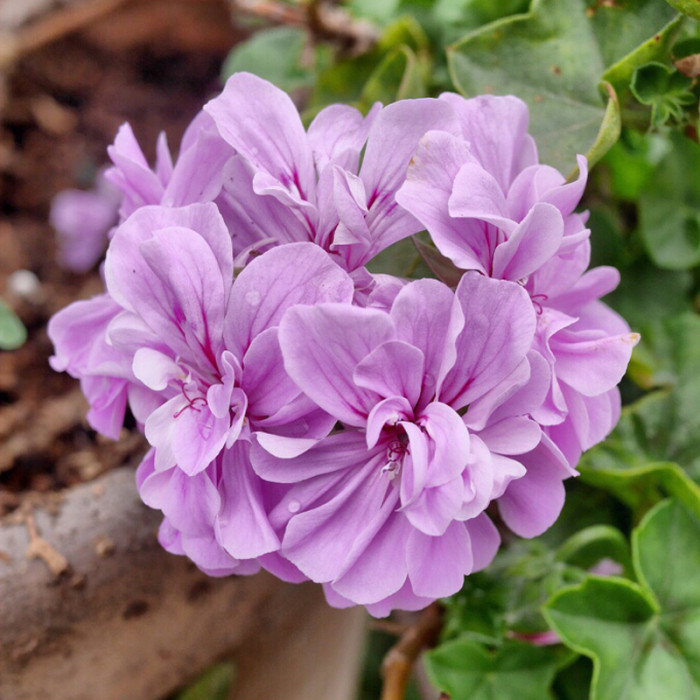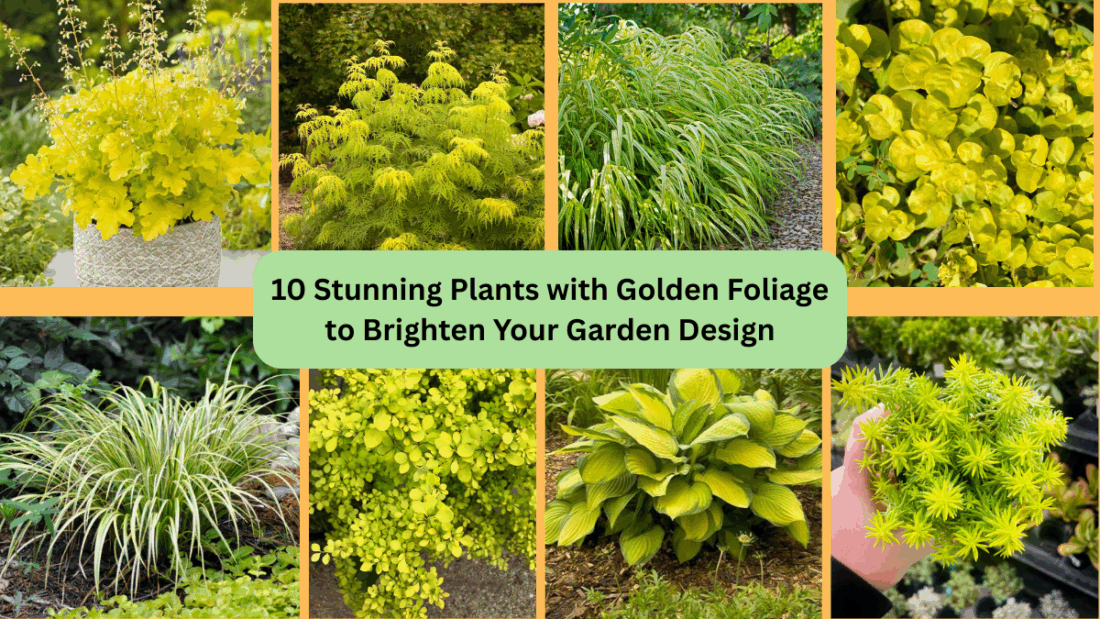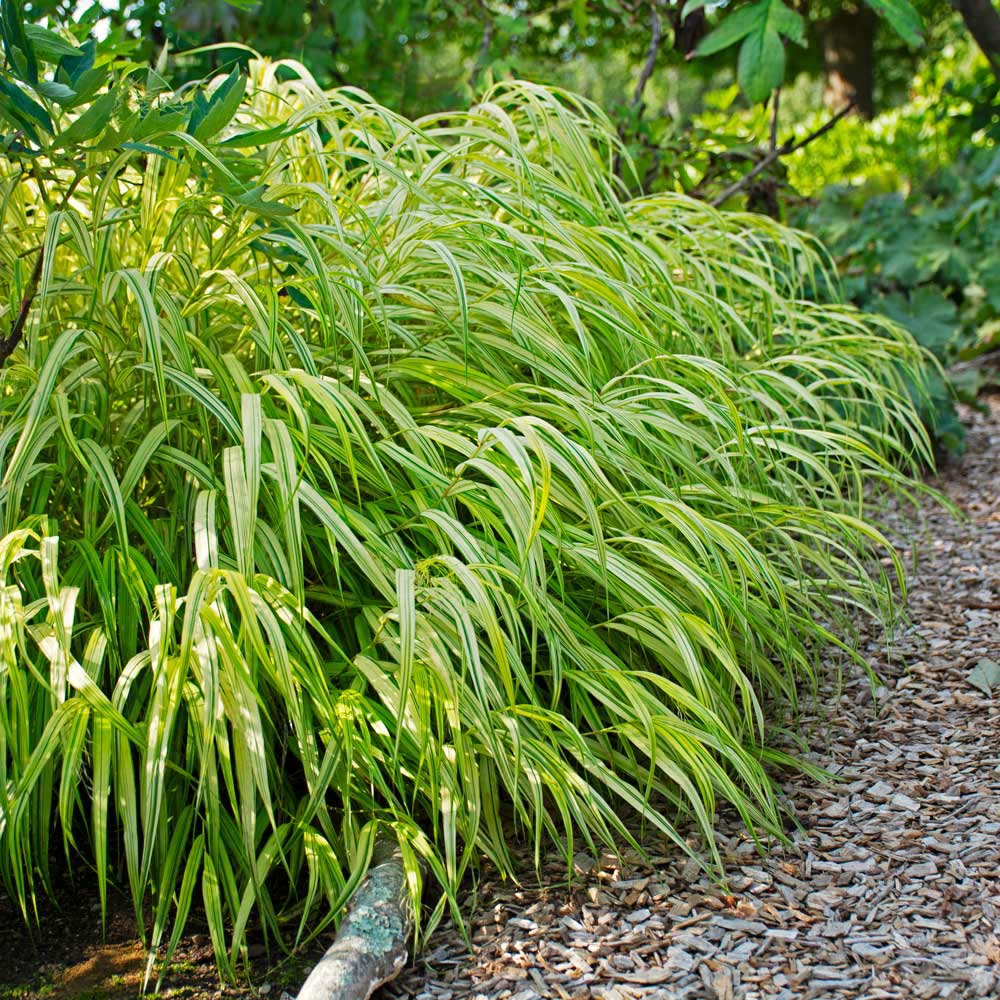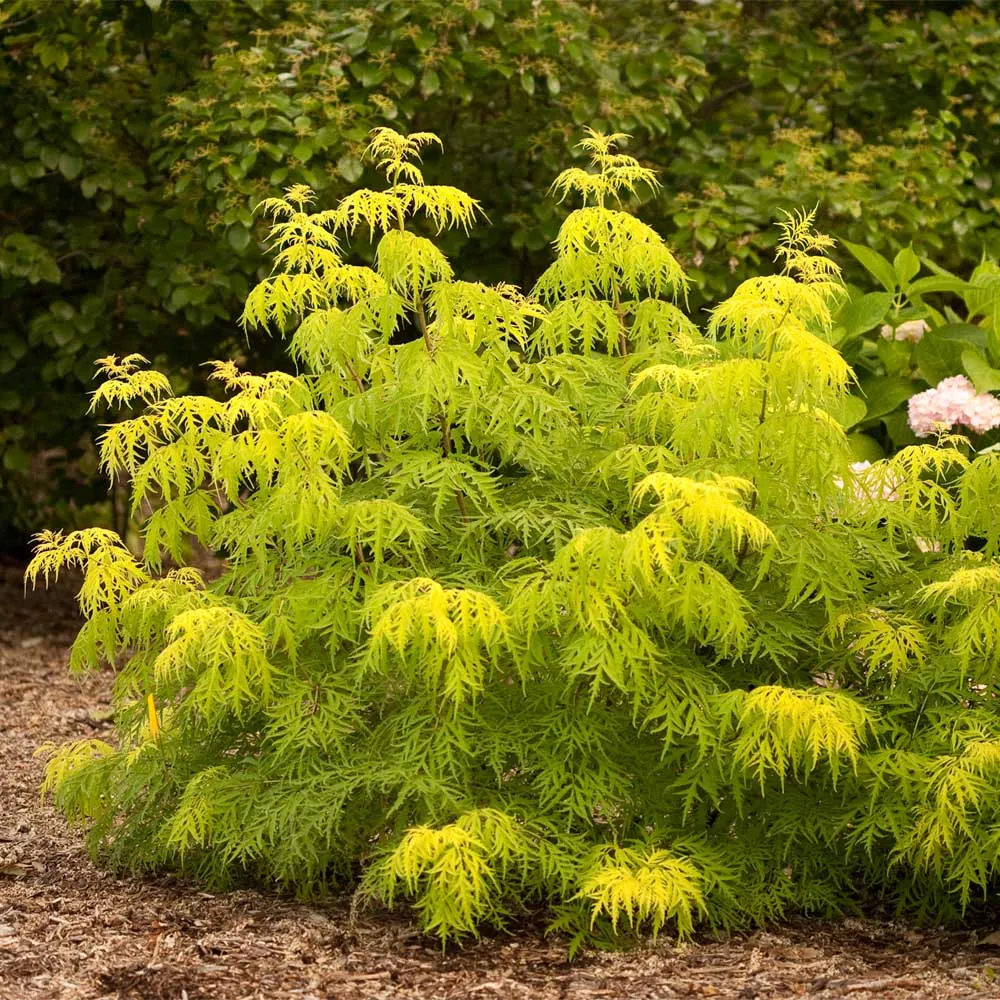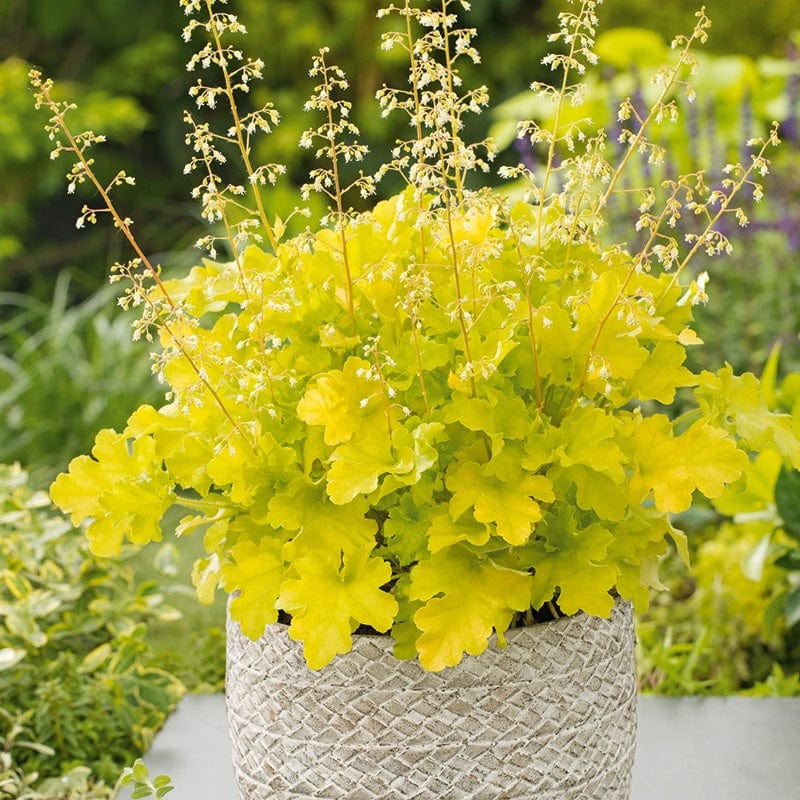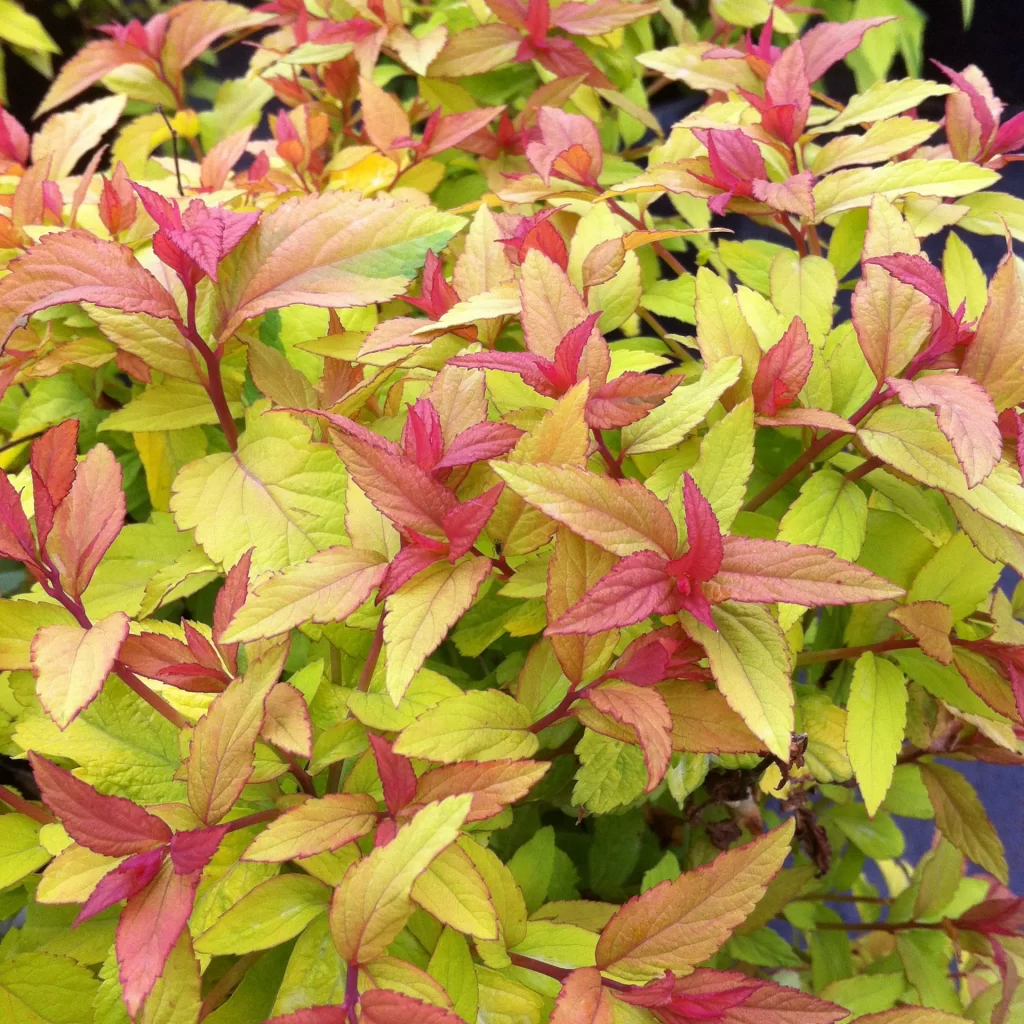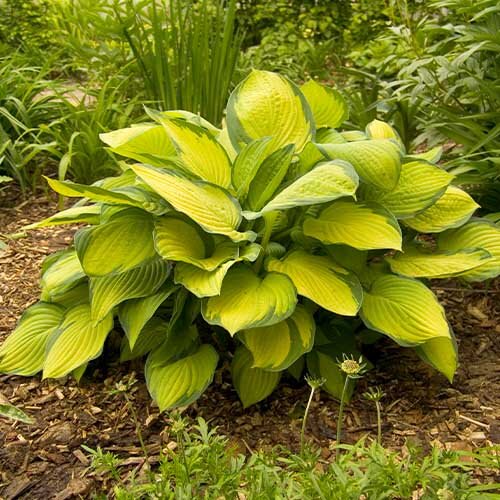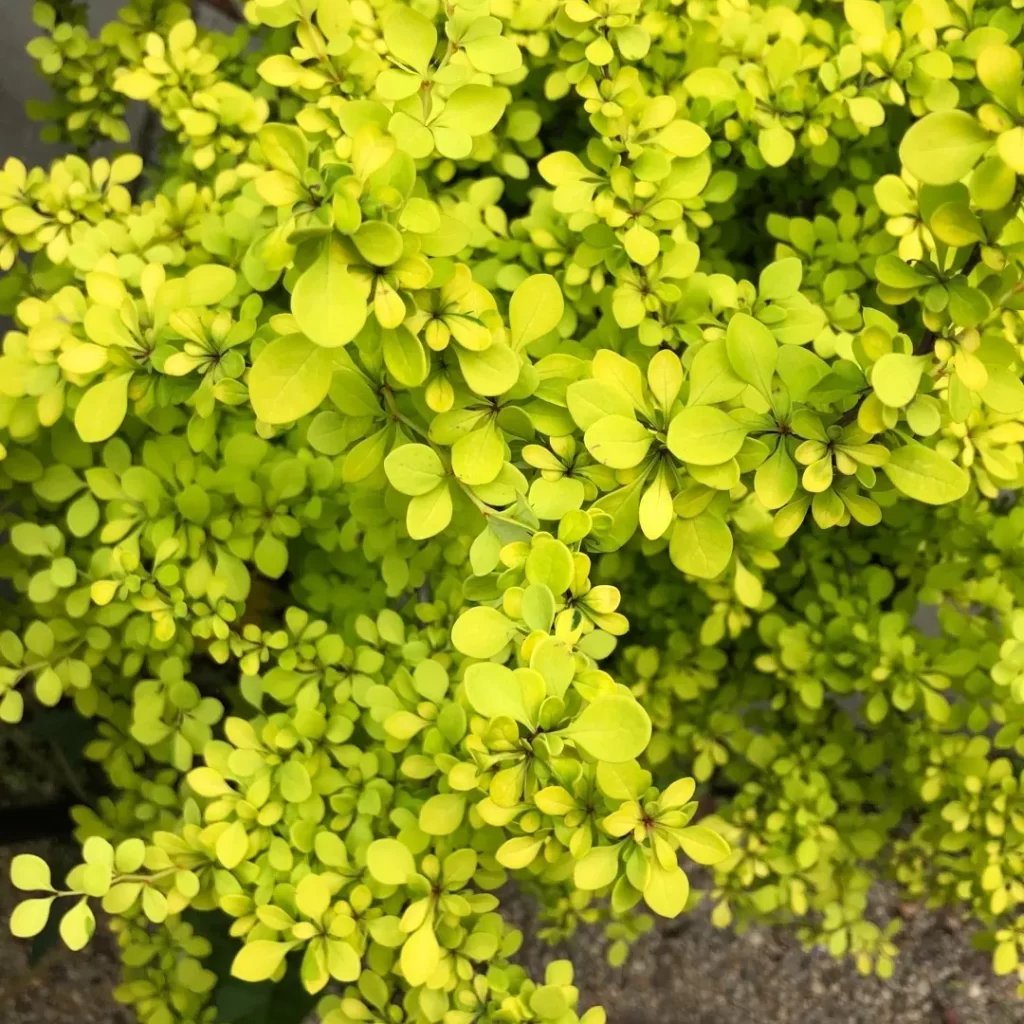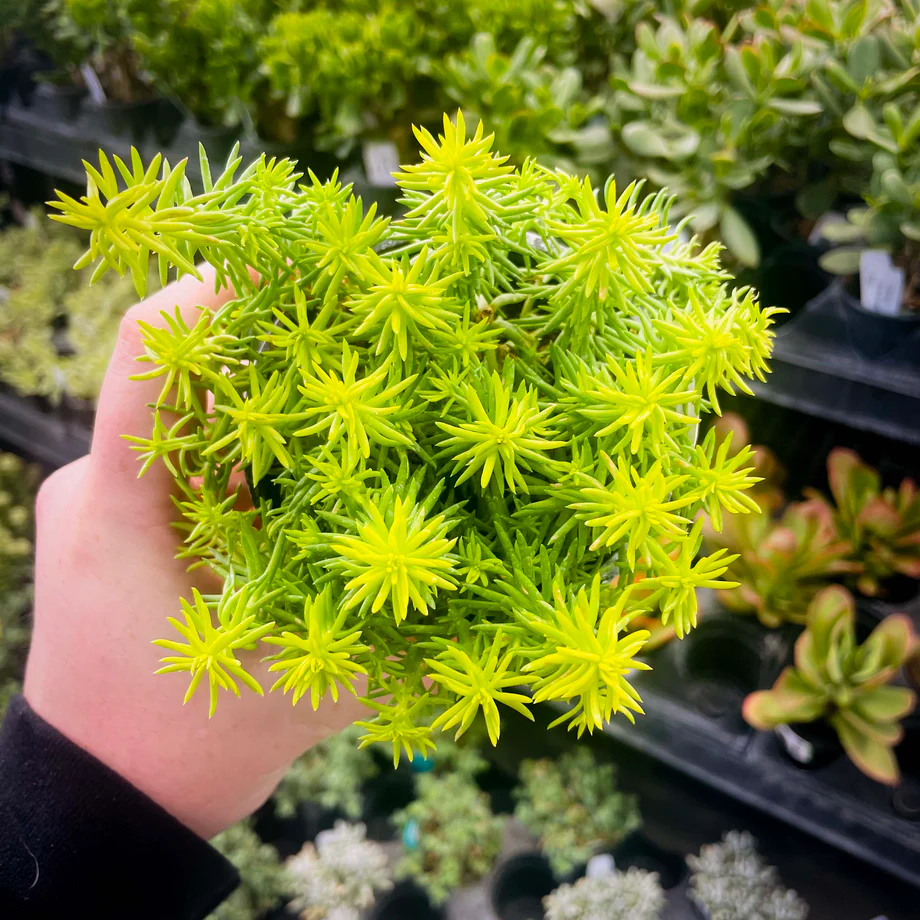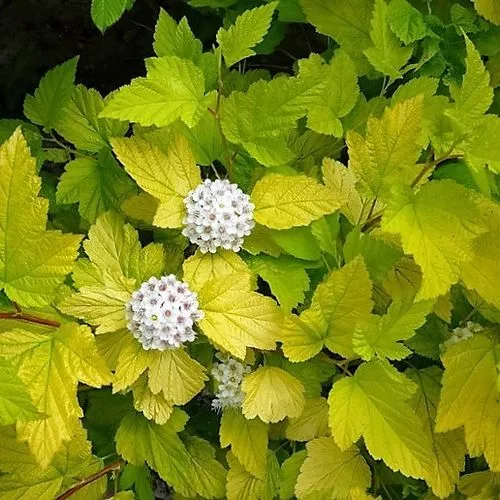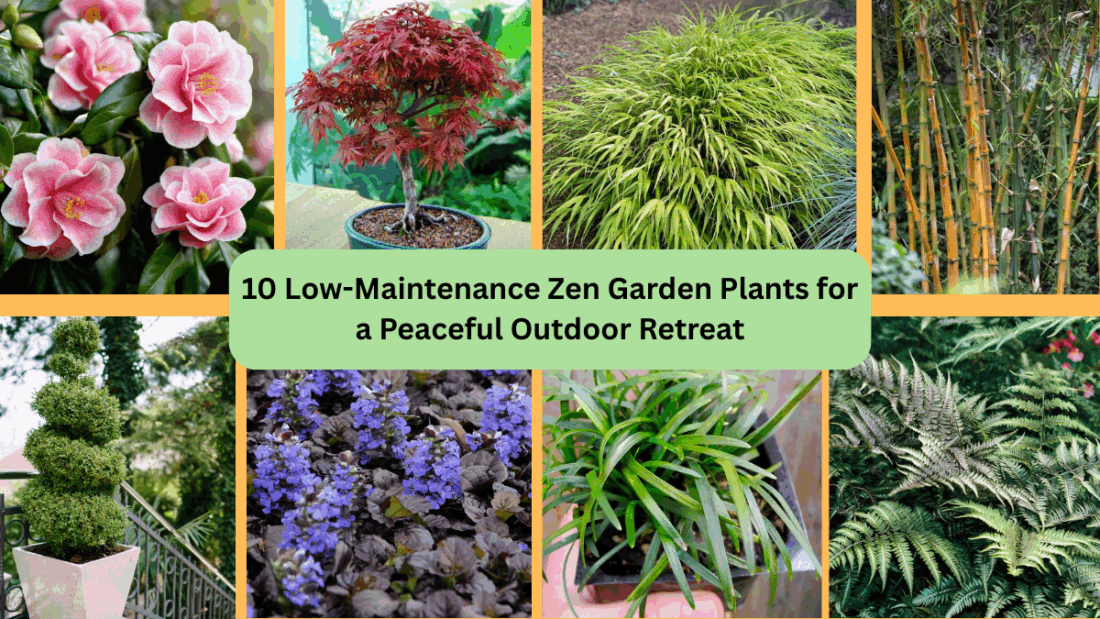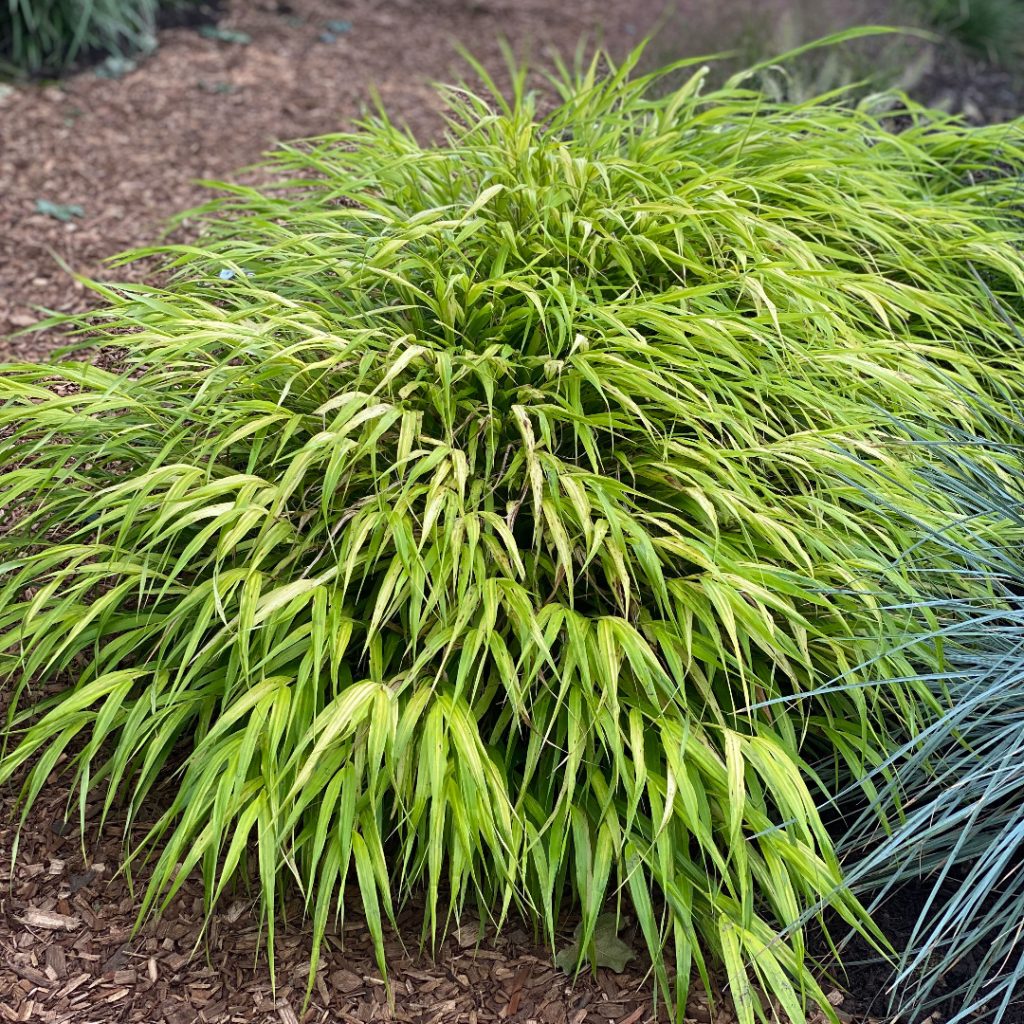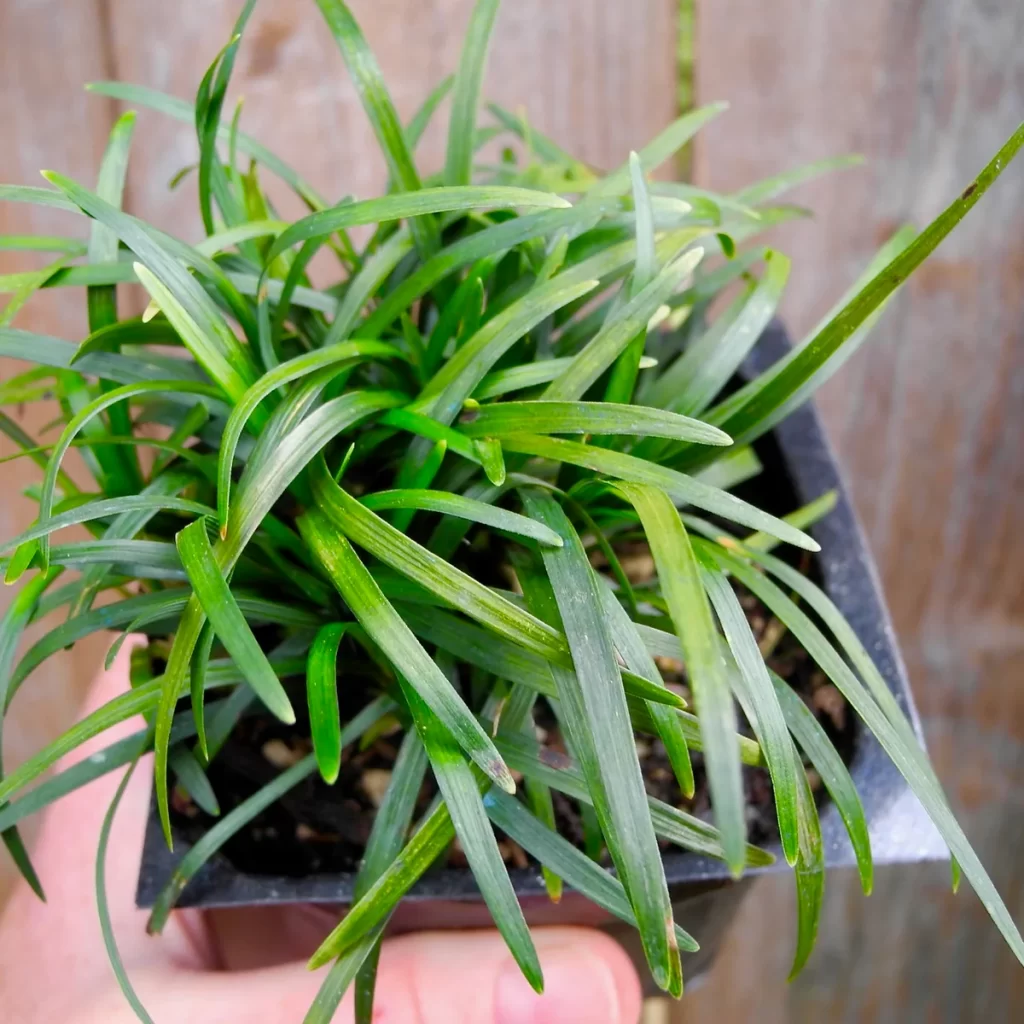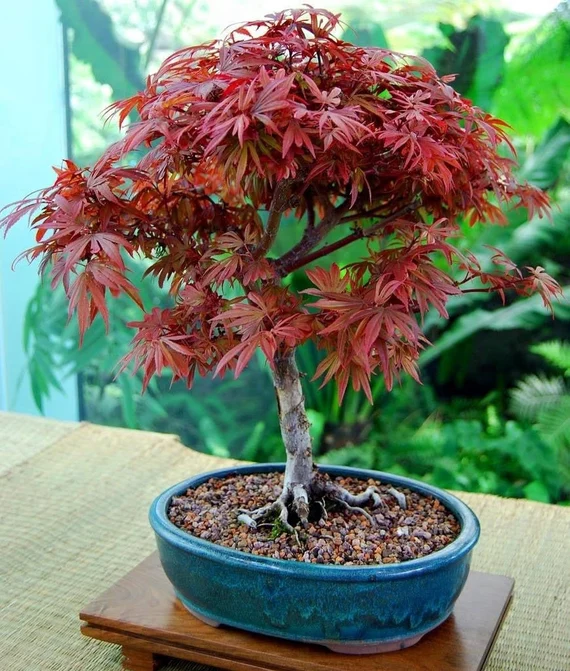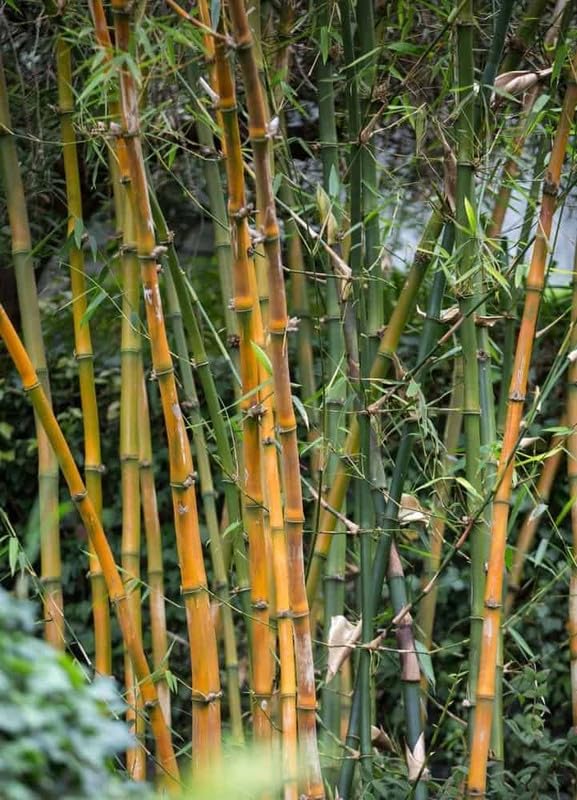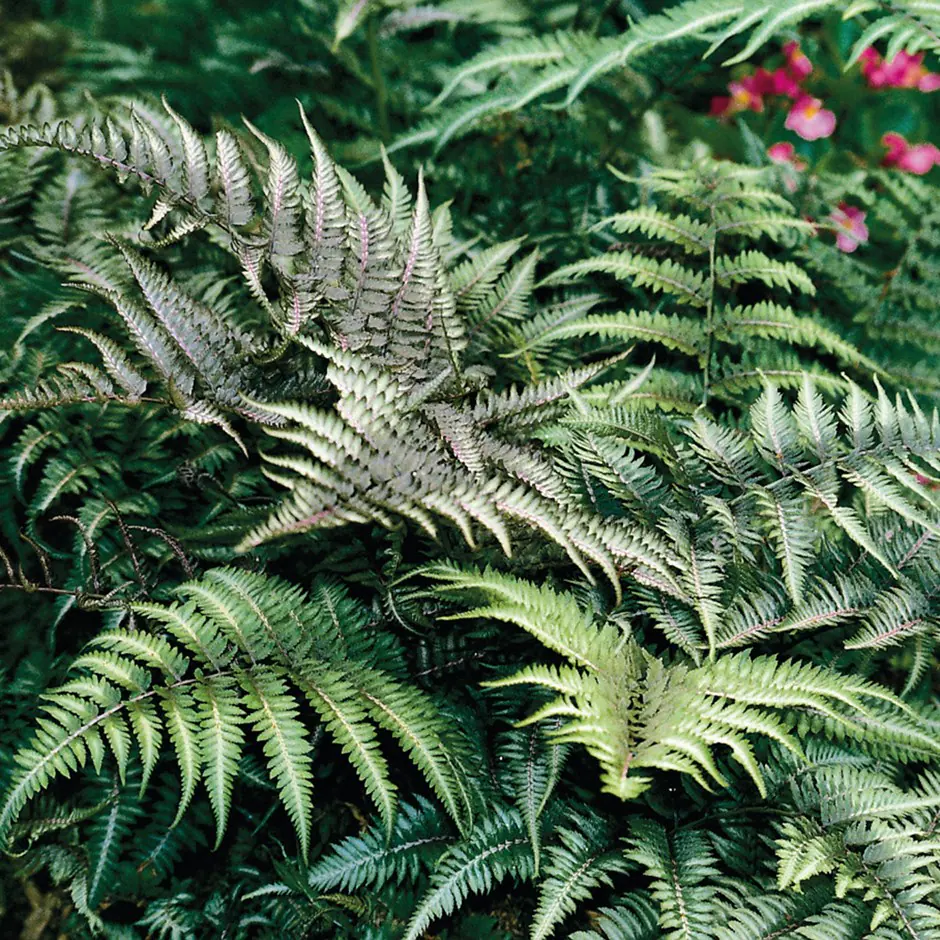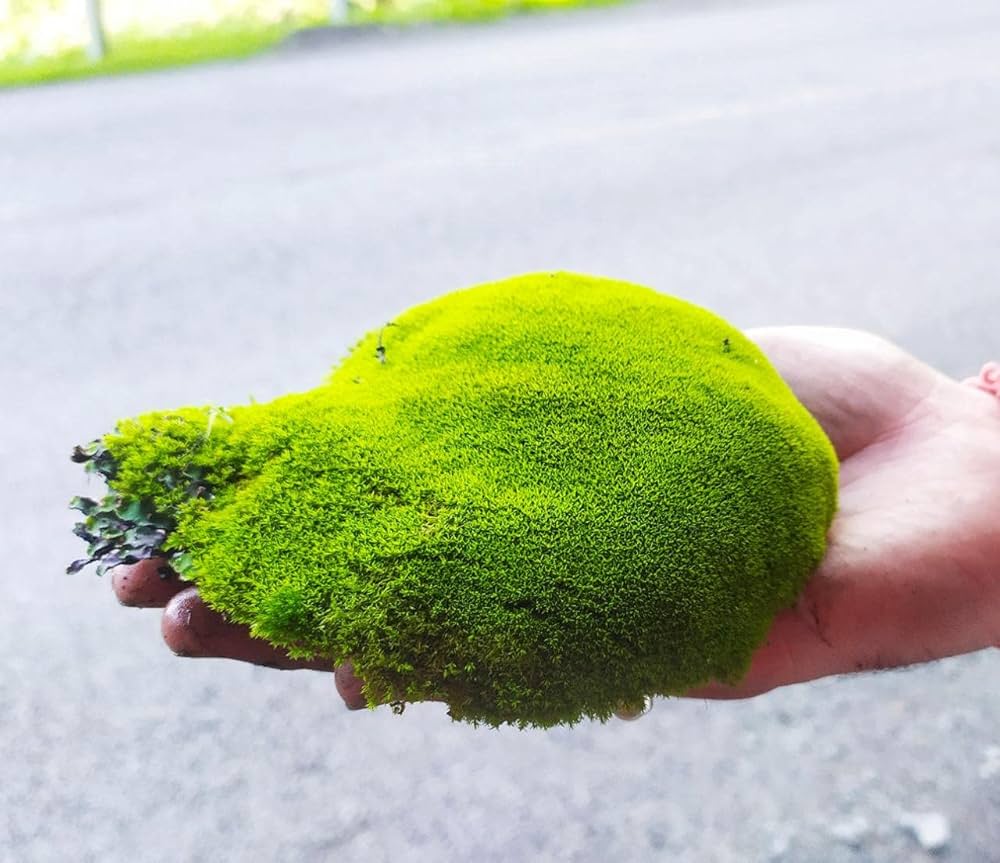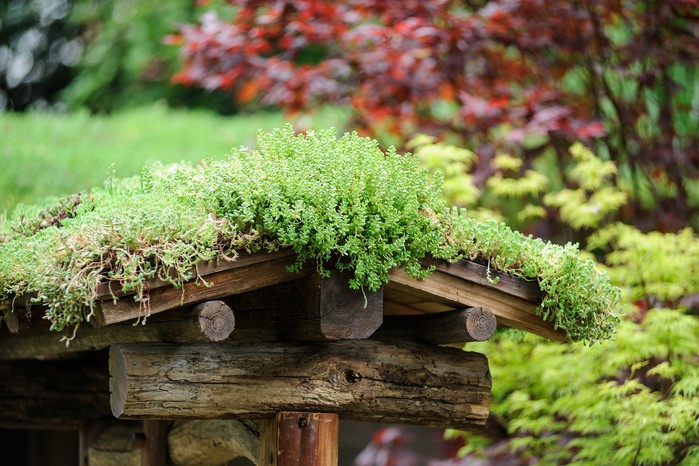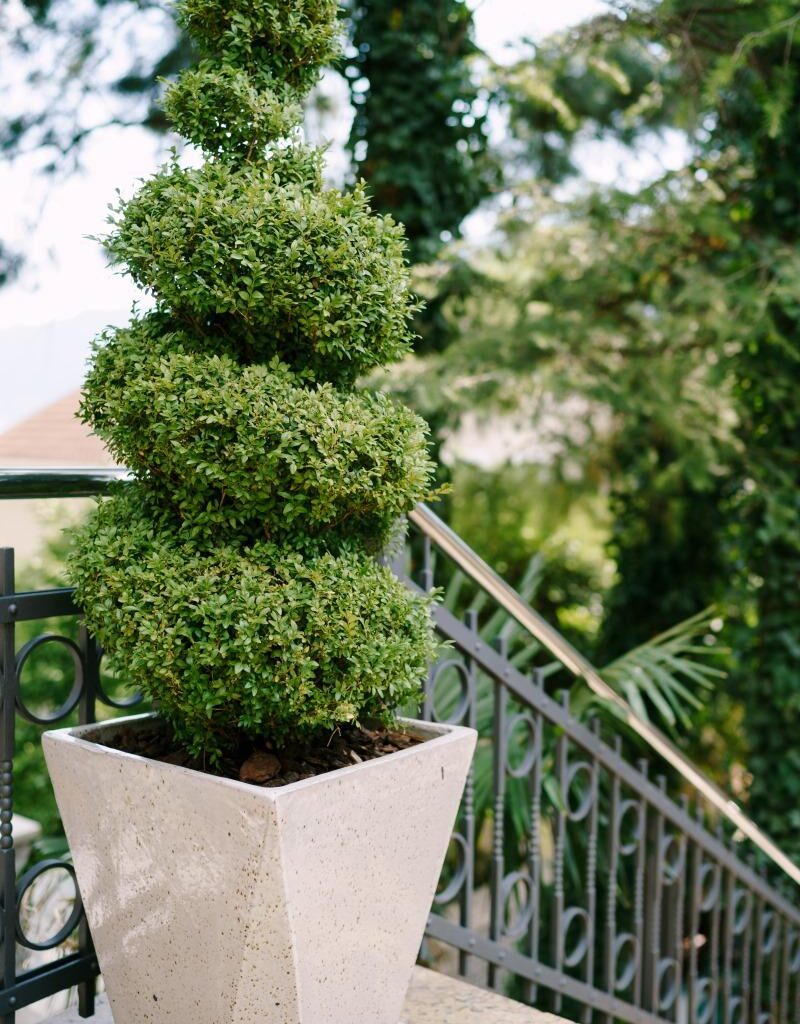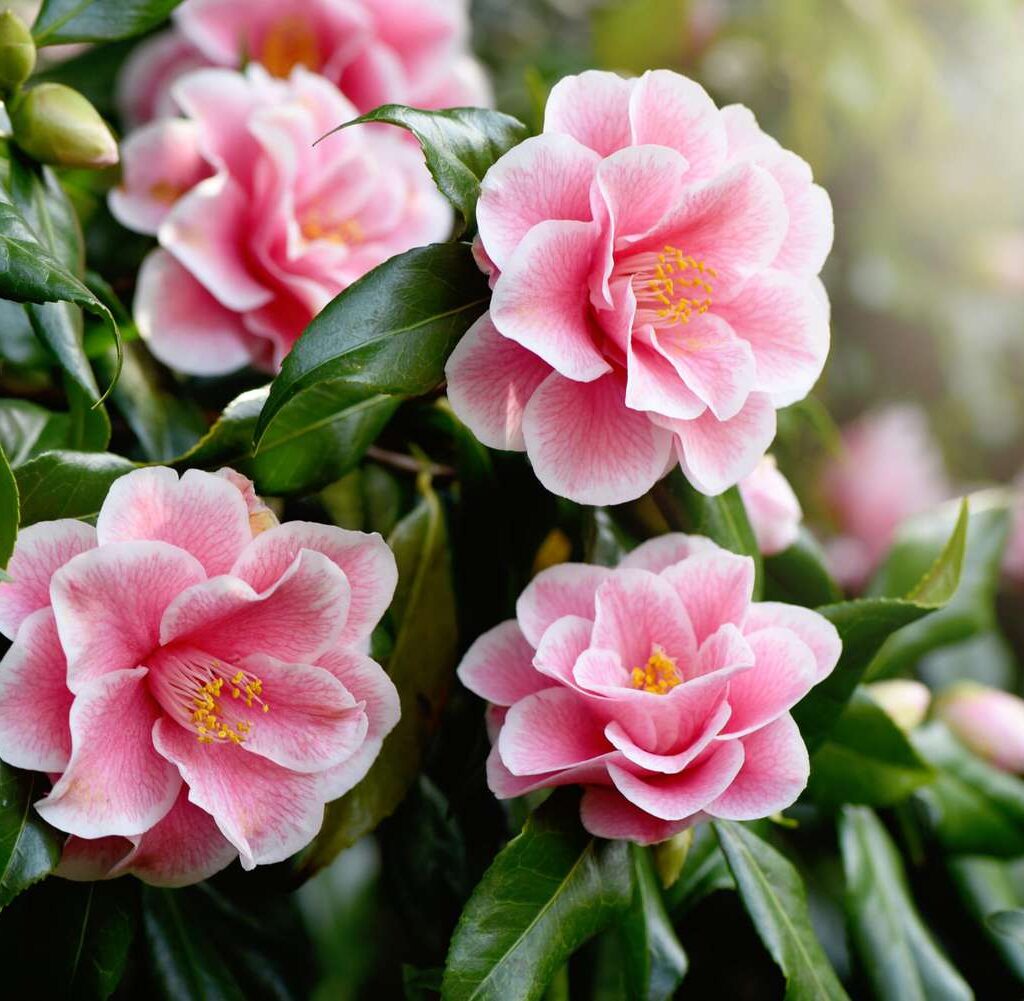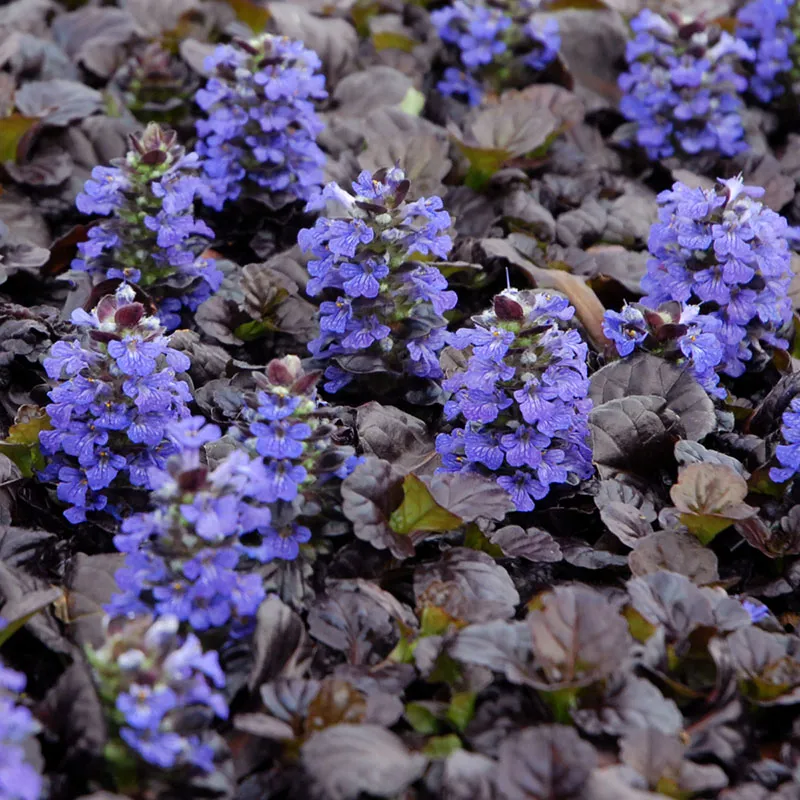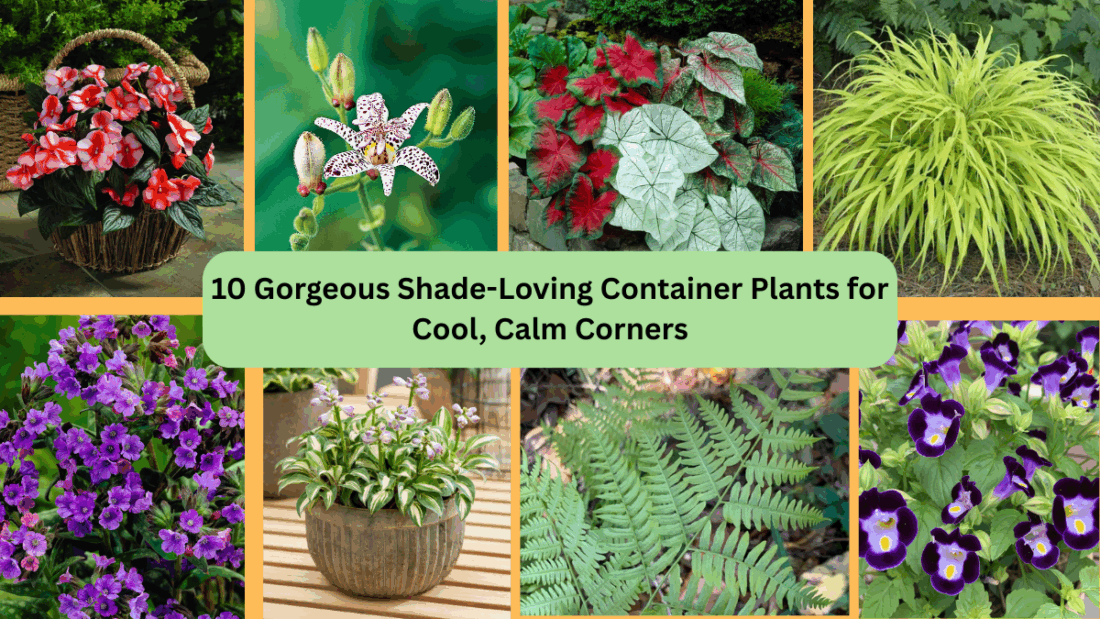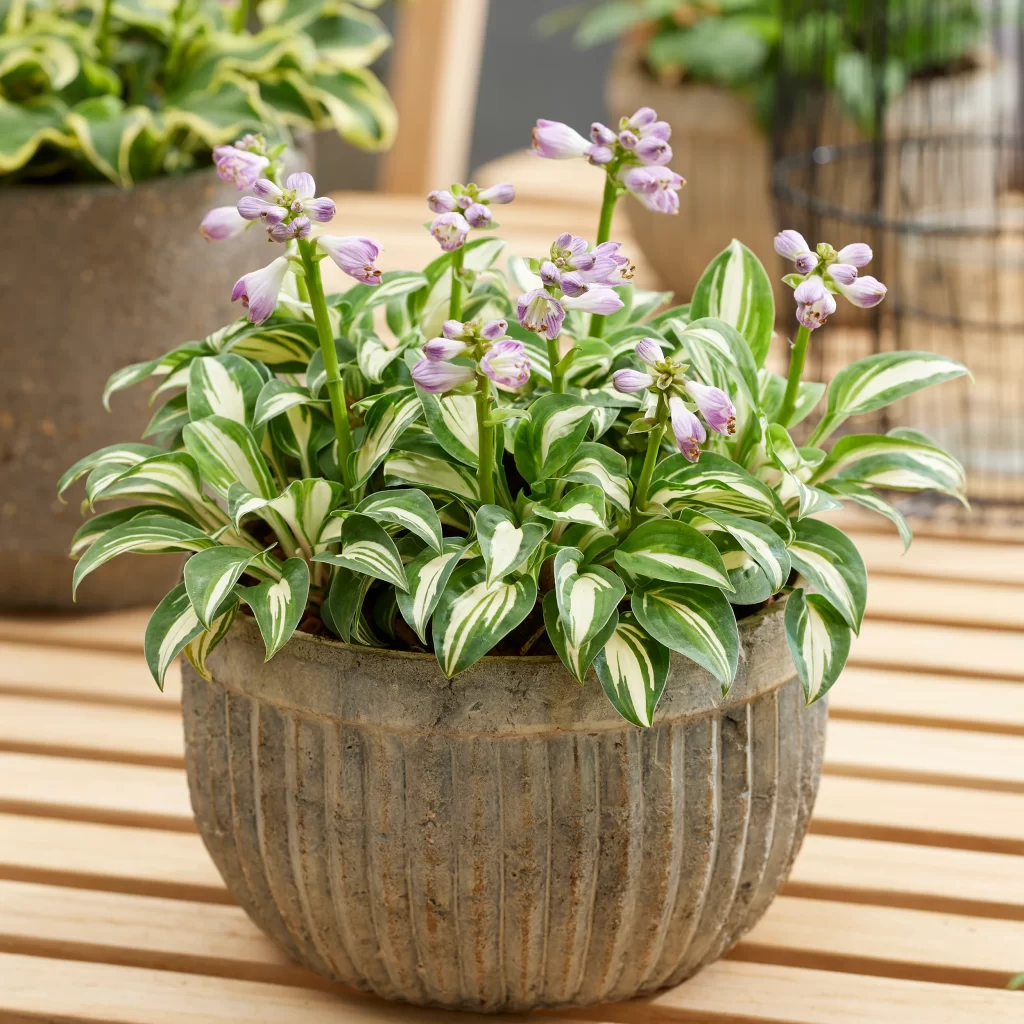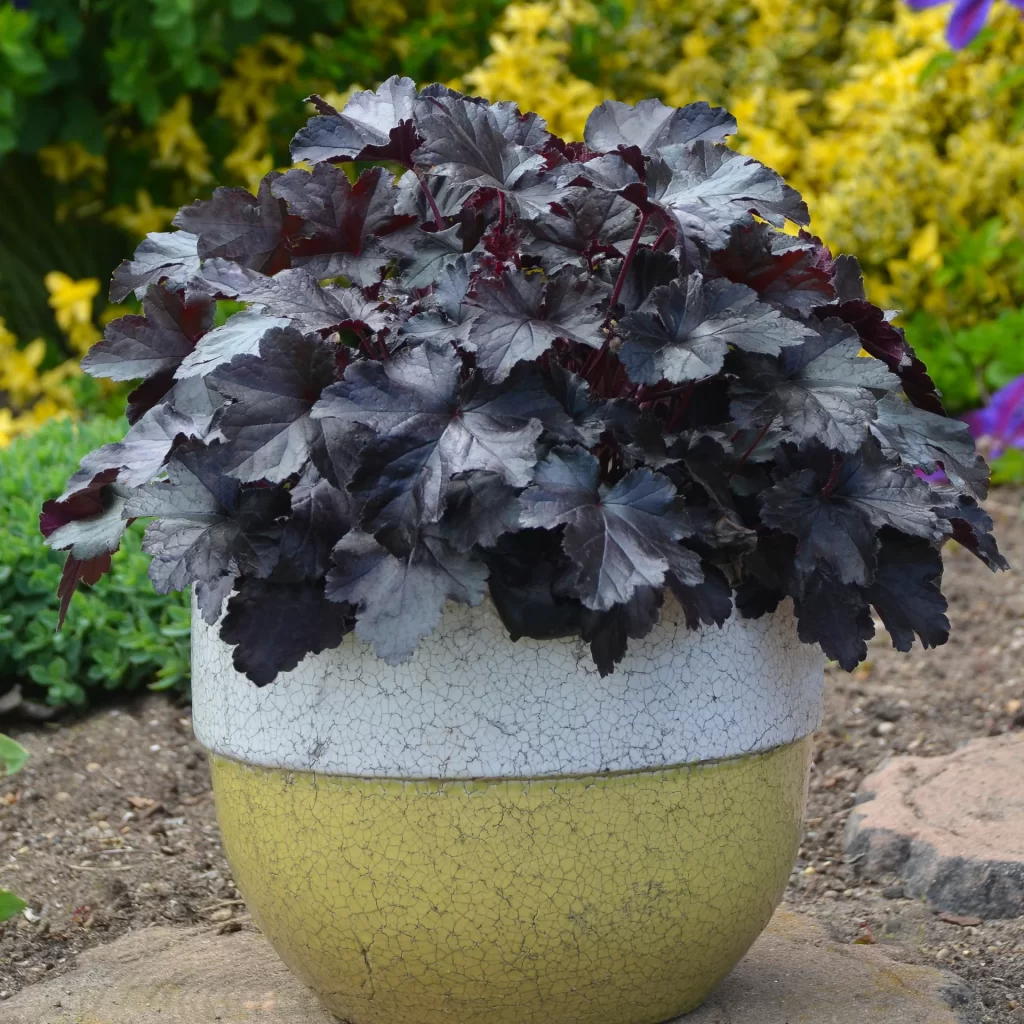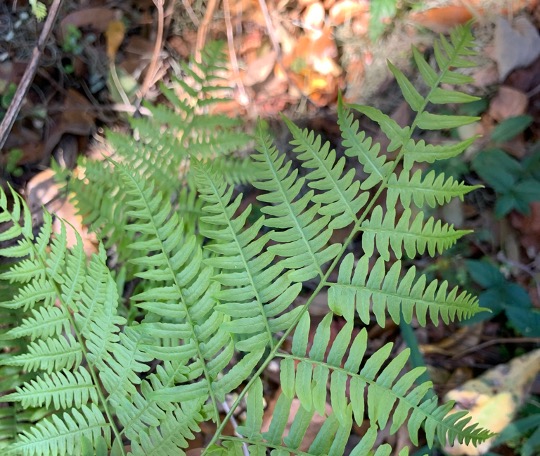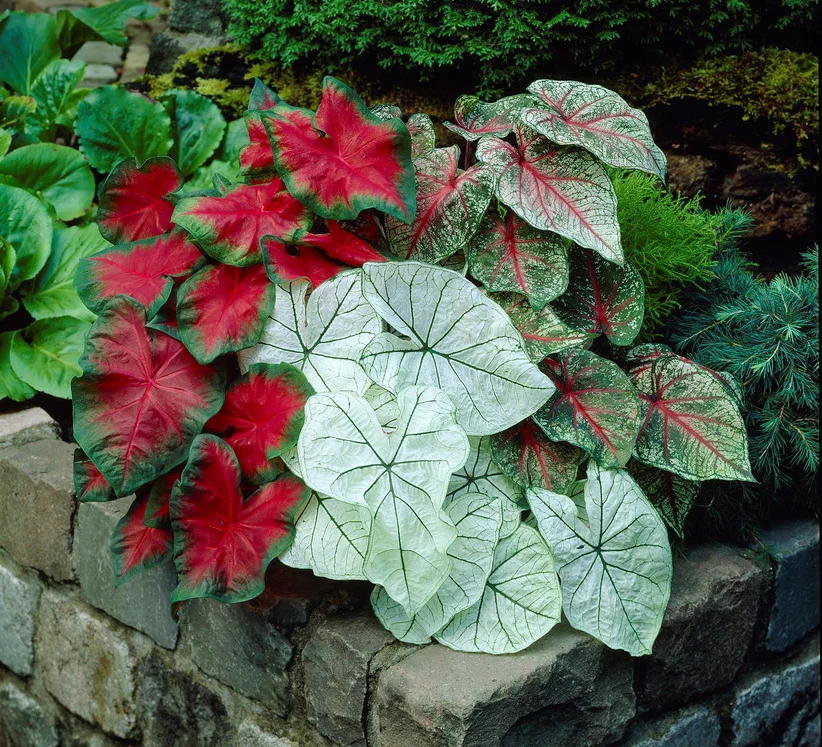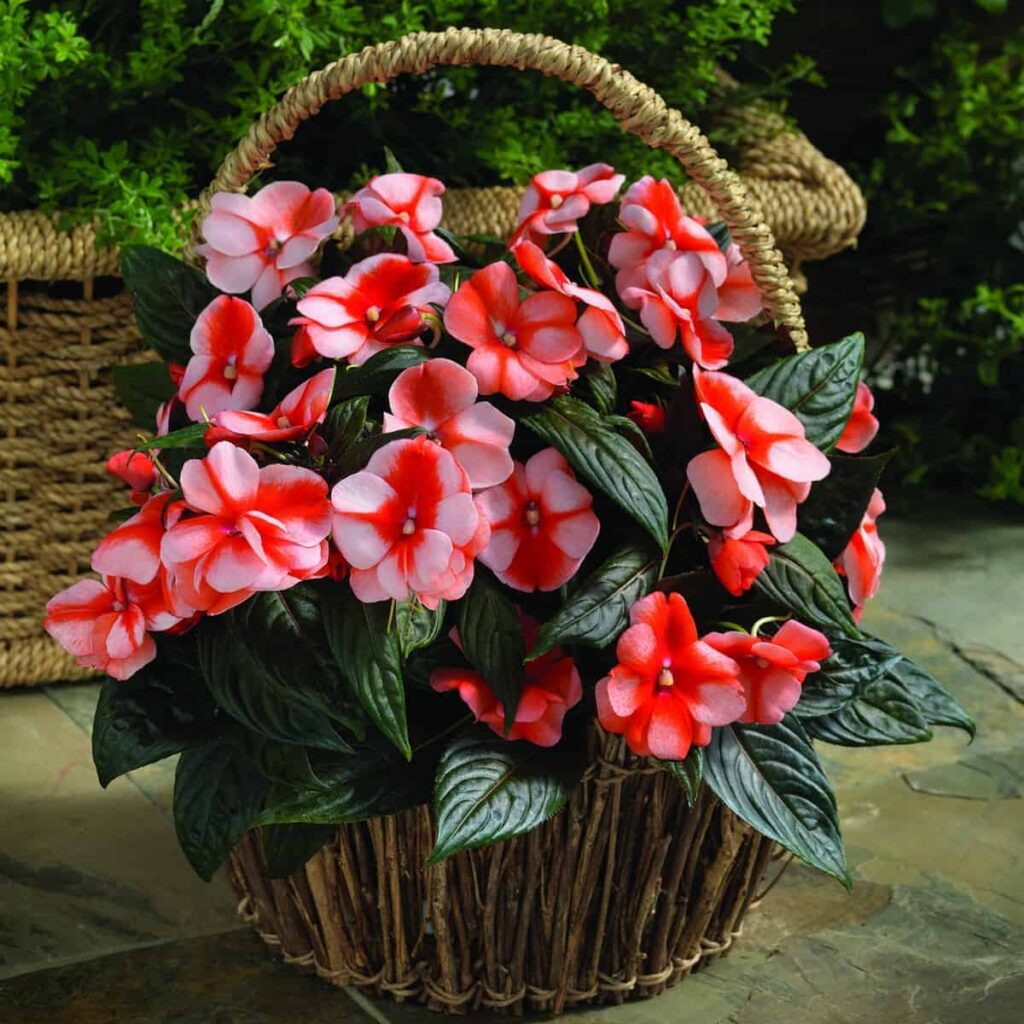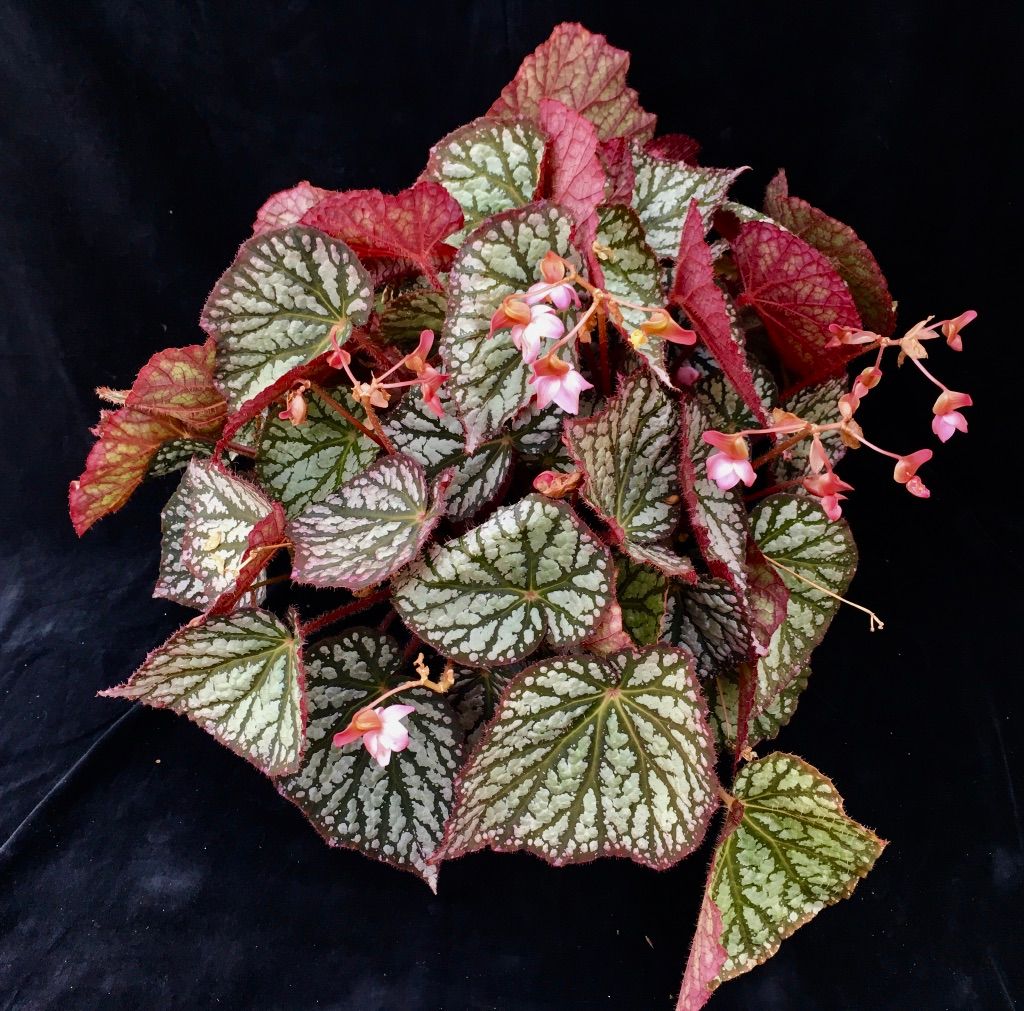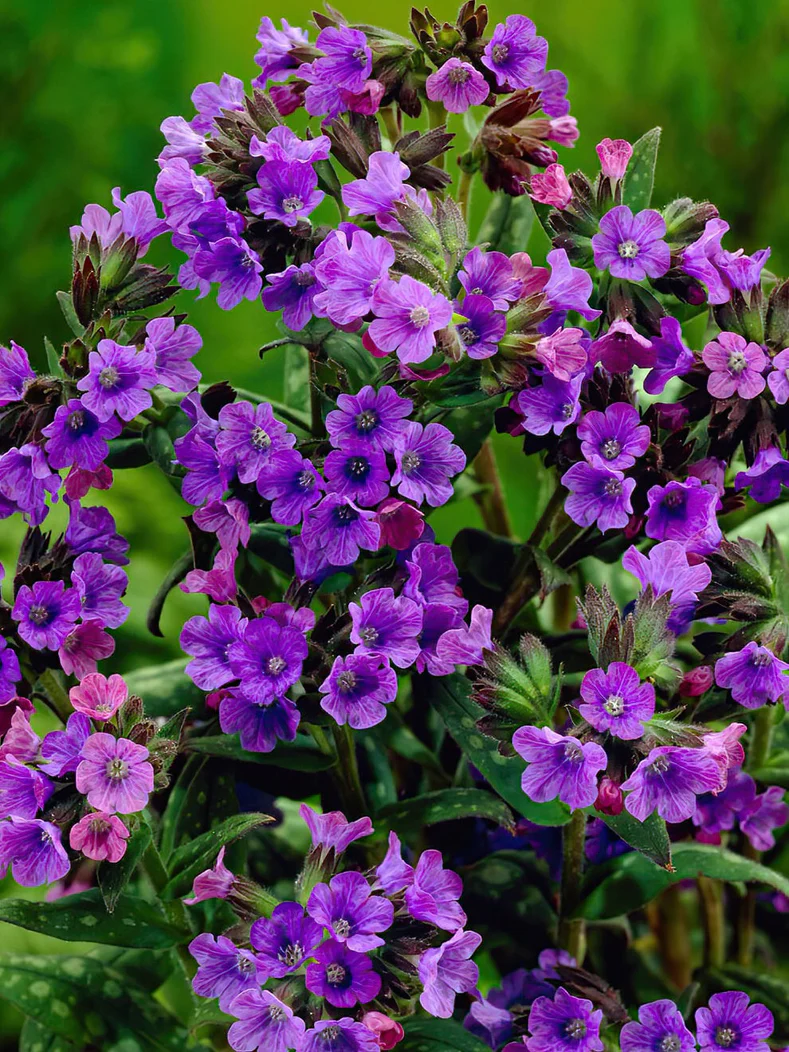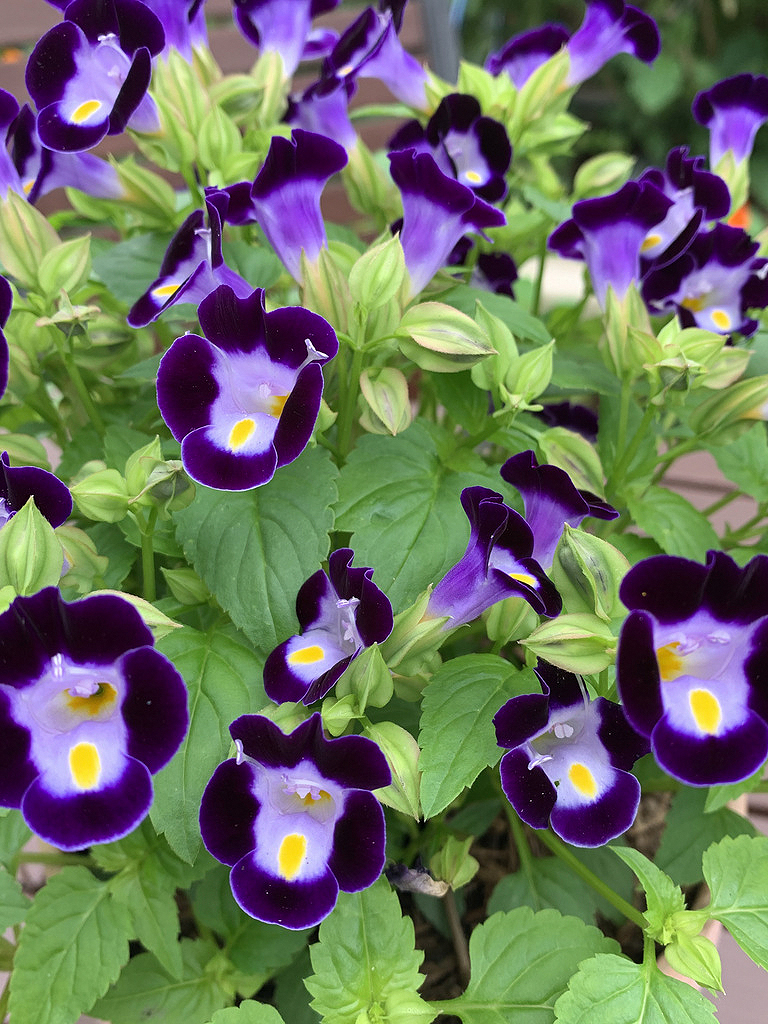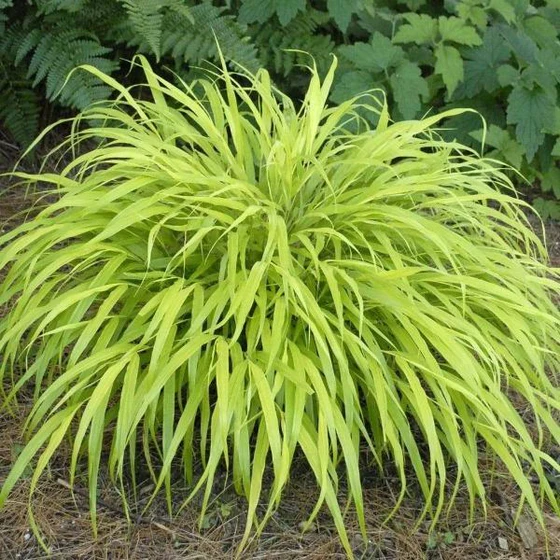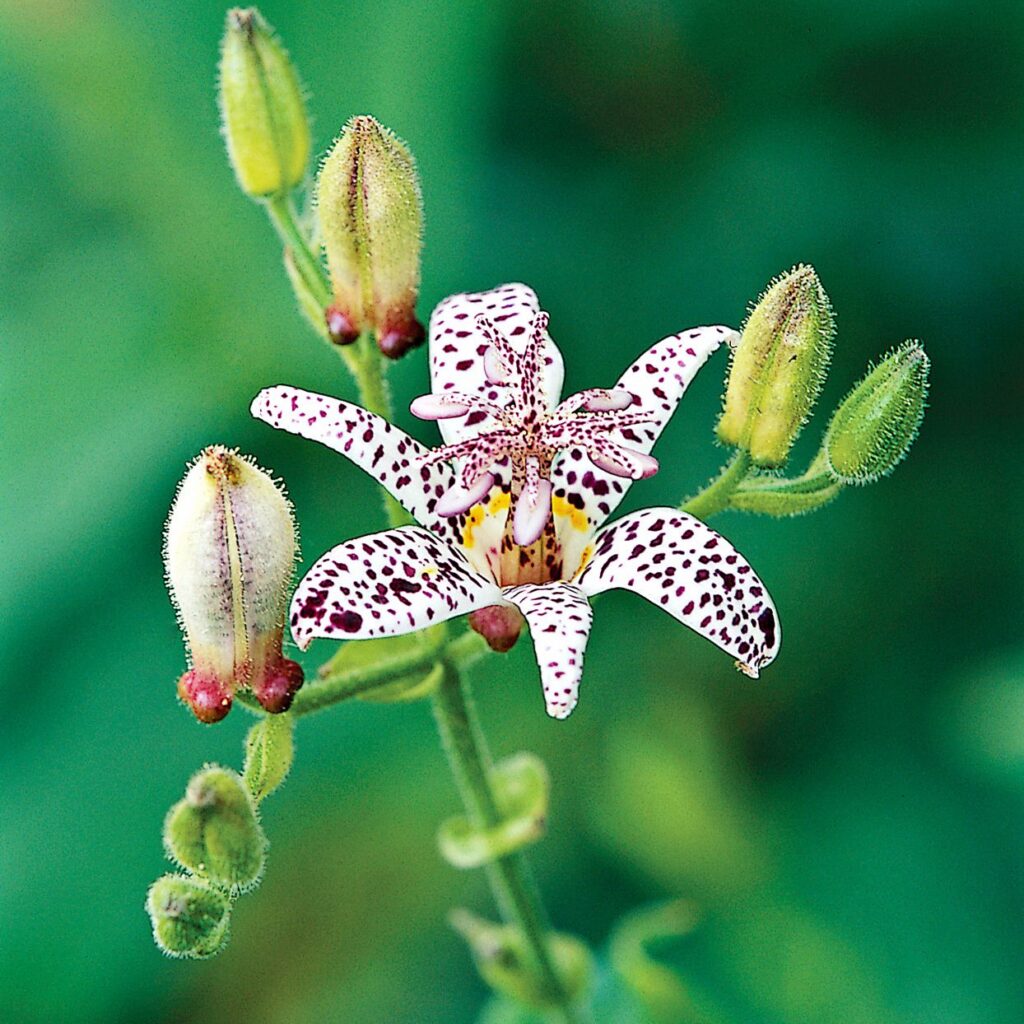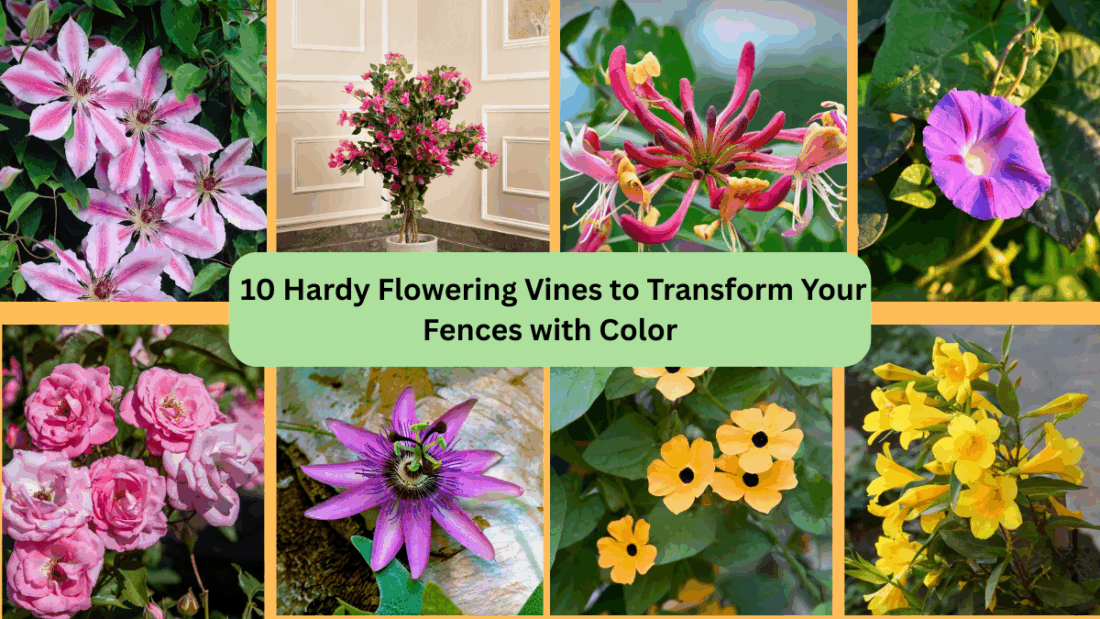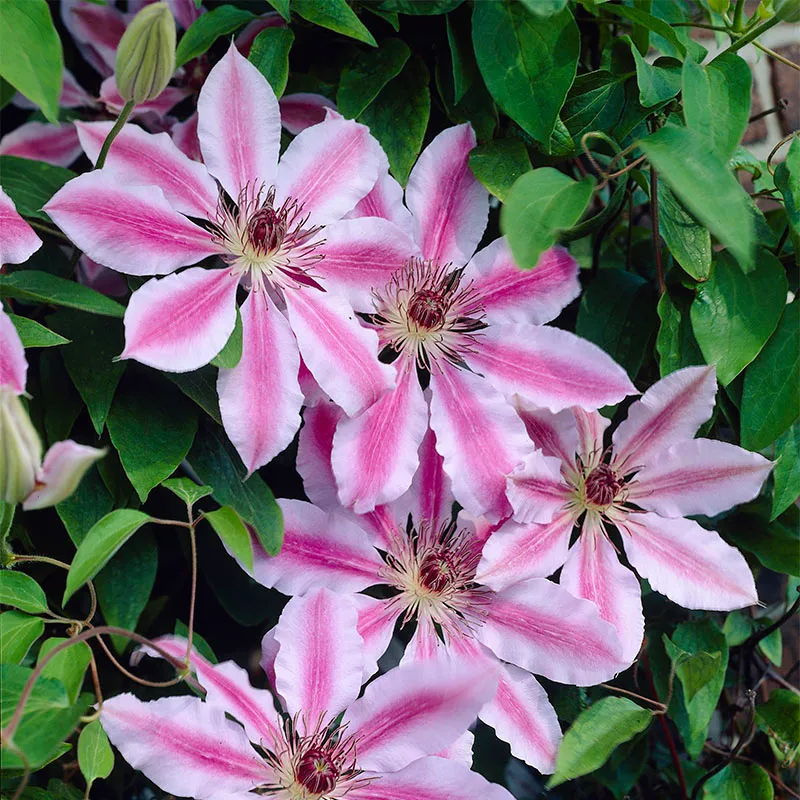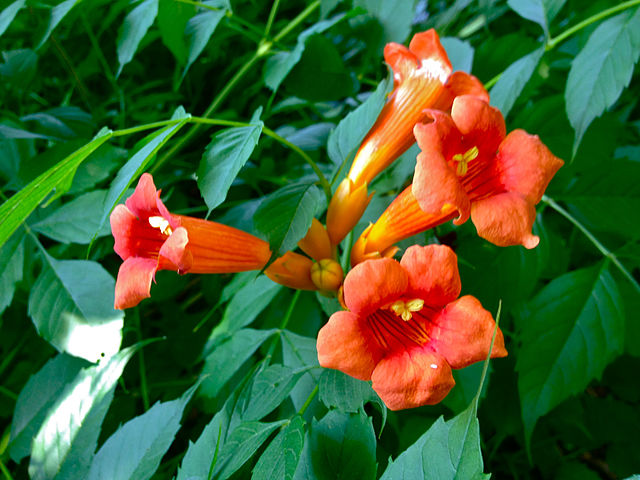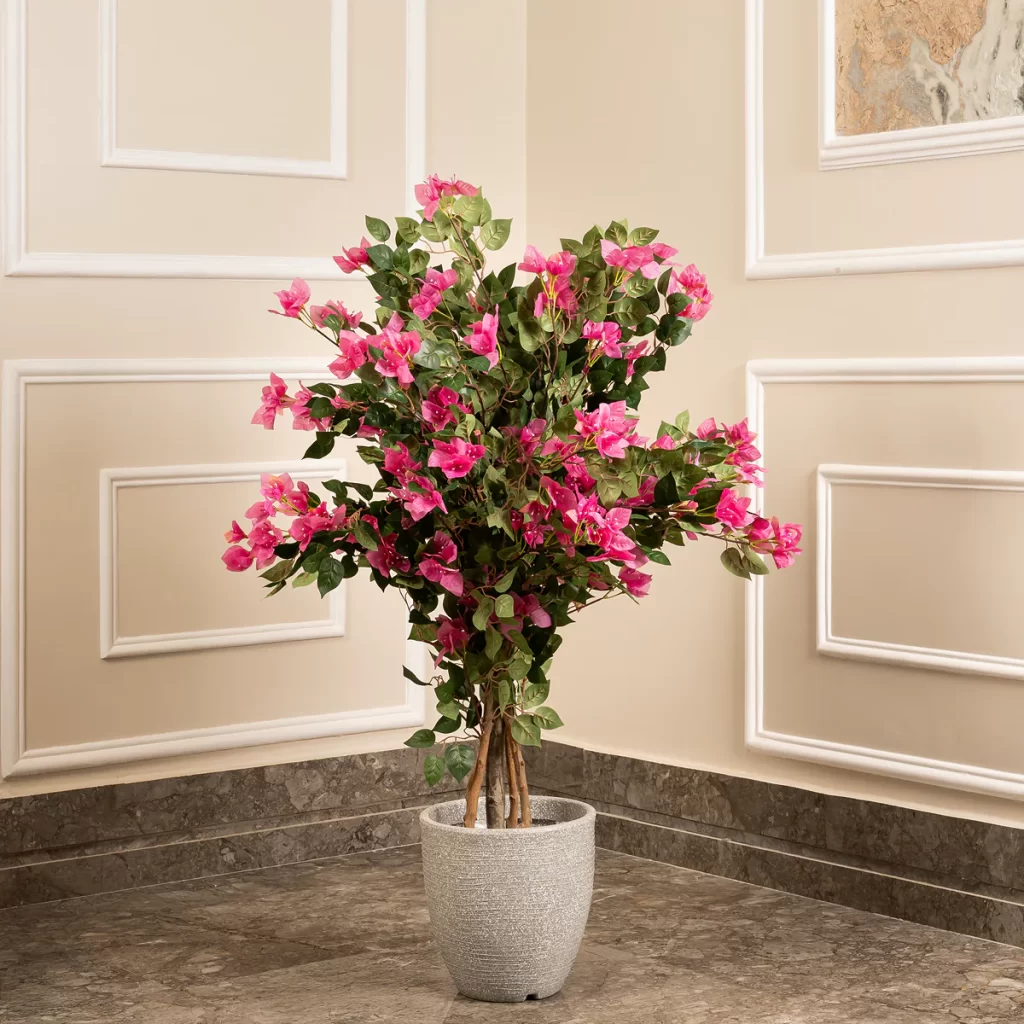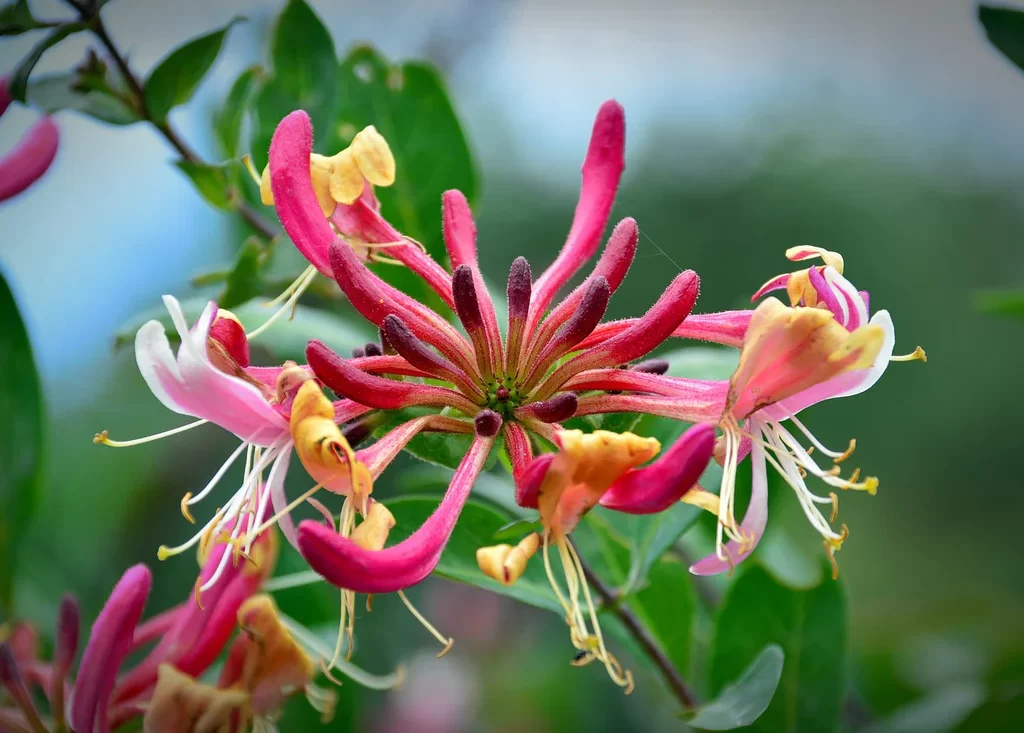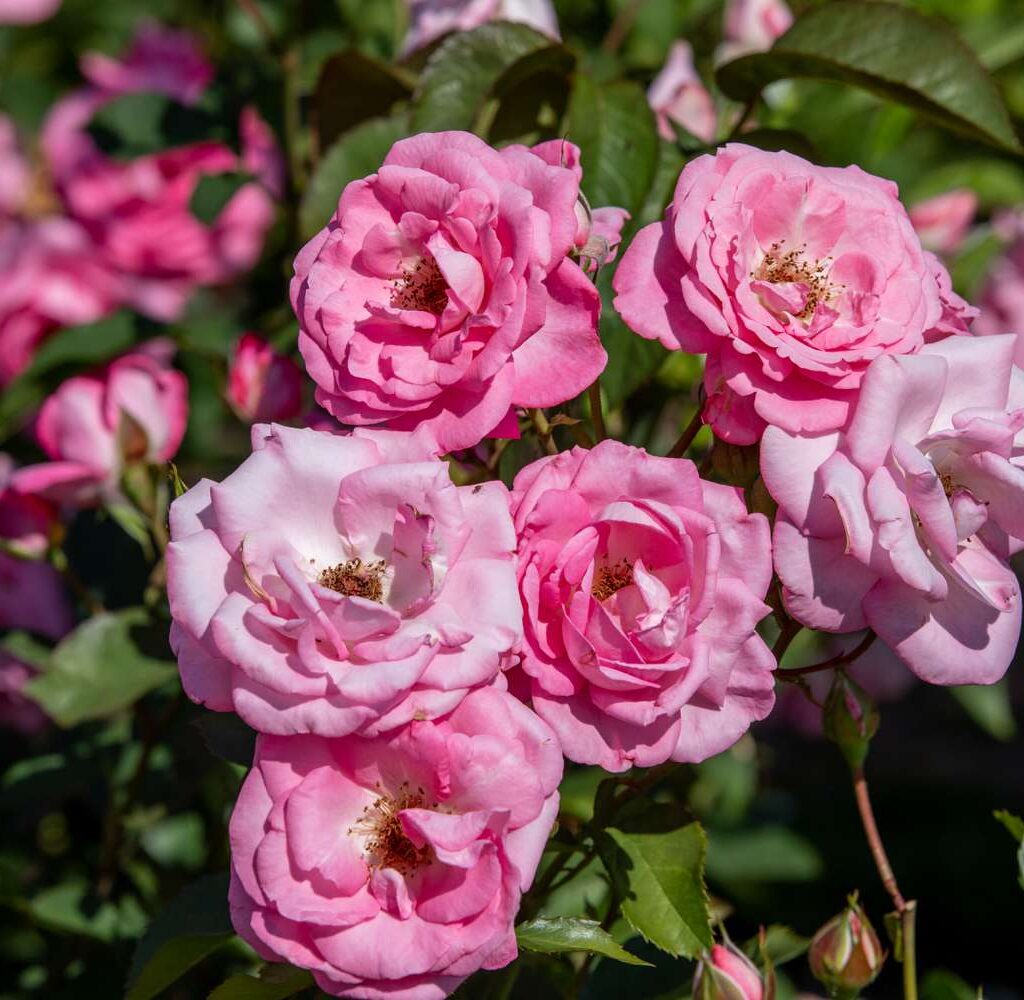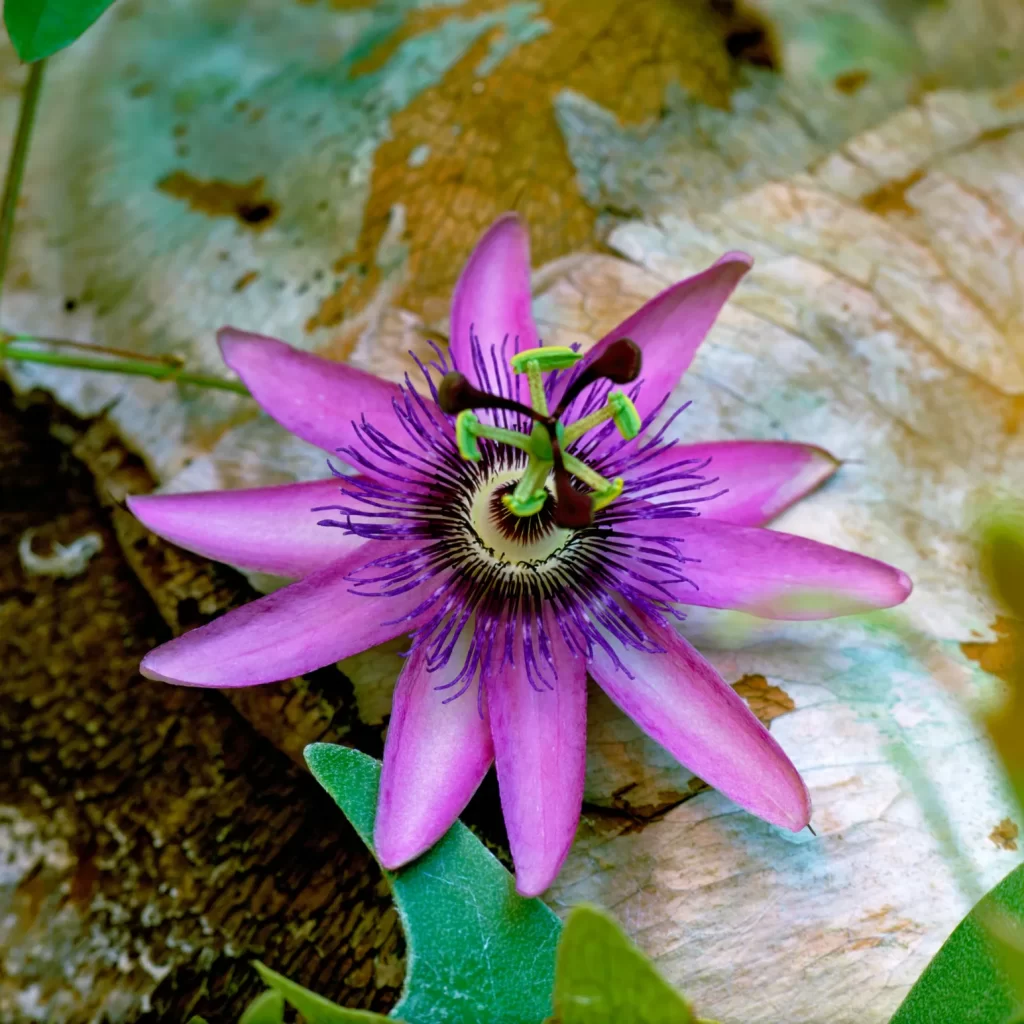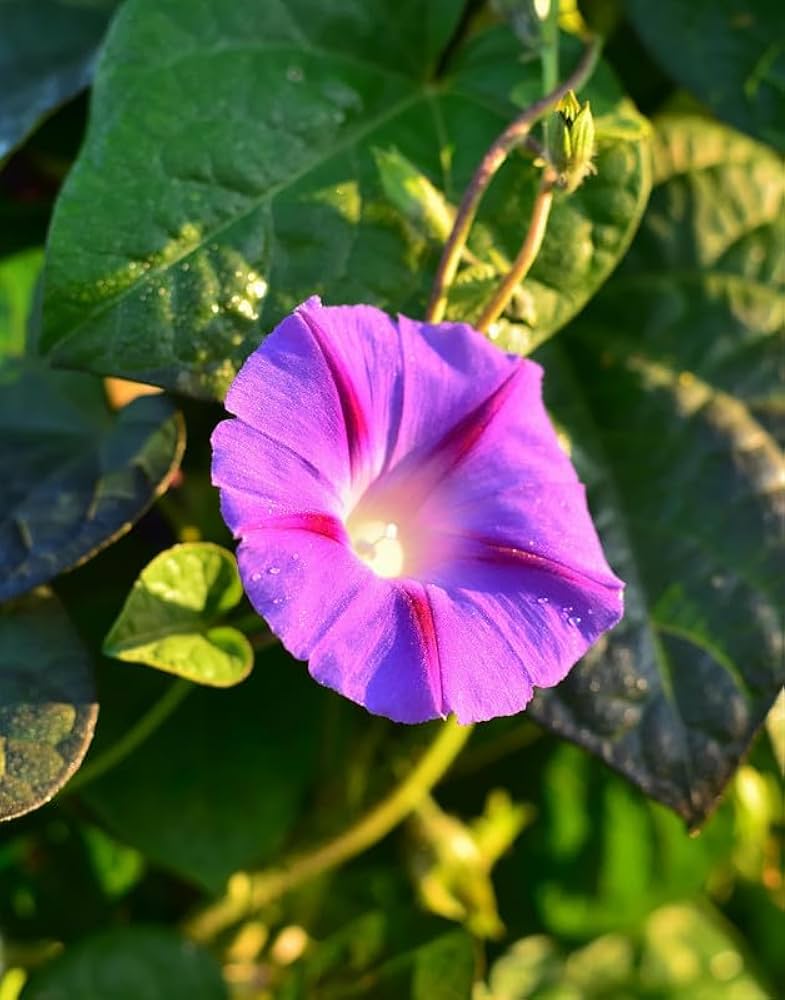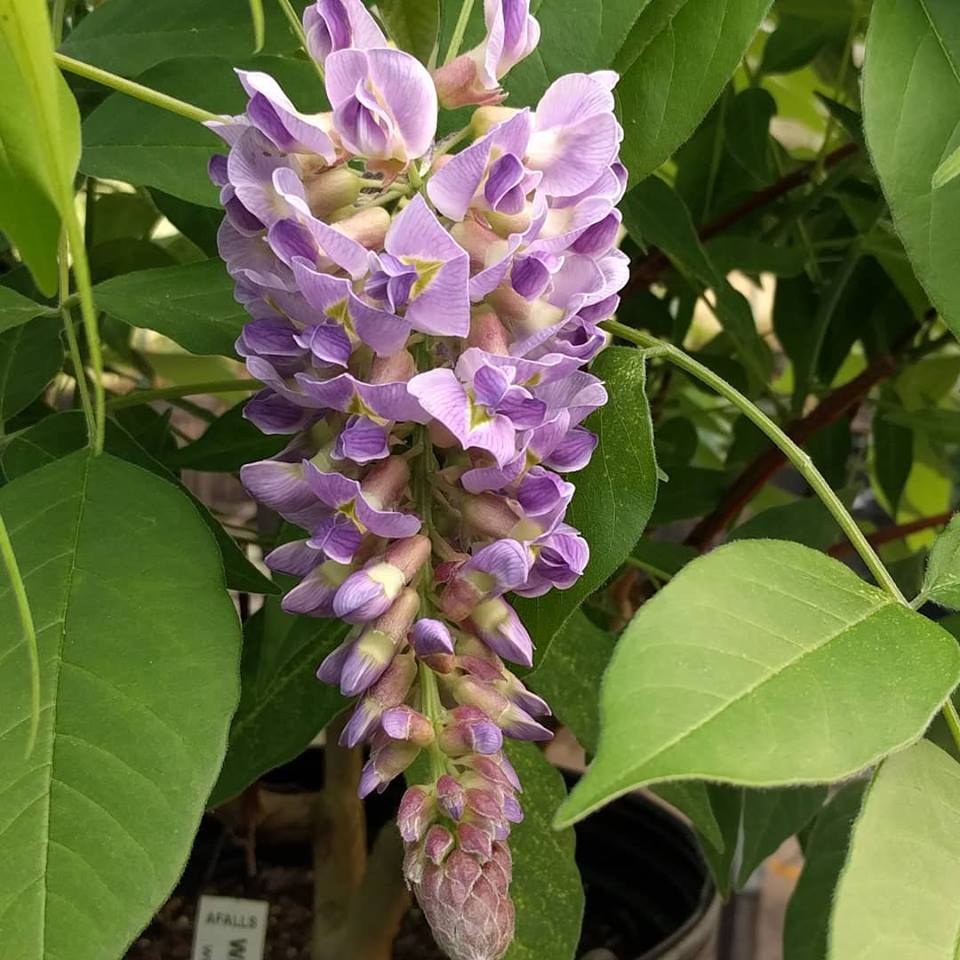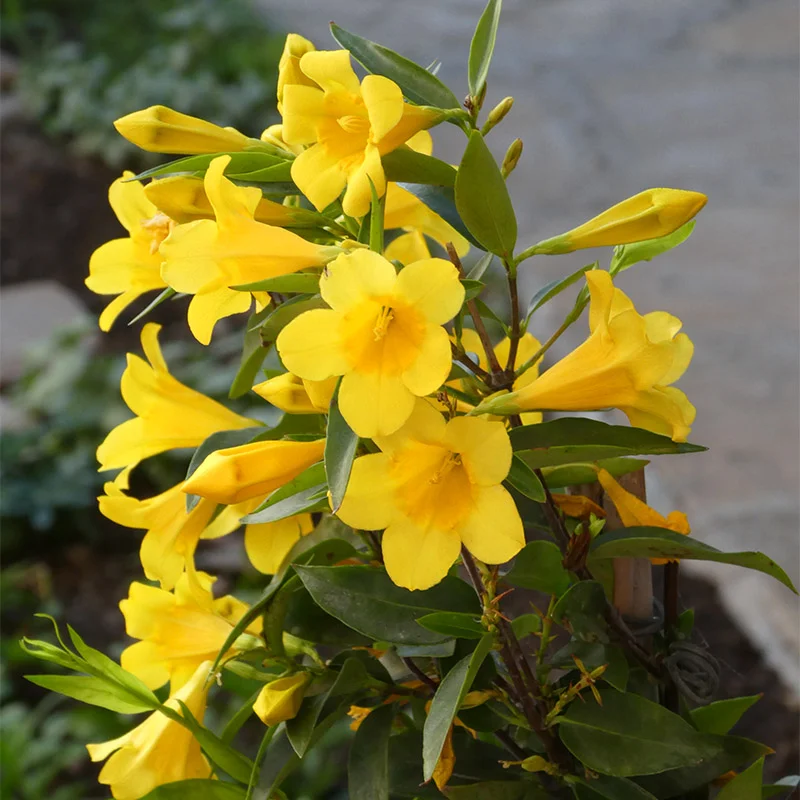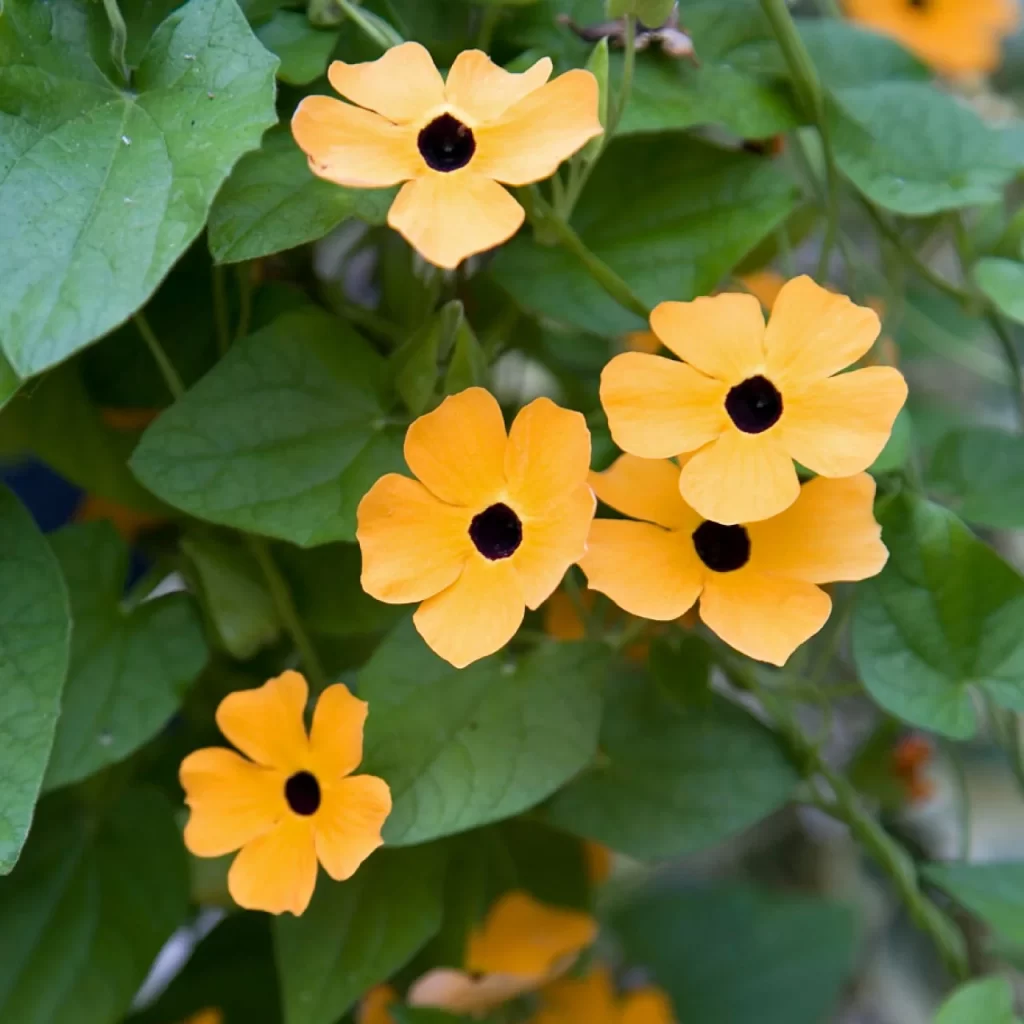Bonsai is more than a gardening practice it’s a living art form that celebrates patience, precision, and the profound beauty of nature in miniature. While classic species like junipers and ficus dominate most collections, the world of bonsai is filled with rare and unique varieties that elevate the craft to new heights. Whether you’re a seasoned collector or a passionate plant lover seeking something extraordinary, these 10 rare bonsai plants offer uncommon beauty, fascinating character, and artistic challenge worth treasuring.
1. Wisteria Bonsai (Wisteria floribunda)
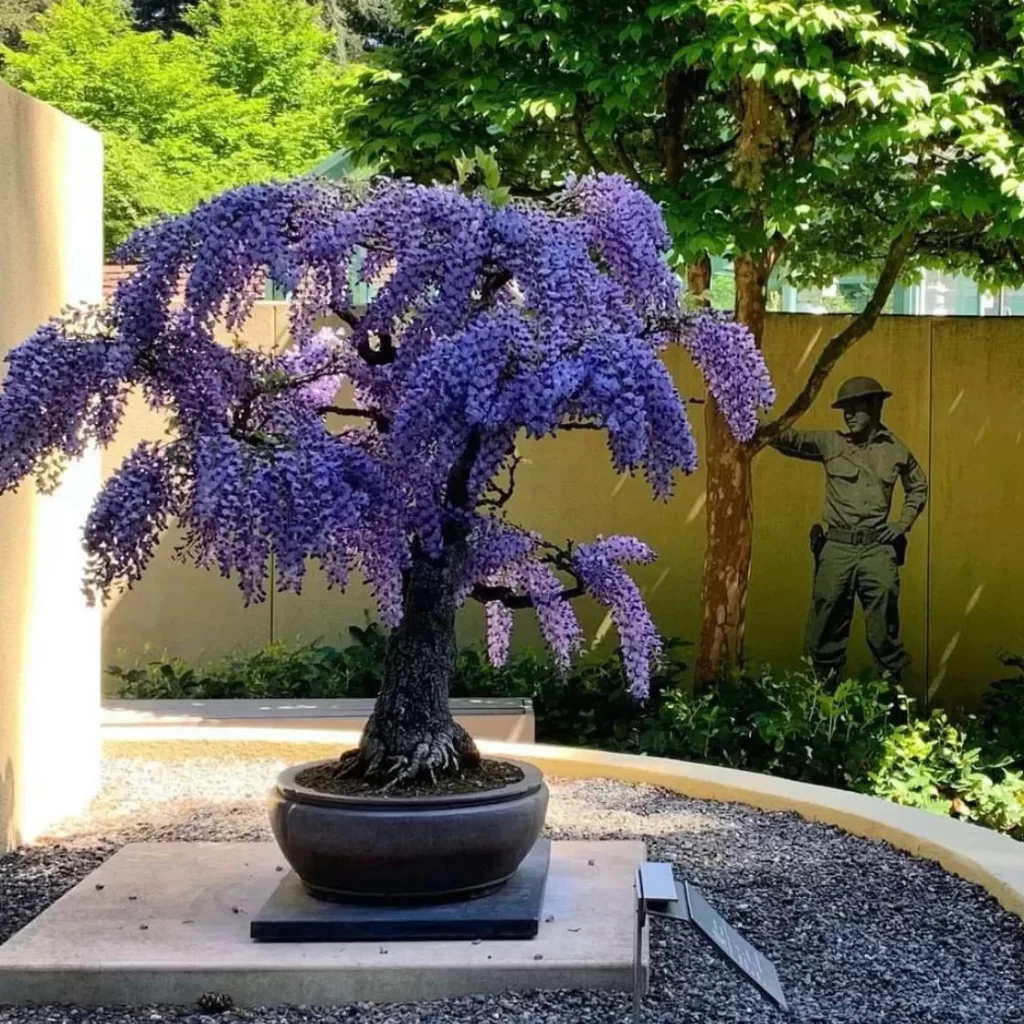
Wisteria bonsai is a breathtaking rarity prized for its cascading, fragrant blooms that resemble violet waterfalls. Although commonly seen climbing garden arbors, growing wisteria as a bonsai demands skill and patience but the reward is worth it. With proper care and pruning, it produces elegant flower clusters in spring, contrasted by rugged, gnarled trunks that add dramatic visual appeal. Wisteria requires ample sun and a dormancy period, but its seasonal display is one of the most spectacular in all of bonsai.
2. Bougainvillea Bonsai (Bougainvillea glabra)
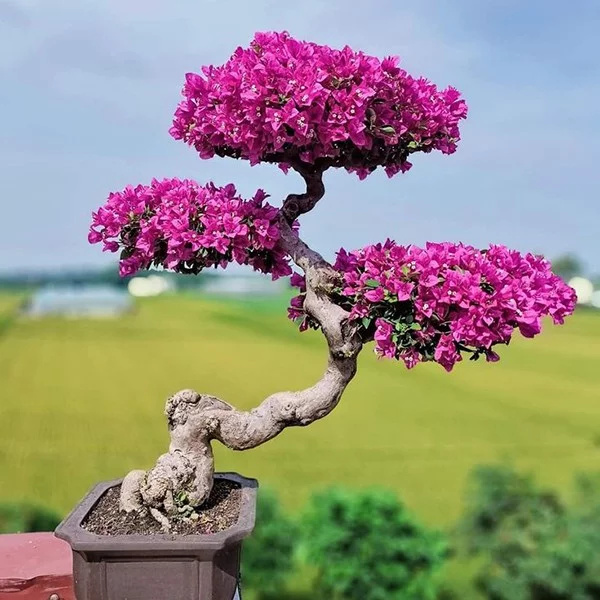
Bougainvillea bonsai captivates with paper-thin, brilliantly colored bracts in shades of magenta, orange, or white. Native to tropical and subtropical climates, this variety thrives in bright light and warm conditions. Its flexible branches allow for artistic shaping, and it quickly develops character through its woody trunk and exposed roots. Bougainvillea is rare in traditional bonsai collections but beloved by those who favor vibrant color and fast growth. It’s ideal for warm-climate enthusiasts seeking a bold, flowering masterpiece.
3. Ginkgo Bonsai (Ginkgo biloba)
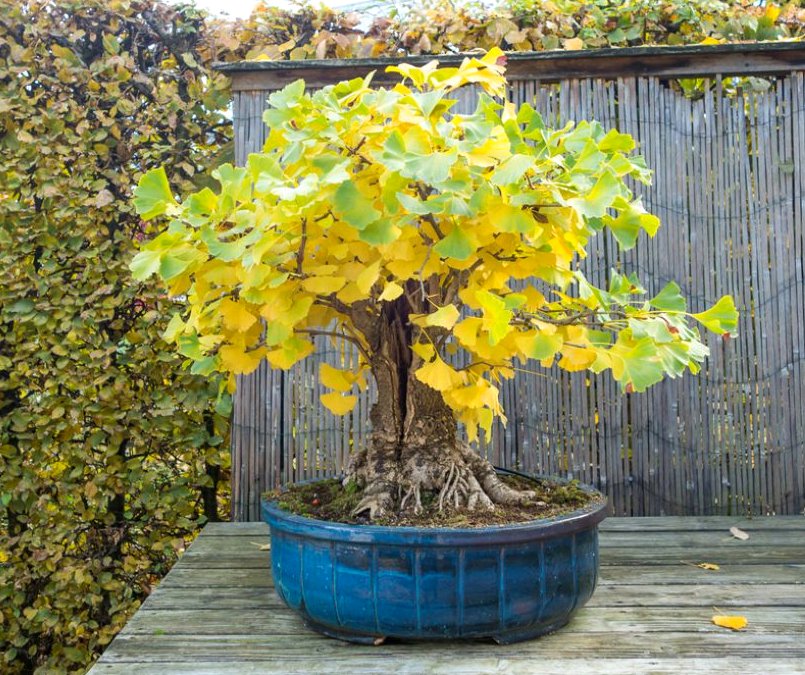
With its distinct fan-shaped leaves and prehistoric lineage, Ginkgo biloba is a botanical treasure. This deciduous tree makes a striking and unusual bonsai, particularly in autumn when its leaves turn golden yellow. Ginkgo is slow-growing and can be challenging to train due to its brittle branches, but its unique aesthetic and resilience make it a favorite among patient bonsai artists. Over time, it develops a stately, aged appearance a living sculpture that evokes timeless elegance.
4. Azalea Bonsai (Rhododendron indicum)
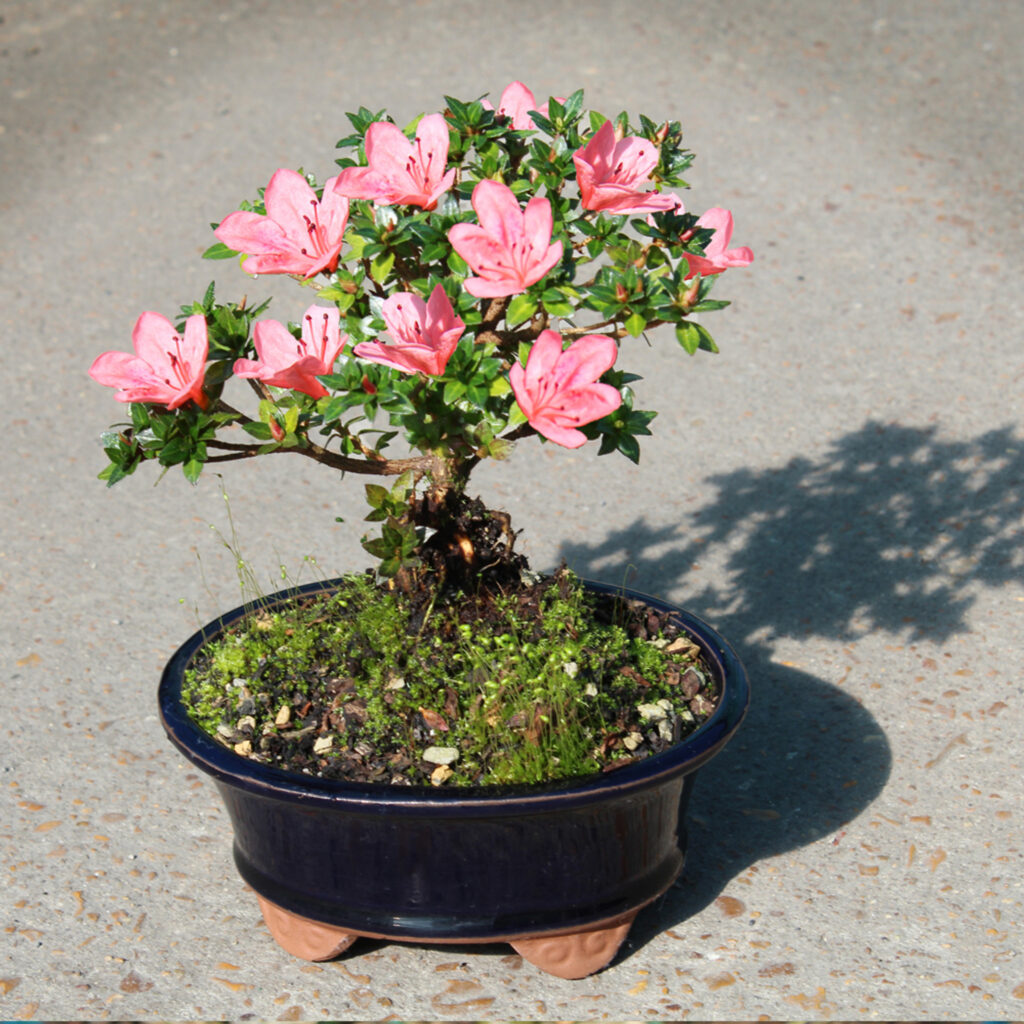
Azalea bonsai, especially the Satsuki variety, is a rare jewel known for its spectacular floral displays in late spring. The blossoms can range from white and pink to vivid red and even bi-colored. What makes this bonsai truly exceptional is its contrast delicate flowers atop a rugged, aged trunk. Azaleas require acidic soil, filtered sunlight, and careful pruning to maintain their shape, but their visual payoff is immense. They’re show-stoppers during bloom season and a delight year-round.
5. Jaboticaba Bonsai (Plinia cauliflora)
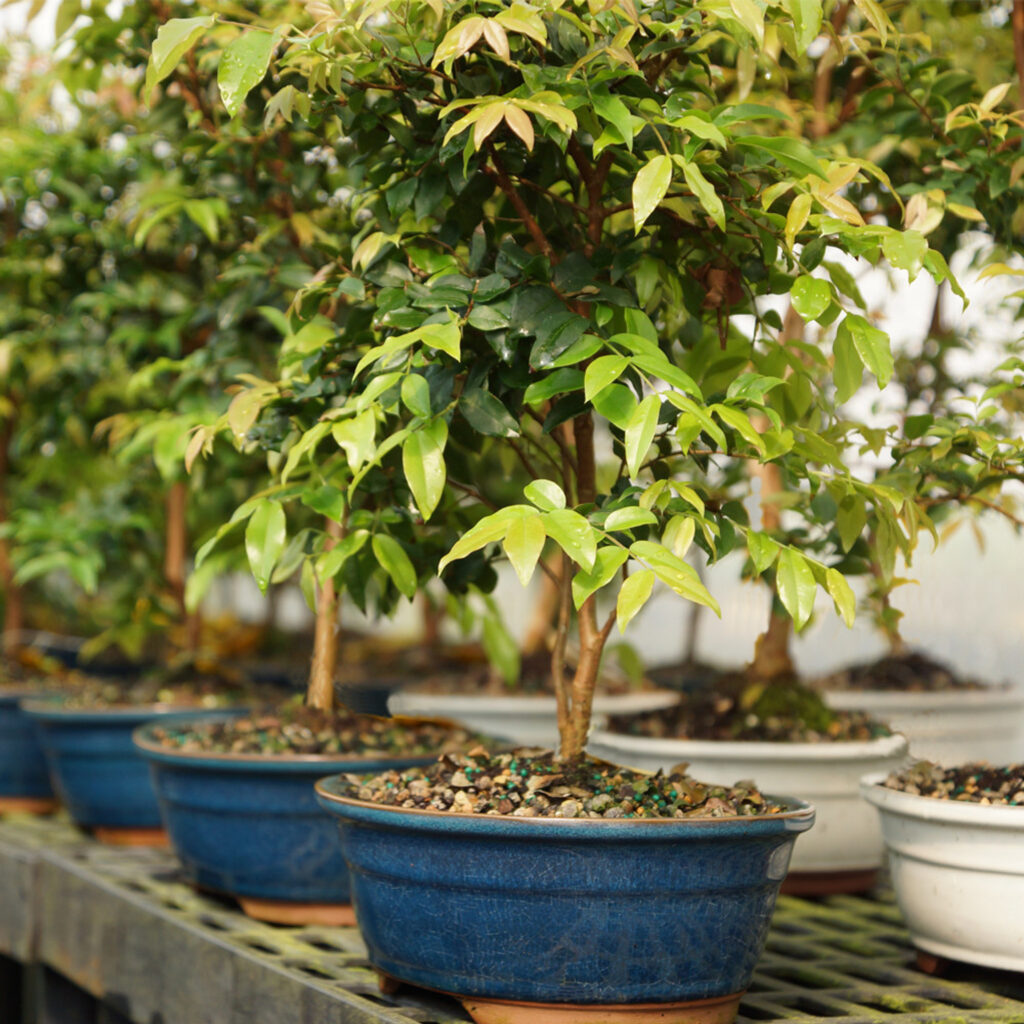
Native to Brazil, the Jaboticaba tree is a rare tropical variety famous for bearing fruit directly on its trunk — a unique feature that’s incredibly striking in bonsai form. Its smooth, mottled bark peels attractively, revealing fresh layers beneath, and the small, glossy leaves lend themselves well to miniaturization. When in bloom, it produces fluffy white flowers followed by grape-like edible fruits. Jaboticaba bonsai is ideal for indoor growers in warm, humid climates and offers year-round interest.
6. Bald Cypress Bonsai (Taxodium distichum)
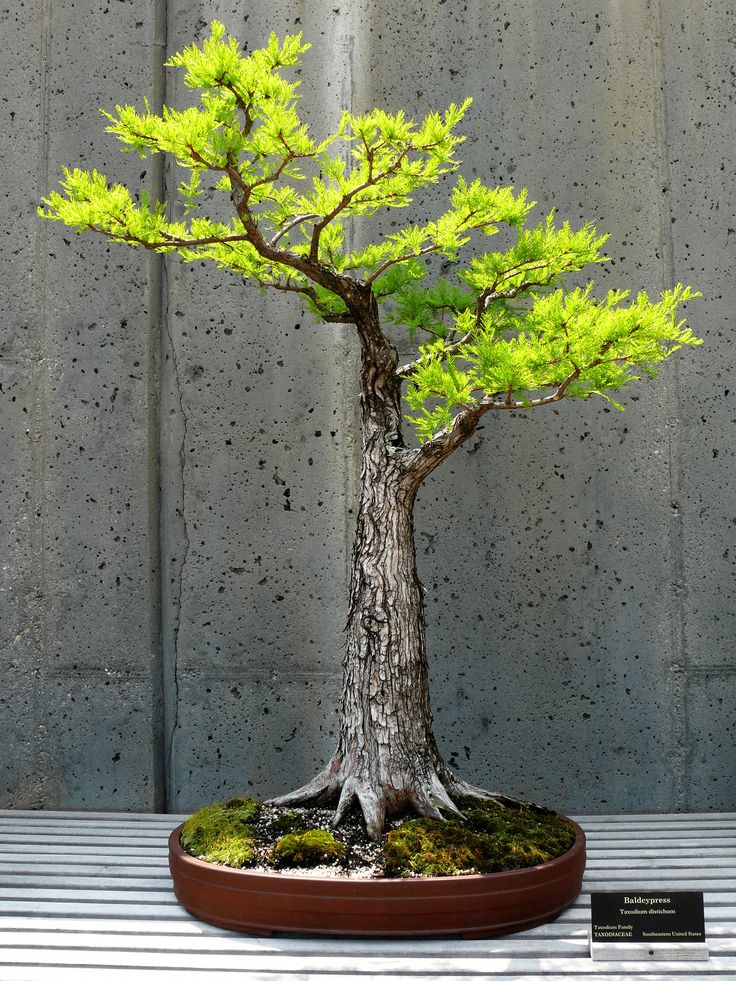
Bald Cypress is a rare and distinctive bonsai species that thrives in wet, swampy environments in the wild making it a unique choice for water-themed or tray landscape bonsai. Its feathery, needle-like leaves turn copper-orange in fall, and its tapered trunk and buttressed roots make it incredibly picturesque. Bald Cypress is deciduous and fast-growing, responding well to shaping techniques like wiring and pruning. Its unusual growth habit and textural foliage make it a standout in any serious collection.
7. Cedar Elm Bonsai (Ulmus crassifolia)
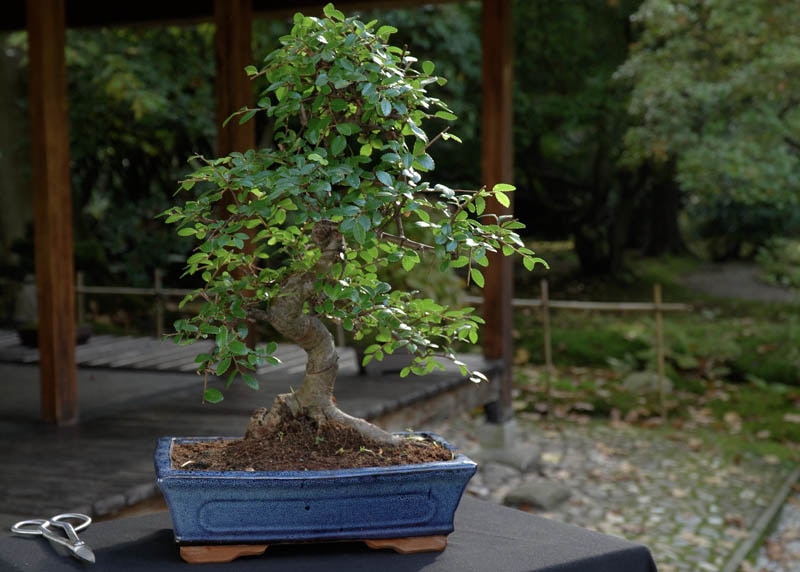
Native to the southern U.S., Cedar Elm is a rugged and adaptable bonsai tree with tiny, serrated leaves and textured bark that develops character quickly. It tolerates a wide range of conditions and responds well to pruning, making it ideal for beginners looking to grow something less common. Unlike many other elms, Cedar Elm has high disease resistance and shows seasonal color in fall. Its fine branching and small leaf size give it excellent proportions for bonsai.
8. Pomegranate Bonsai (Punica granatum ‘Nana’)

Dwarf Pomegranate bonsai is adored for its miniature fruit and fiery orange-red blooms. Native to the Mediterranean, it thrives in warm, sunny spots and brings a vibrant, exotic flair to bonsai collections. The gnarled trunk and fine branches provide dramatic contrast to the jewel-like fruit. Though the fruits are edible, they’re often grown more for ornamental value. With proper care, pomegranate bonsai rewards growers with colorful seasonal changes, from glossy foliage to rich autumn tones and fruit-bearing displays.
9. Olive Bonsai (Olea europaea)
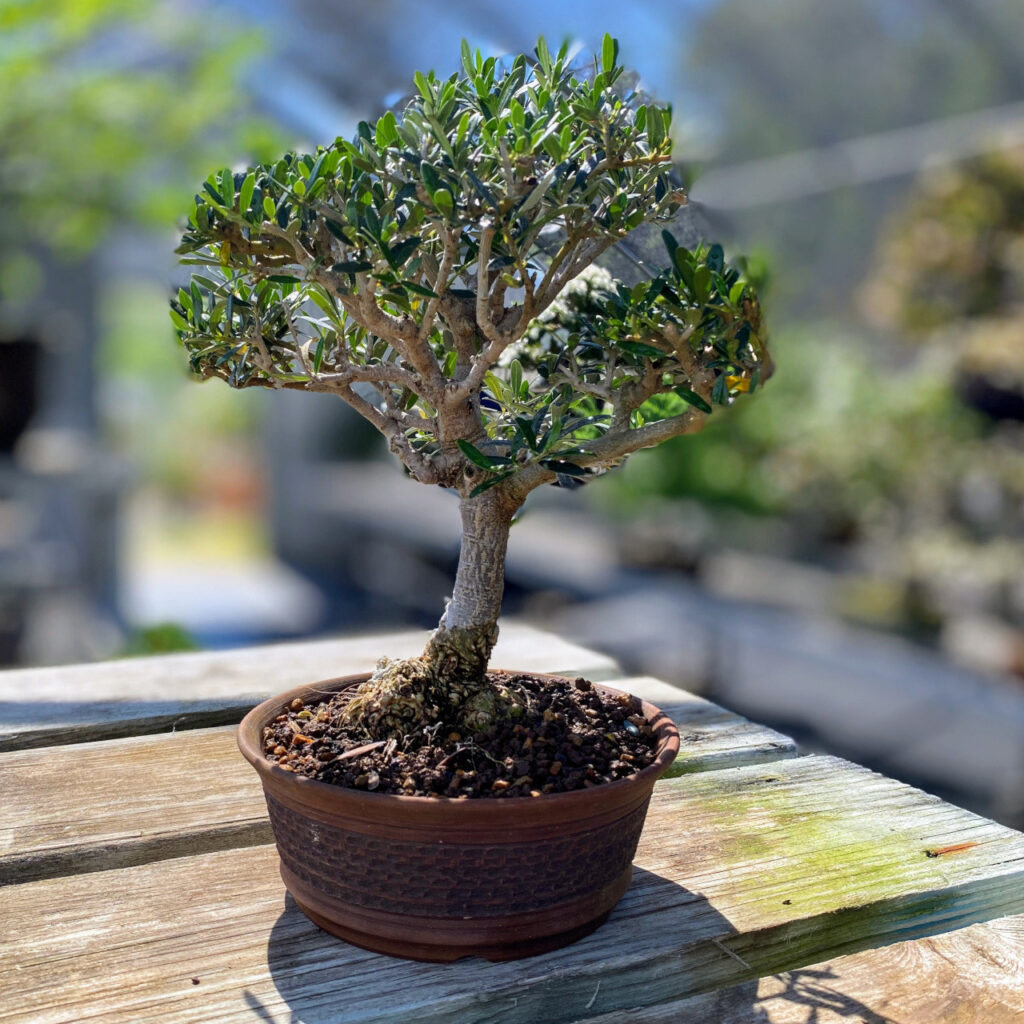
An ancient symbol of peace and wisdom, the Olive tree makes a powerful and rare bonsai. Its silver-green leaves and twisted, aged trunk create a timeless, Mediterranean aesthetic. Olive bonsai grows slowly, but it’s highly tolerant of drought and poor soil, thriving in sunny, dry conditions. With its fine branch structure and naturally rugged appearance, it’s perfect for showcasing age and texture. Though it may fruit in ideal conditions, it’s primarily prized for its serene beauty and symbolic presence.
10. Japanese Stewartia Bonsai (Stewartia pseudocamellia)
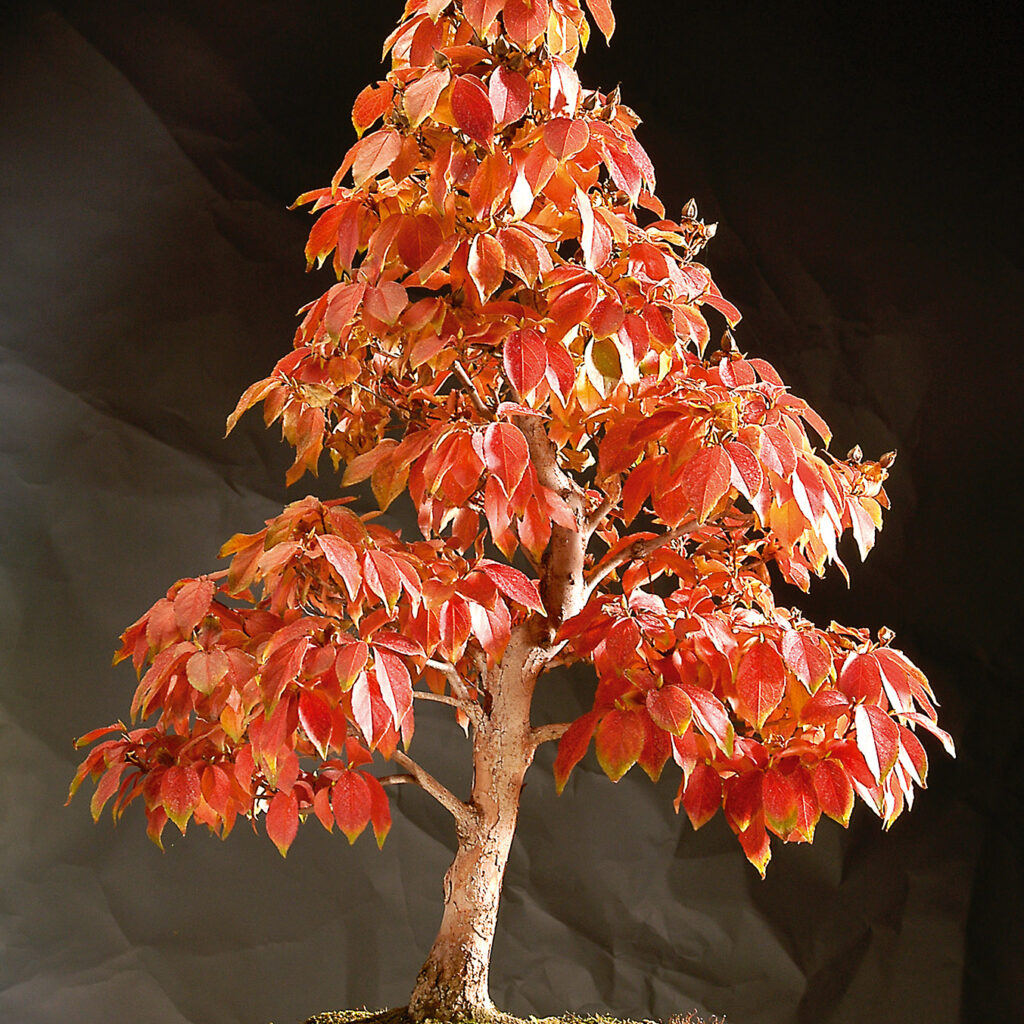
One of the most elegant and underappreciated bonsai varieties, Japanese Stewartia stuns with camellia-like white flowers, exfoliating bark that reveals mottled orange and gray patterns, and fiery red-orange fall foliage. It’s a deciduous tree that offers interest in every season, though it requires careful moisture management and prefers cooler climates. Stewartia is slow-growing and best suited to experienced bonsai practitioners. Its grace, seasonal beauty, and rarity make it a prized specimen for collectors looking to expand their artistic horizons.

